
This edition estimates the scale of nature-negative finance flows from both public and private sector sources globally. Despite government commitments, environmentally harmful subsidies have surged by 55% to reach US$1.7 trillion. The combined impact of public and private nature negative finance flows is enormously destructive and undermines potential increases in finance for NbS. Concurrently, NbS remain severly underfunded, with current flows at US$200 billion—merely a third of the necessary levels to achieve climate, biodiversity, and land degradation targets by 2030.
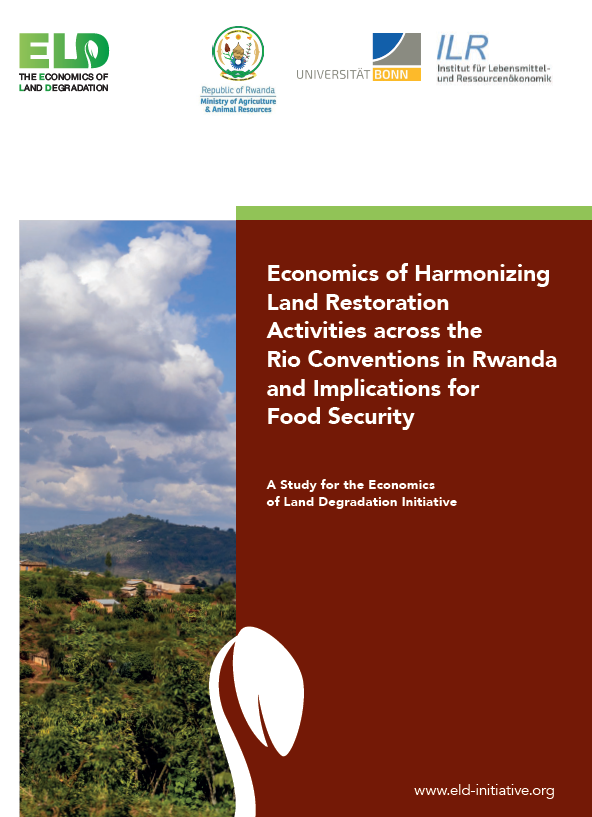
This study in Rwanda evaluates the potential for synergies from joint programming and implementation of land restoration activities under the Rio Conventions. Collaboration between the three Rio Conventions - the United Nations Convention to Combat Desertification (UNCCD), the Convention on Biological Diversity (CBD), and the United Nations Framework Convention on Climate Change (UNFCCC) - on land restoration is essential to achieve the goals of land degradation neutrality, biodiversity conservation, mitigating and adapting to climate change, and more broadly, achieving the Sustainable Development Goals. The Total Economic Value framework approach is used for the valuation of ecosystem services and applies simulation modelling of transaction costs to identify synergies across land restoration activities. The study aims to provide policy-relevant evidence on opportunities for maximizing effectiveness, efficiency, and socio-economic impact from land restoration in Rwanda, with a particular emphasis on food security.
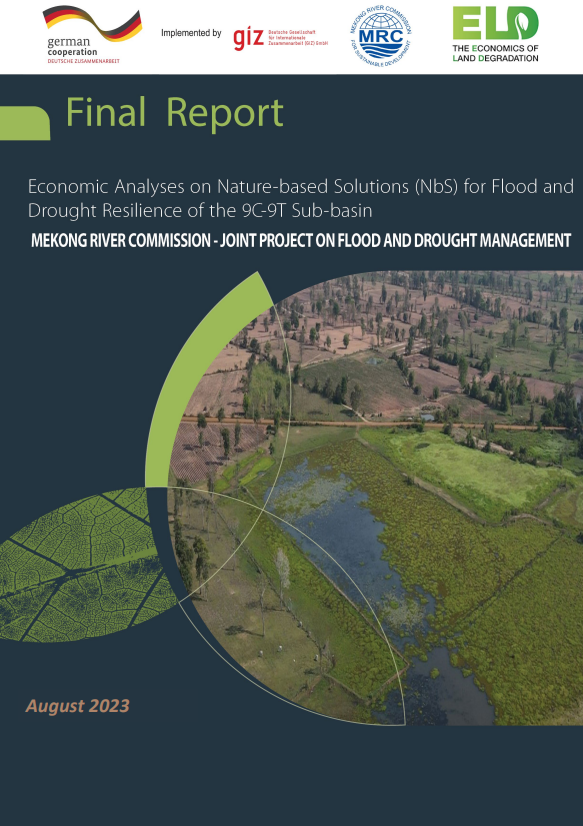
The 9C-9T sub-basin of the Mekong River is highly degraded. Over the past two decades the basin has seen significant socio-economic change with increased urbanisation, agricultural expansion and intensification, and unsustainable use of forest resources. Cambodia and Thailand established a partnership in order to improve joint planning and implementation in the sub-basin, aimed at enhancing resilience to floods and droughts. Nature-based Solutions in the basin have been developed as part of the planning process for addressing the challenges posed by floods and droughts. This assessment of the economic performance of NbS and hybrid measures has been commissioned to demonstrate the economic case for investment in NbS approaches.
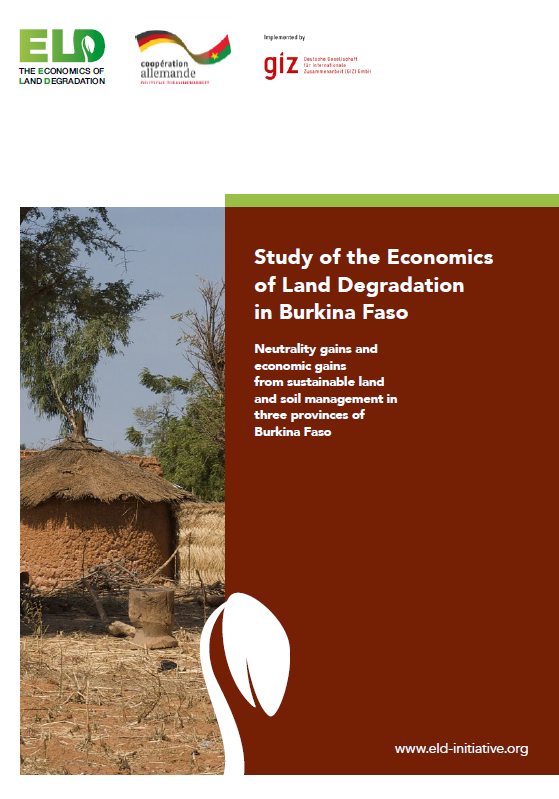
This study evaluates ecosystem services resulting from developing 60,000 ha in three provinces between 1988 and 2004 via the PATECORE project, assessing their impact on food security. It highlights priority services, estimates their non-market value through a producer survey, and conducts a cost-benefit analysis considering cereal gains and investments. The total economic value is calculated by aggregating these values and comparing to a situation without development. The average annual gain per hectare indicates the minimum annual benefit, representing the (minimum) avoided degradation cost.
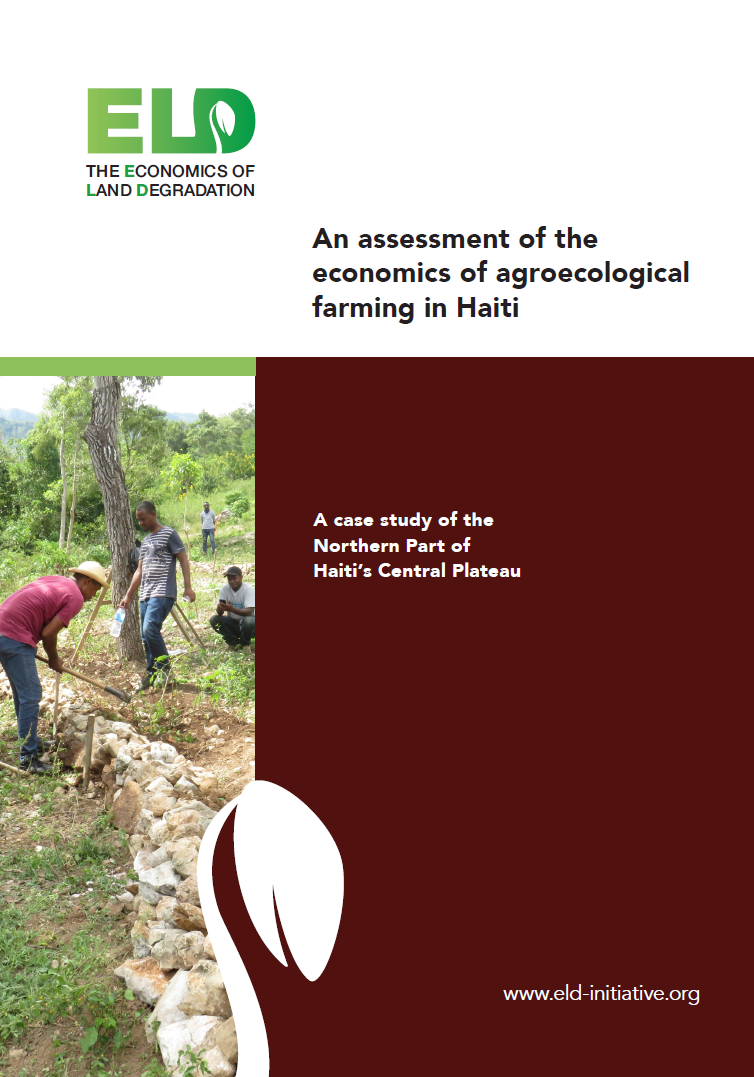
The study presents a comparative economic analysis of agroecological and conventional farming systems in the Northern Plateau of Haiti and highlights how government and non-governmental organisations can support farmers in transitioning to sustainable food production. These are relevant and timely findings in the light of one of the worst hunger crises that the country has known. The study was conducted in cooperation with PDL, Groundswell International and Altus Impact.
The second edition of the State of Finance #ForNature report reveals that nature-based solutions are still significantly under-financed. If the world wants to halt biodiversity loss, limit climate change to below 1.5C and achieve land degradation neutrality by 2030, current finance flows to NbS must urgently double by 2025 and triple by 2030. Delayed action is not an option in the face of the devastating effects of climate change, the extinction crisis, and severe land degradation globally.
Learn more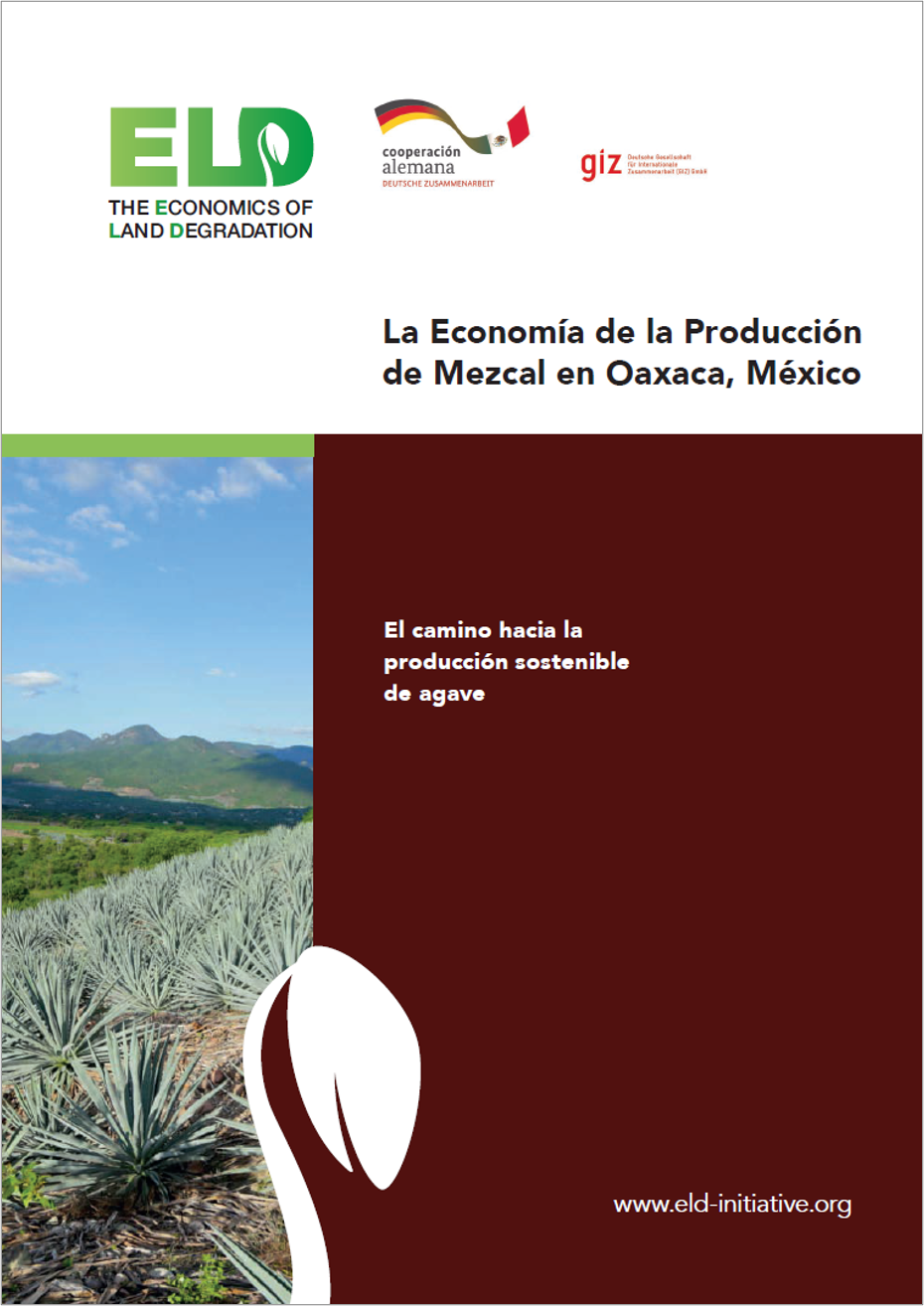
The report in Oaxaca, Mexico performs an economic valuation of the ecosystem services related to agave production for mezcal, evaluating the economic potential of applying a sustainability strategy to agave-mezcal production. The objective is to enable decision-makers to create the conditions for translating this economic potential into real wealth, so as to benefit the producers and actors in the value chain, achieve food security and mitigate the effects of climate change.
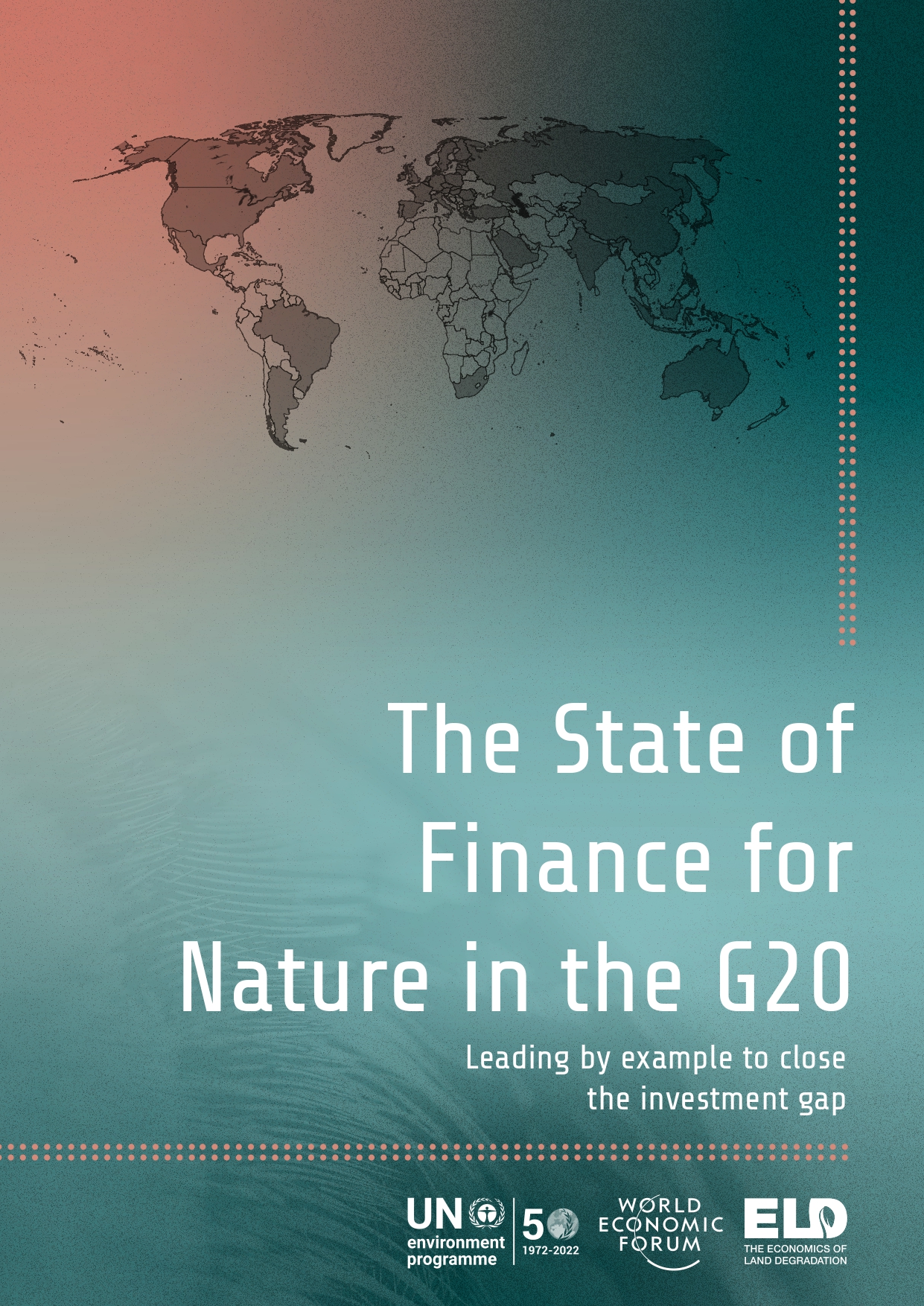
The State of Finance #ForNature in the G20 report presents the results of a global analysis which tracks investment flows into nature-based solutions and identifies future investments needed to meet the biodiversity, climate, and land restoration targets. The report urges governments, financial institutions, and businesses to overcome this investment gap by placing nature at the heart of economic decision-making in the future.
Learn more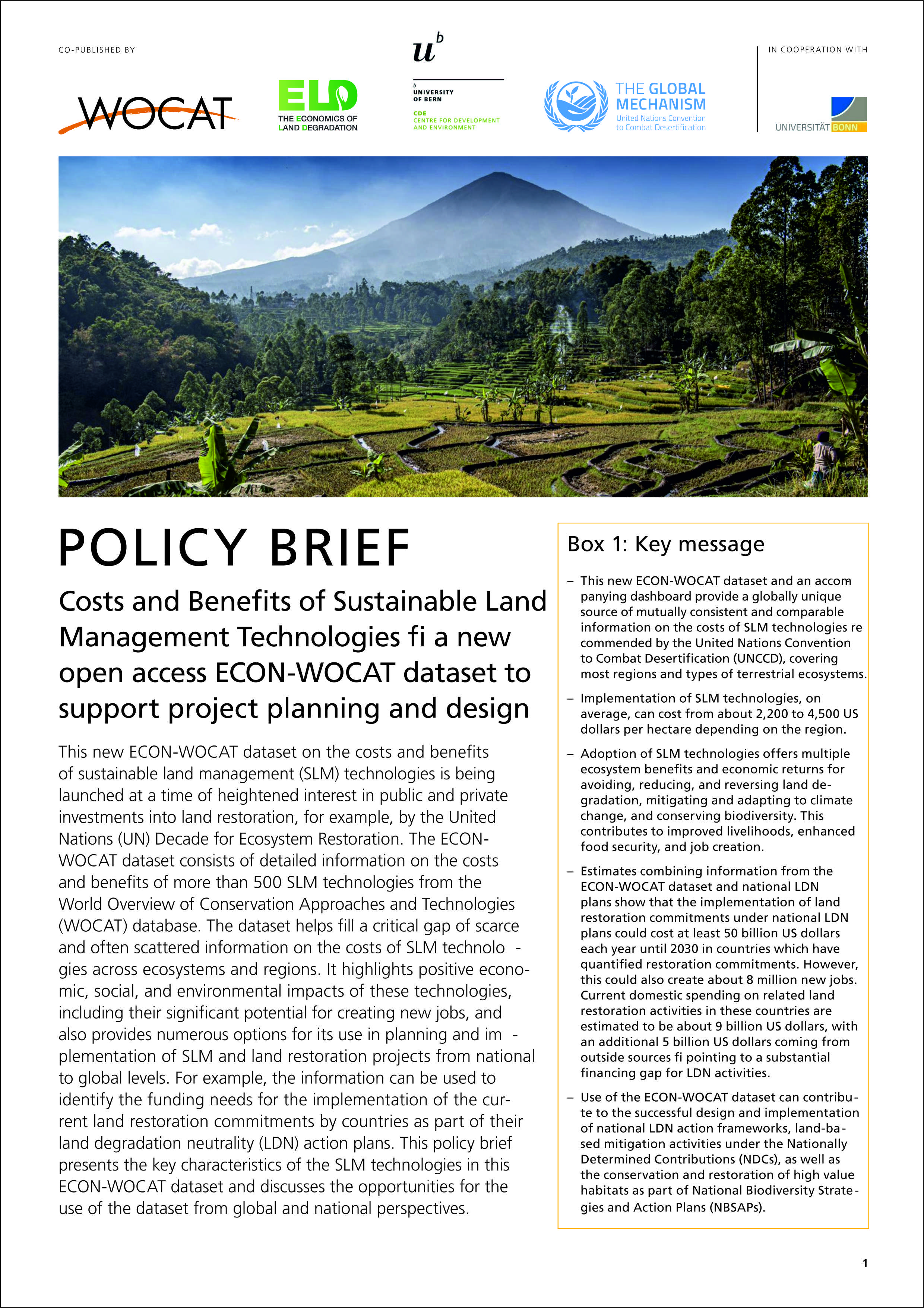
The new ECON-WOCAT dataset on the costs and benefits of sustainable land management (SLM) technologies is being launched at a time of heightened interest in public and private investments into land restoration, for example, by the United Nations (UN) Decade for Ecosystem Restoration. The ECON-WOCAT dataset consists of detailed information on the costs and benefits of more than 500 SLM technologies from the World Overview of Conservation Approaches and Technologies (WOCAT) database. The dataset helps fill a critical gap of scarce and often scattered information on the costs of SLM technologies across ecosystems and regions. It highlights the positive economic, social, and environmental impacts of these technologies, including their significant potential for creating new jobs, and also provides numerous options for its use in the planning and implementation of SLM and land restoration projects from national to global levels. For example, the information can be used to identify the funding needs for the implementation of the current land restoration commitments by countries as part of their land degradation neutrality (LDN) action plans. Access the ECON-WOCAT dataset and accompanying products.
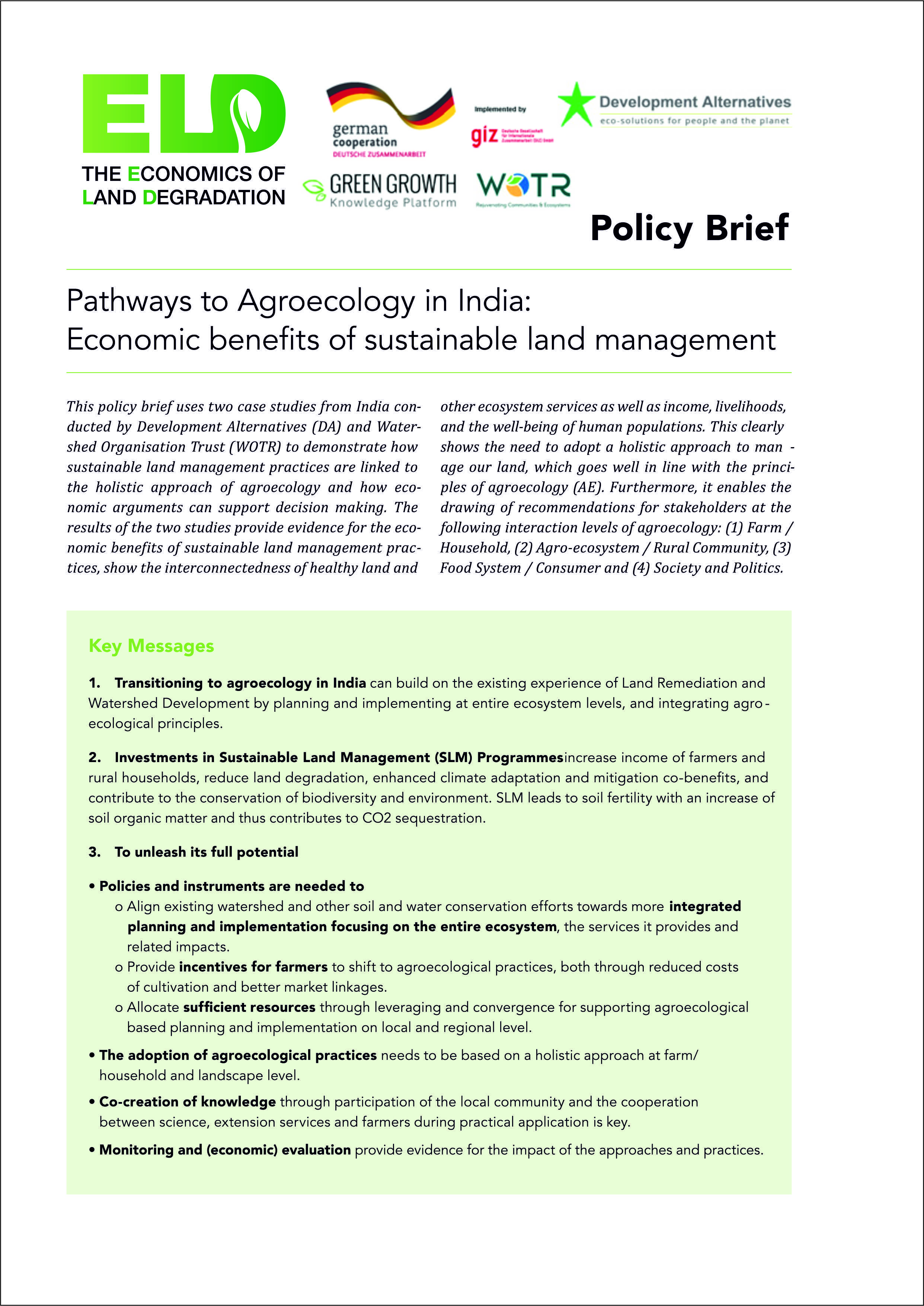
This policy brief uses two case studies from India conducted by Development Alternatives (DA) and Watershed Organisation Trust (WOTR) to demonstrate how sustainable land management practices are linked to the holistic approach of agroecology and how economic arguments can support decision-making.
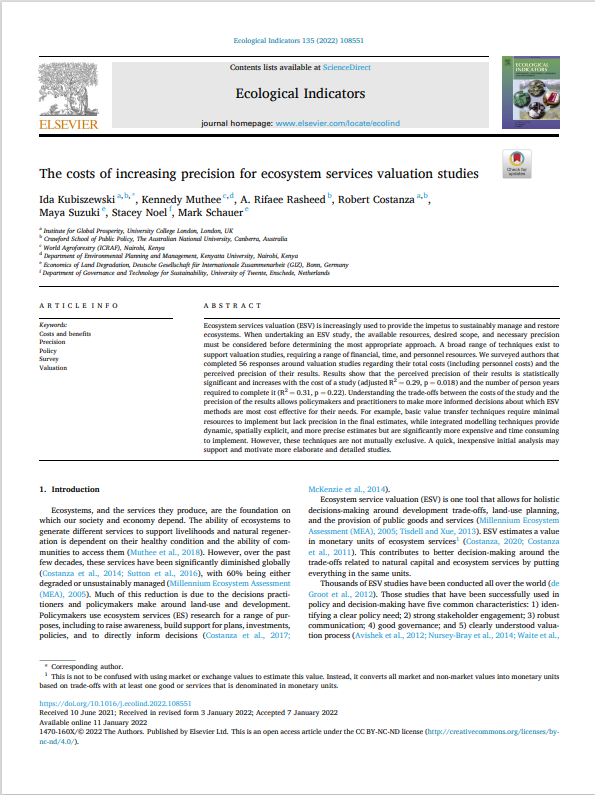
Ecosystem services valuation (ESV) is increasingly used to provide the impetus to sustainably manage and restore ecosystems. When undertaking an ESV study, the available resources, desired scope, and necessary precision must be considered before determining the most appropriate approach. A broad range of techniques exist to support valuation studies, requiring a range of financial, time, and personnel resources. We surveyed authors that completed 56 responses around valuation studies regarding their total costs (including personnel costs) and the perceived precision of their results.
Ida Kubiszewski, Kennedy Muthee, A. Rifaee Rasheed, Robert Costanza, Maya Suzuki, Stacey Noel, Mark Schauer, The costs of increasing precision for ecosystem services valuation studies, Ecological Indicators, Volume 135, 2022, 108551, ISSN 1470-160X,
doi.org/10.1016/j.ecolind.2022.108551.
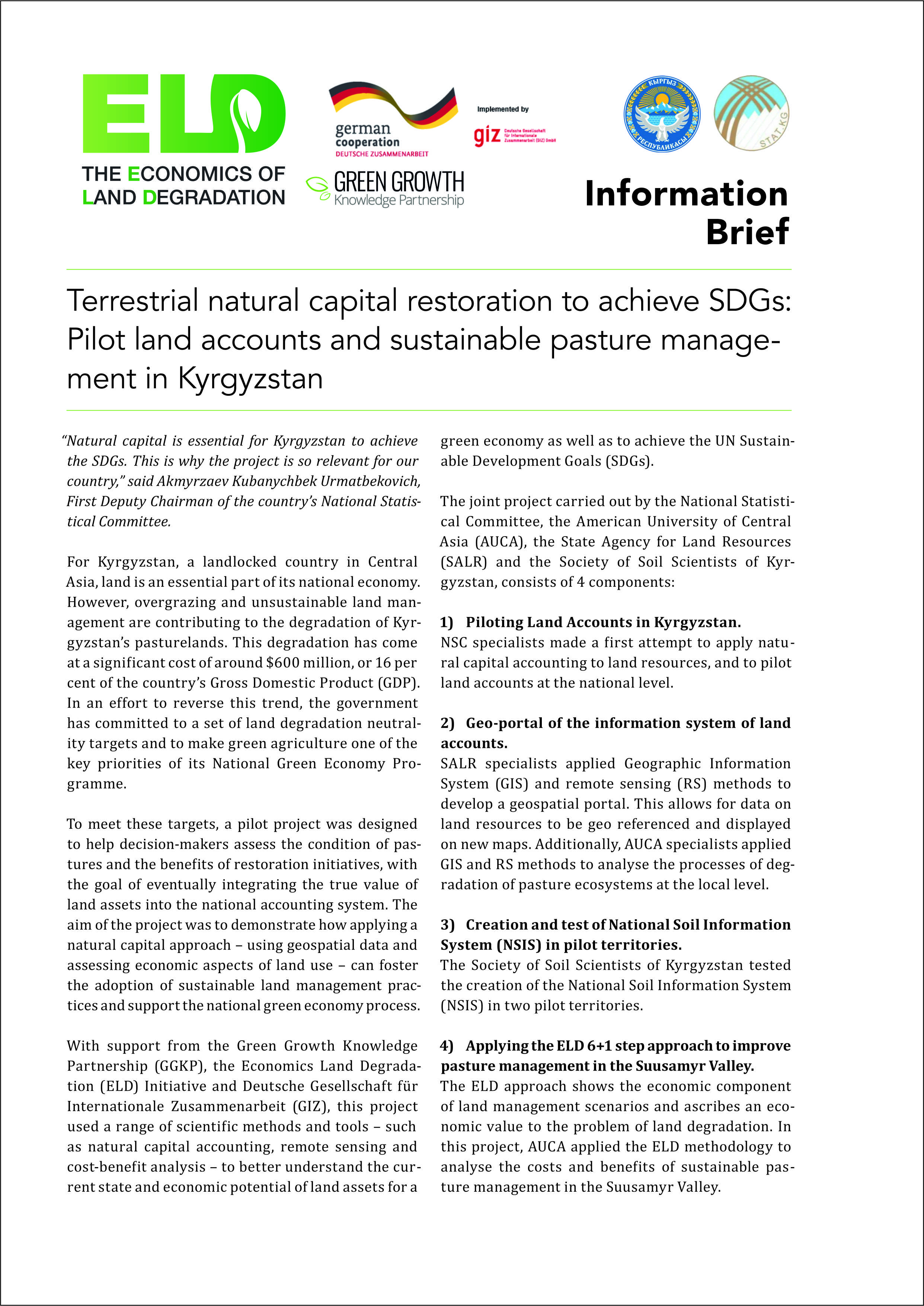
This information brief summarises the results of a project designed to help decision-makers assess the condition of pastures and the benefits of restoration initiatives in Kyrgyzstan, with the goal of eventually integrating the true value of land assets into the national accounting system.
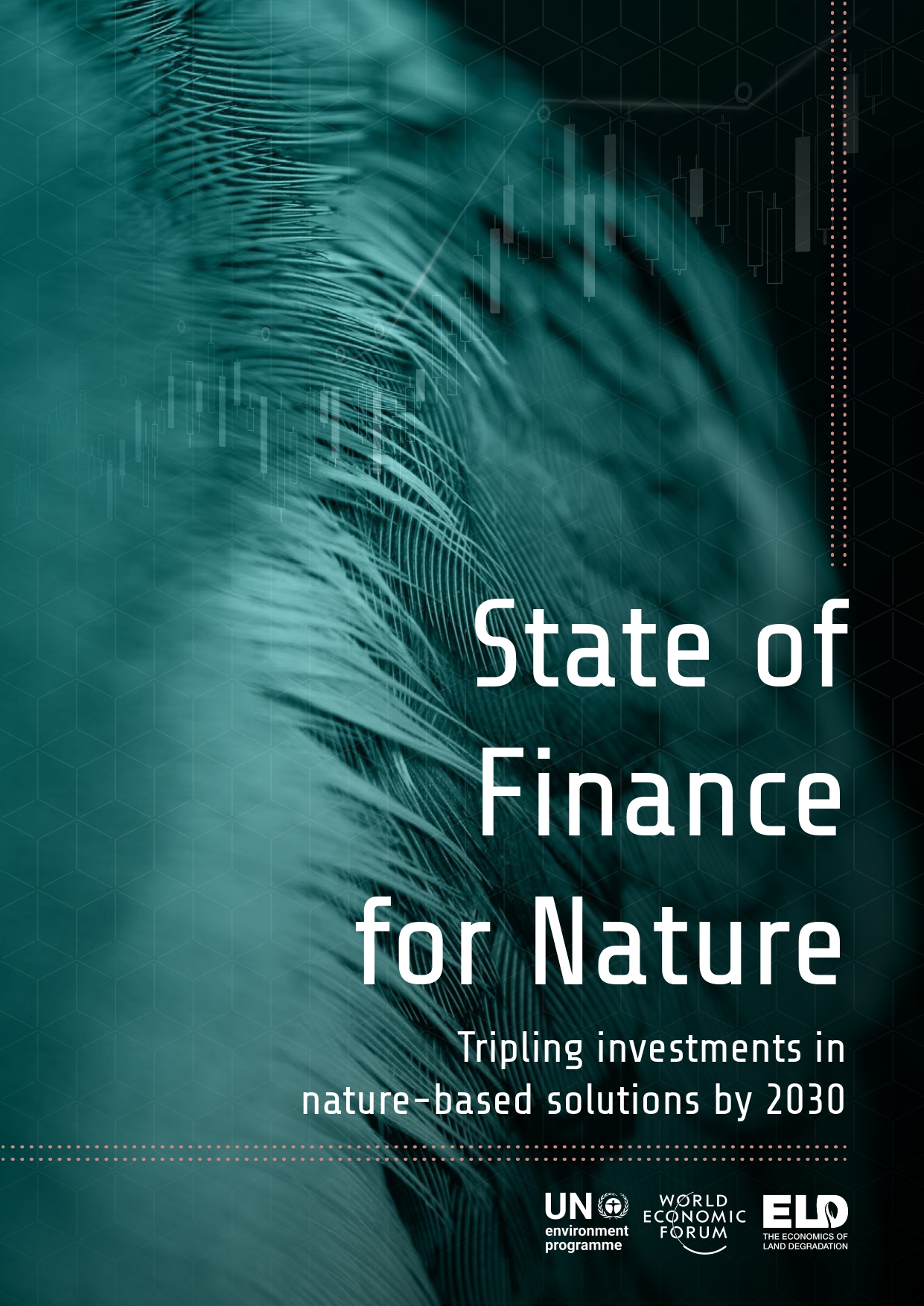
The State of Finance #ForNature report presents the results of a global analysis which tracks investment flows into nature-based solutions and identifies future investments needed to meet the biodiversity, climate, and land restoration targets. The report urges governments, financial institutions, and businesses to overcome this investment gap by placing nature at the heart of economic decision-making in the future.
Learn more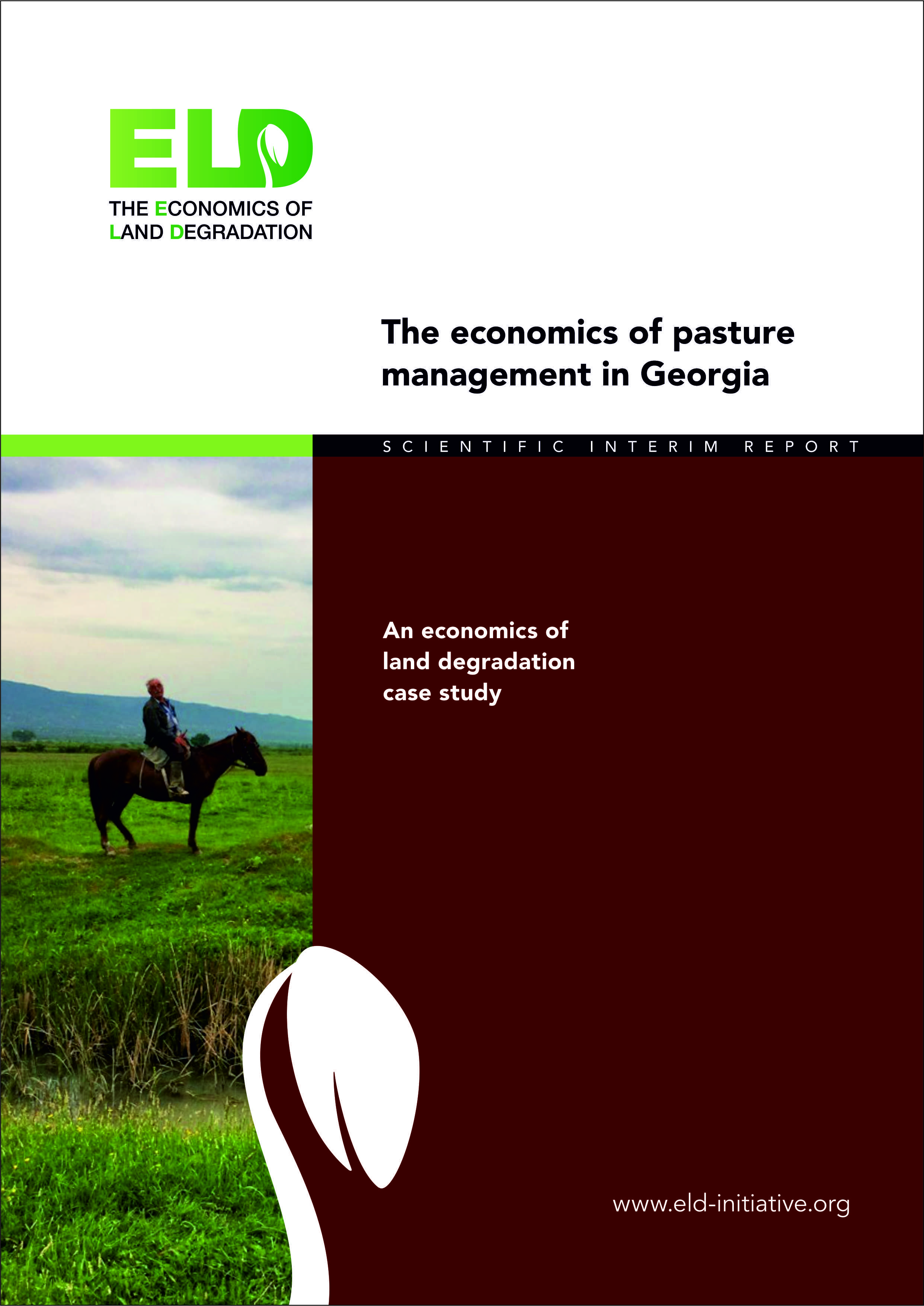
Longer heat waves, stronger winds, and increasing demand for pasture land have had negative impacts on winter pastures, resulting in reduced biological productivity in the Kakheti region of Georgia. This compromised food and water security, and pastoral livelihoods. Three sustainable pastureland strategies are analyzed in this case study focusing on economic consequences on pastoral households, and the impact on land productivity. Potential scenarios covered resident pasture users (on village pasture), and small, medium and large migratory herders.
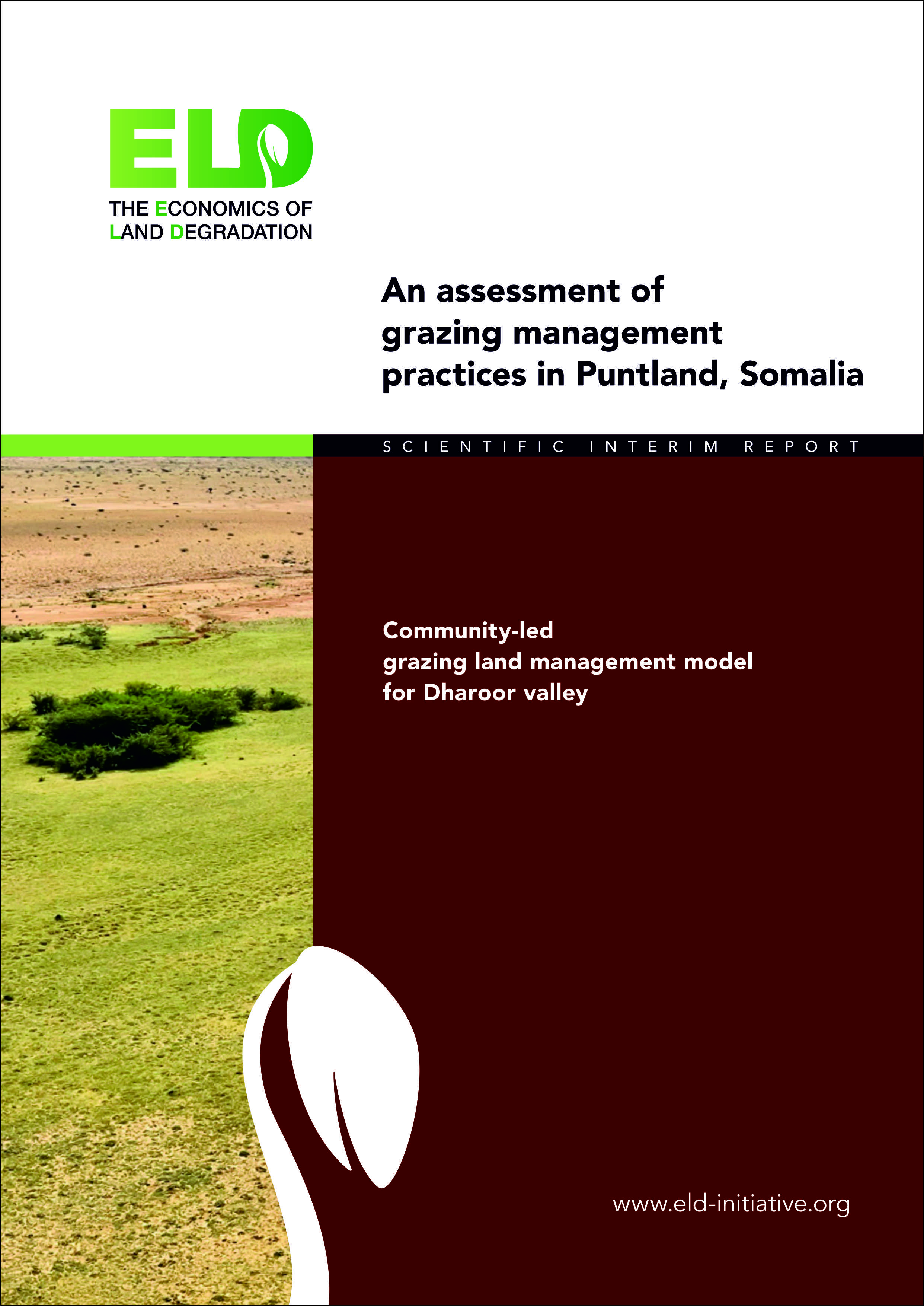
This scientific interim report uses the ELD methodology to assess the effects of land degradation on the livelihoods of pastoral communities in the Puntland region of Somalia. The study aims to strengthen the capacities of research and government institutions through training and mentoring on environmental valuation methods, so local decision-makers can draw upon recommendations based on sound economic evidence.
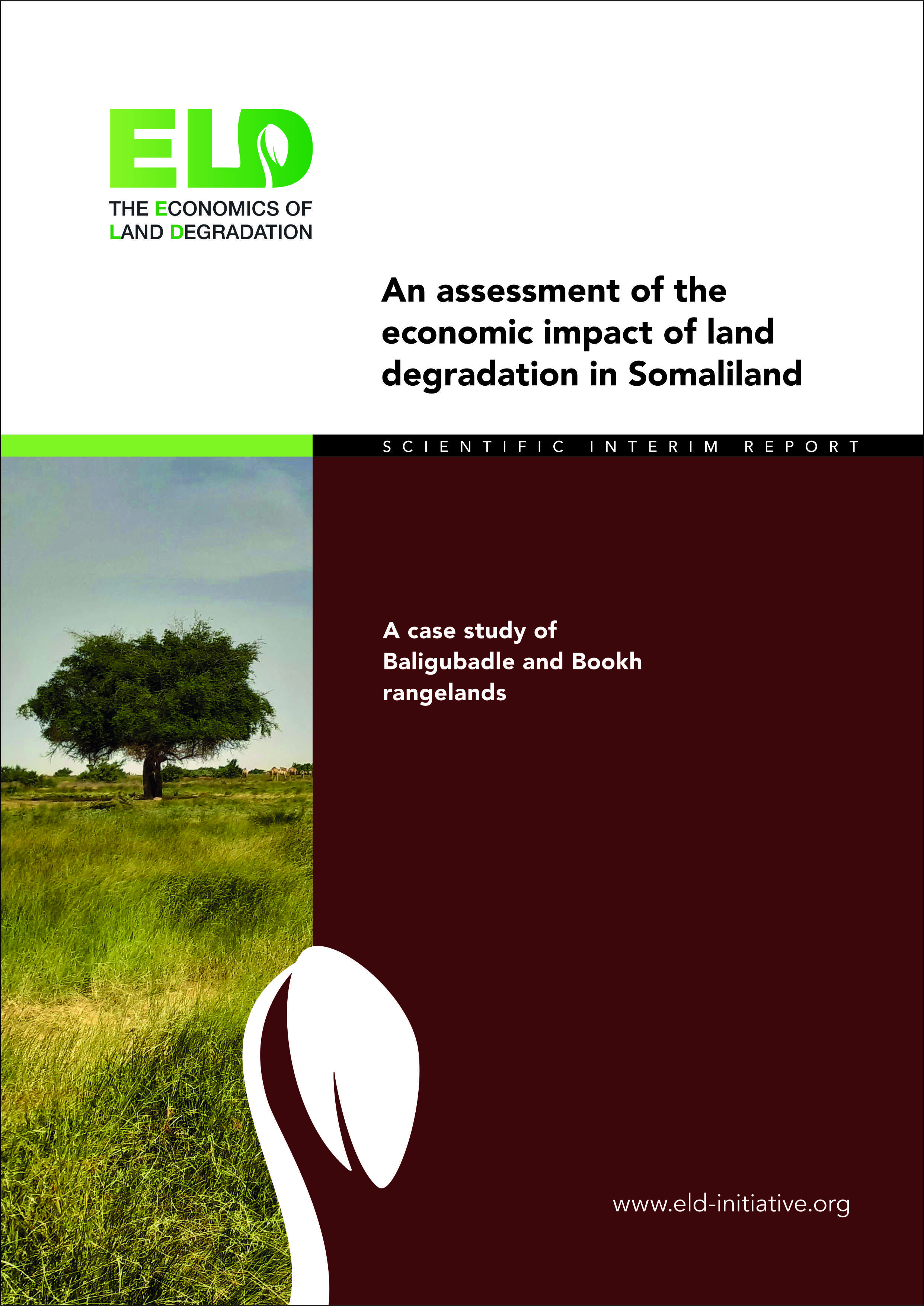
This report conducts an assessment of the economic impact of land degradation in the case study areas of Baligubadle and Bookh rangelands.
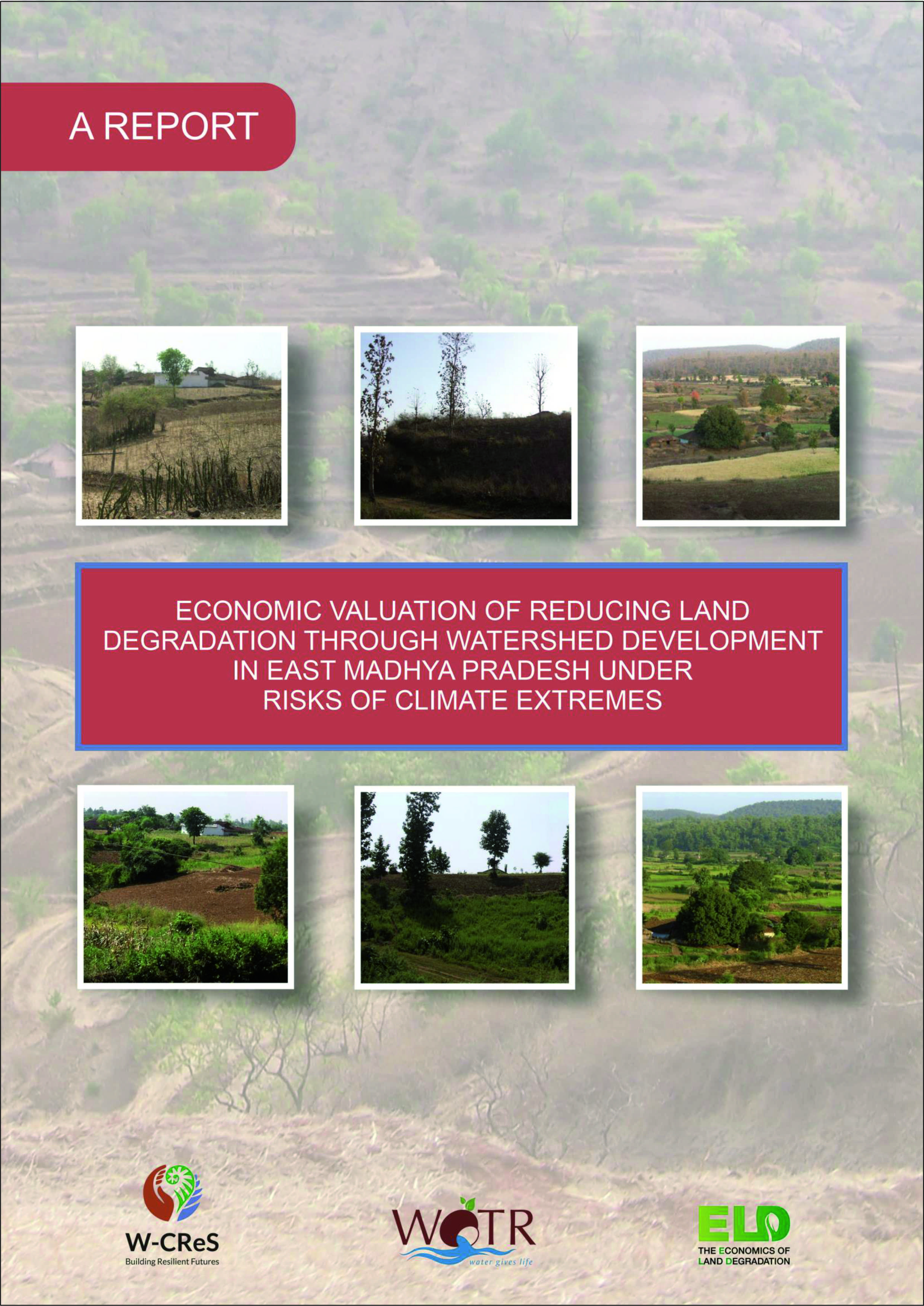
This study conducted jointly with the Watershed Organisation Trust (WOTR) seeks to assess the economic and environmental benefits of reducing land degradation through sustainable land management practices such as watershed development in eastern Madhya Pradesh and in the context of climate change.
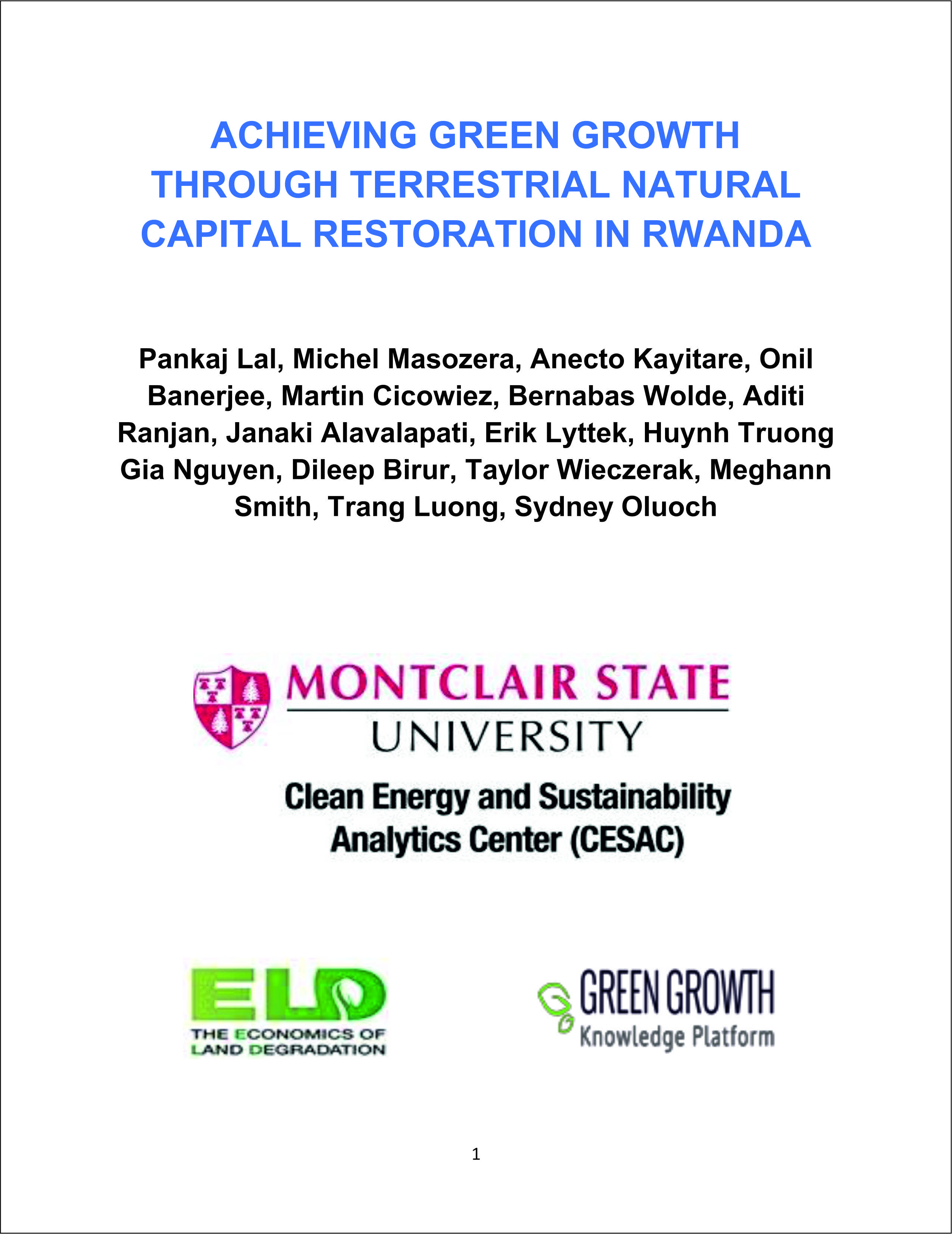
Given the critical role that natural capital and ecosystem services play in maintaining biodiversity, enabling green growth, and achieving the SDGs, the Green Growth Knowledge Partnership (GGKP) and the Economics of Land Degradation (ELD) Initiative joined forces. GGKP and ELD's first case study on natural capital restoration was conducted in Rwanda by a team of experts led by Montclair State University. This study aims to highlight the critical role of natural capital in macro-economic outputs, facilitate improved decision-making in green growth policies, and achieve national SDG targets. Through integrated and innovative methods, the study explores five policy scenarios on the sustainable use of land and green growth. The results help to understand how land degradation due to erosion can affect not only economic indicators such as GDP, poverty reduction, genuine savings, and unemployment, but also land assets, land use changes, ecosystem service supply, and terrestrial natural capital.
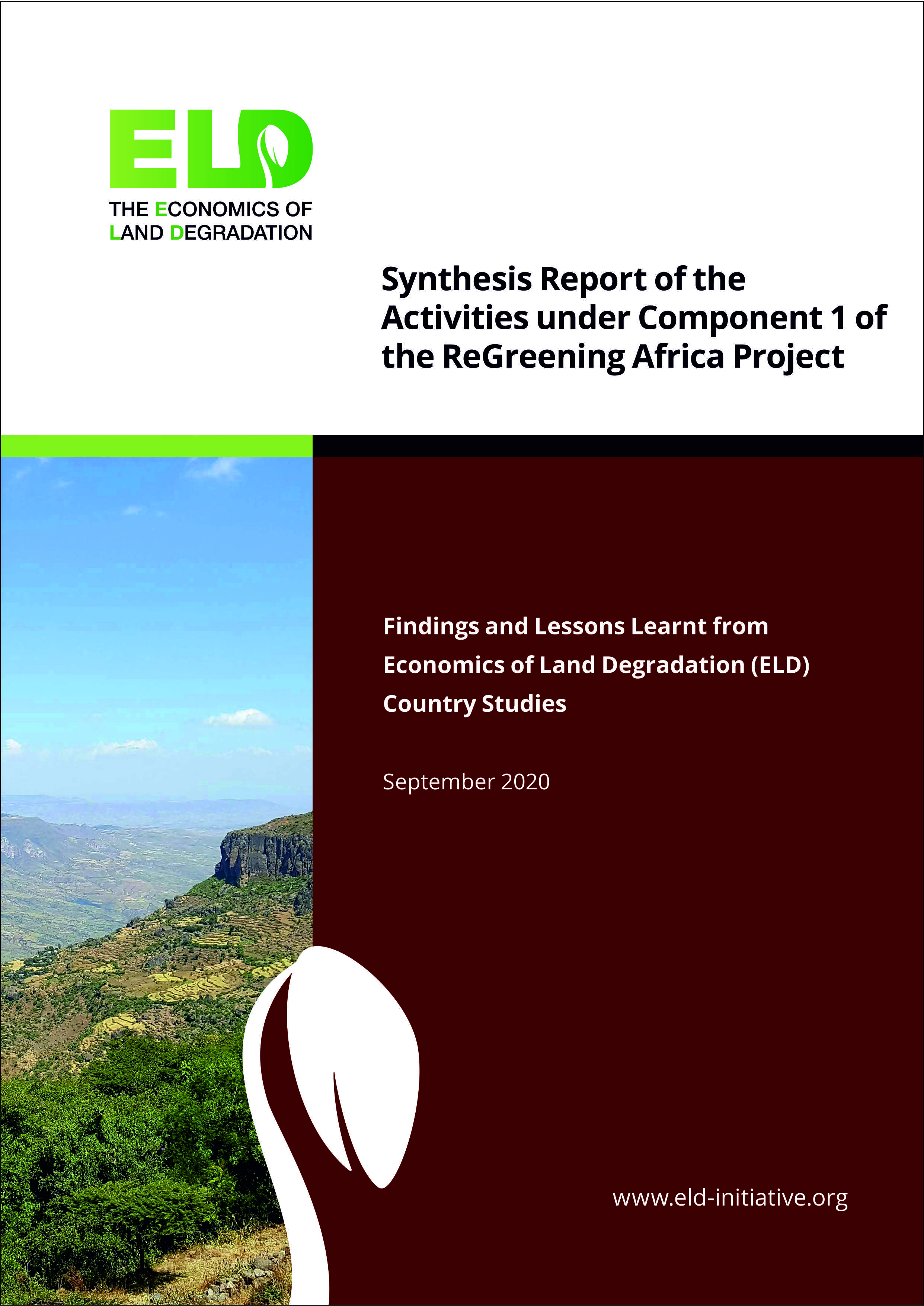
This report details the findings and lessons learned from the ELD country studies conducted under component 1 of the Regreening Africa Project.
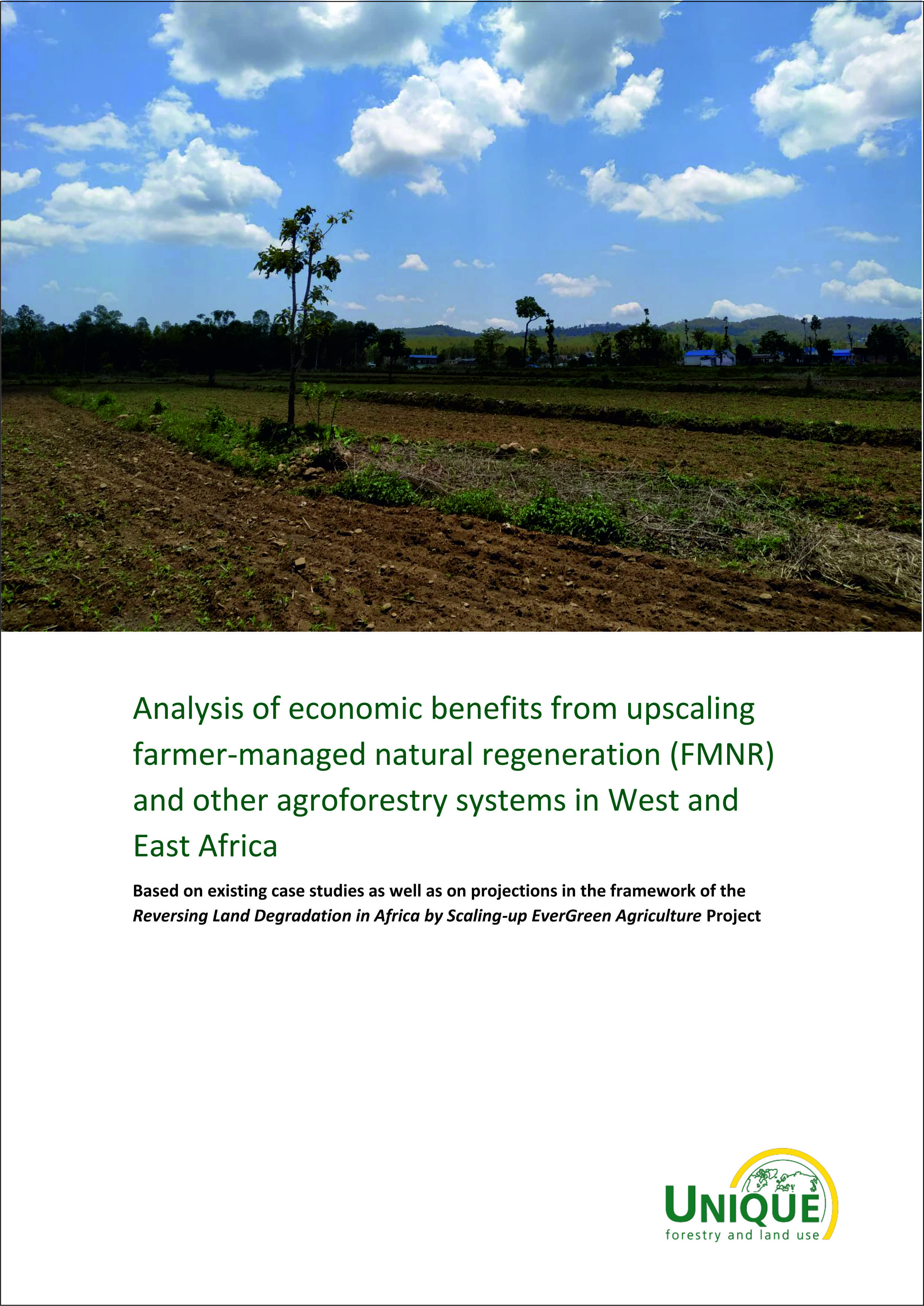
This report summarises the trends in deforestation in the target countries, compiles an overview from the literature of sustainable land management (SLM) practices suitable for agricultural and drylands across the target countries, and presents an economic meta-analysis of FMNR based on three (ELD) case studies.
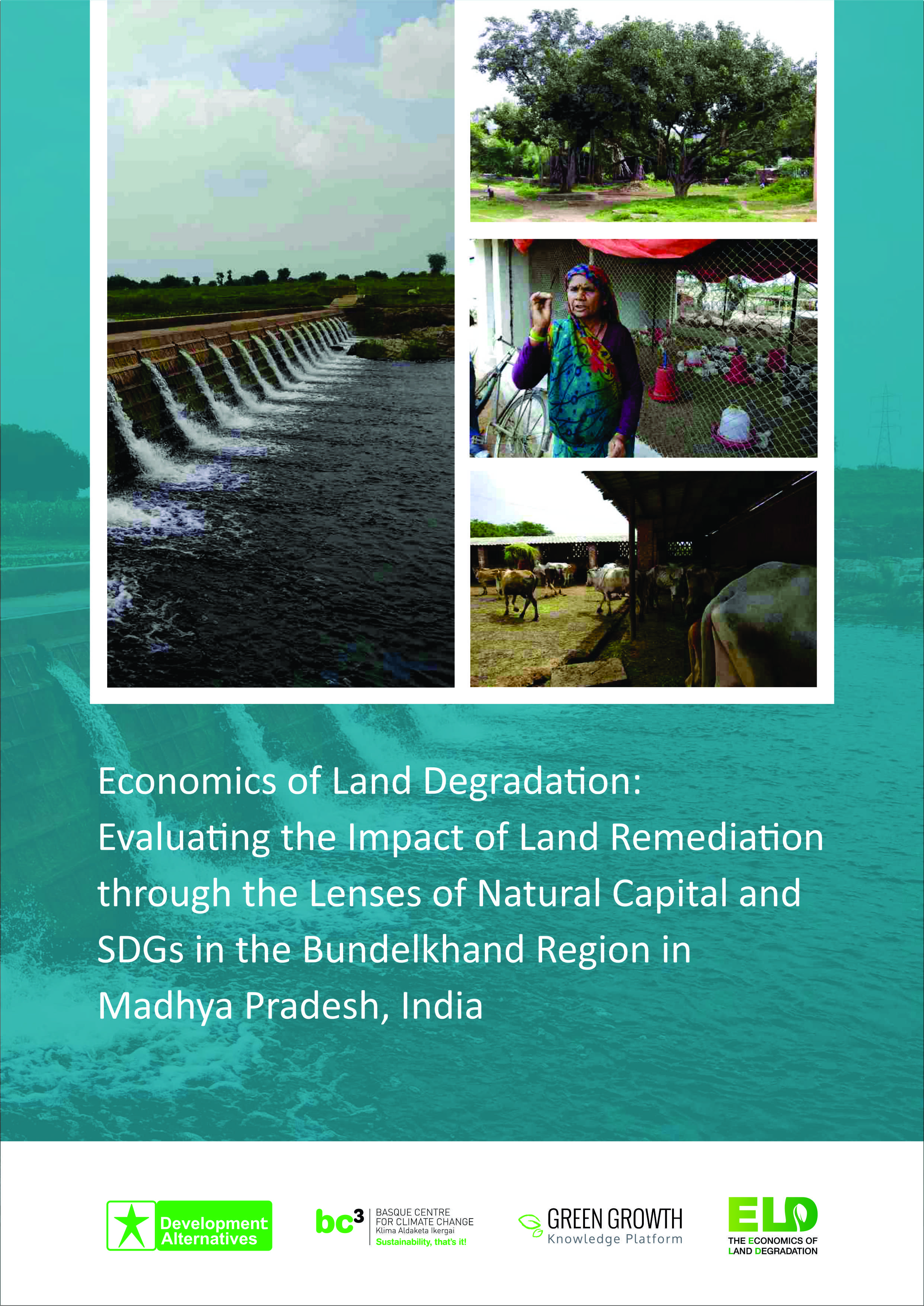
This study conducted jointly with Development Alternative (DA) seeks to assess the economic and environmental benefits of land remediation in Bundelkhand situated in the state of Madhya Pradesh and Uttar Pradesh.
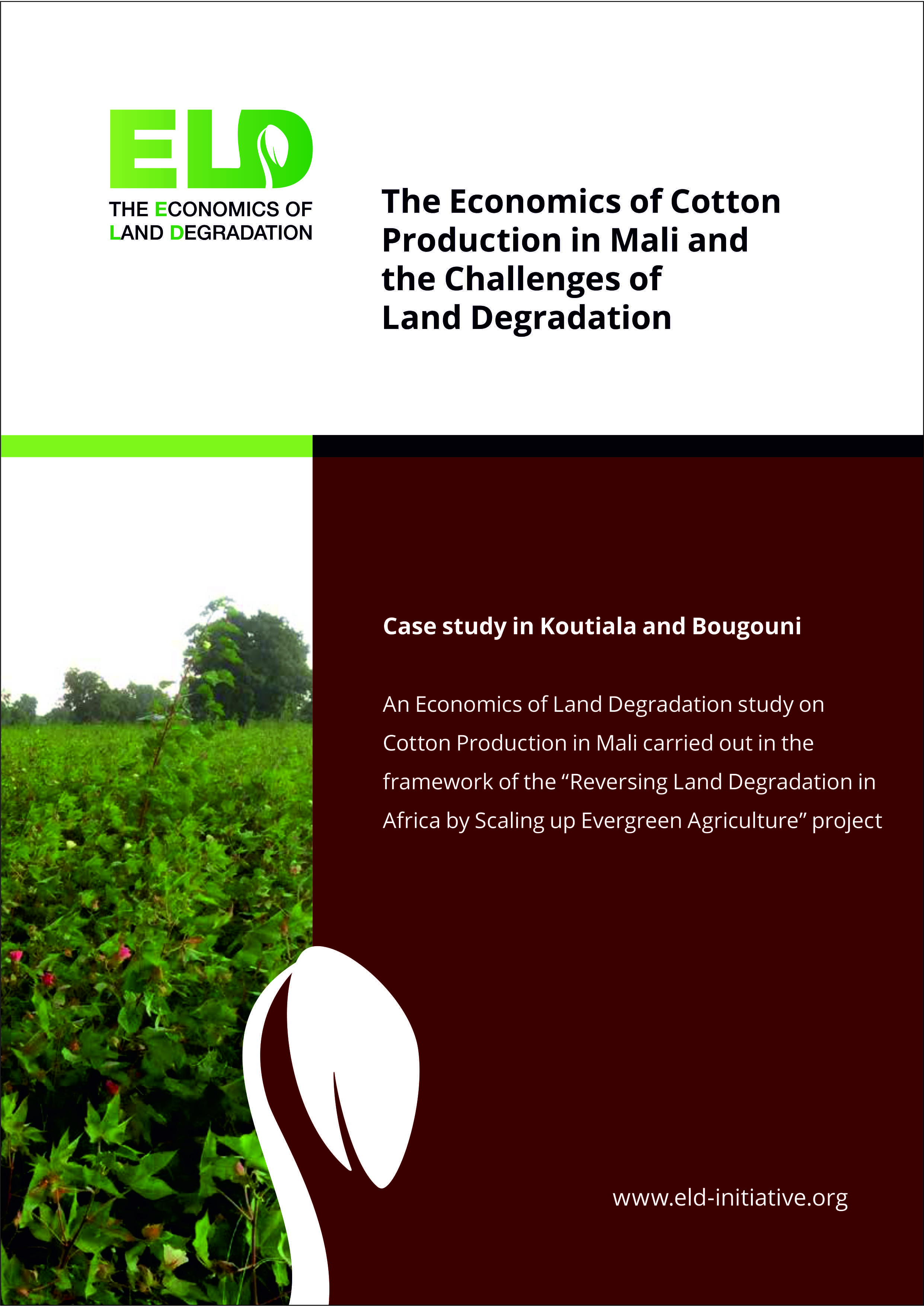
This study compares the economics of conventional and organic cotton production in the Koutiala and Bougouni counties in Mali.
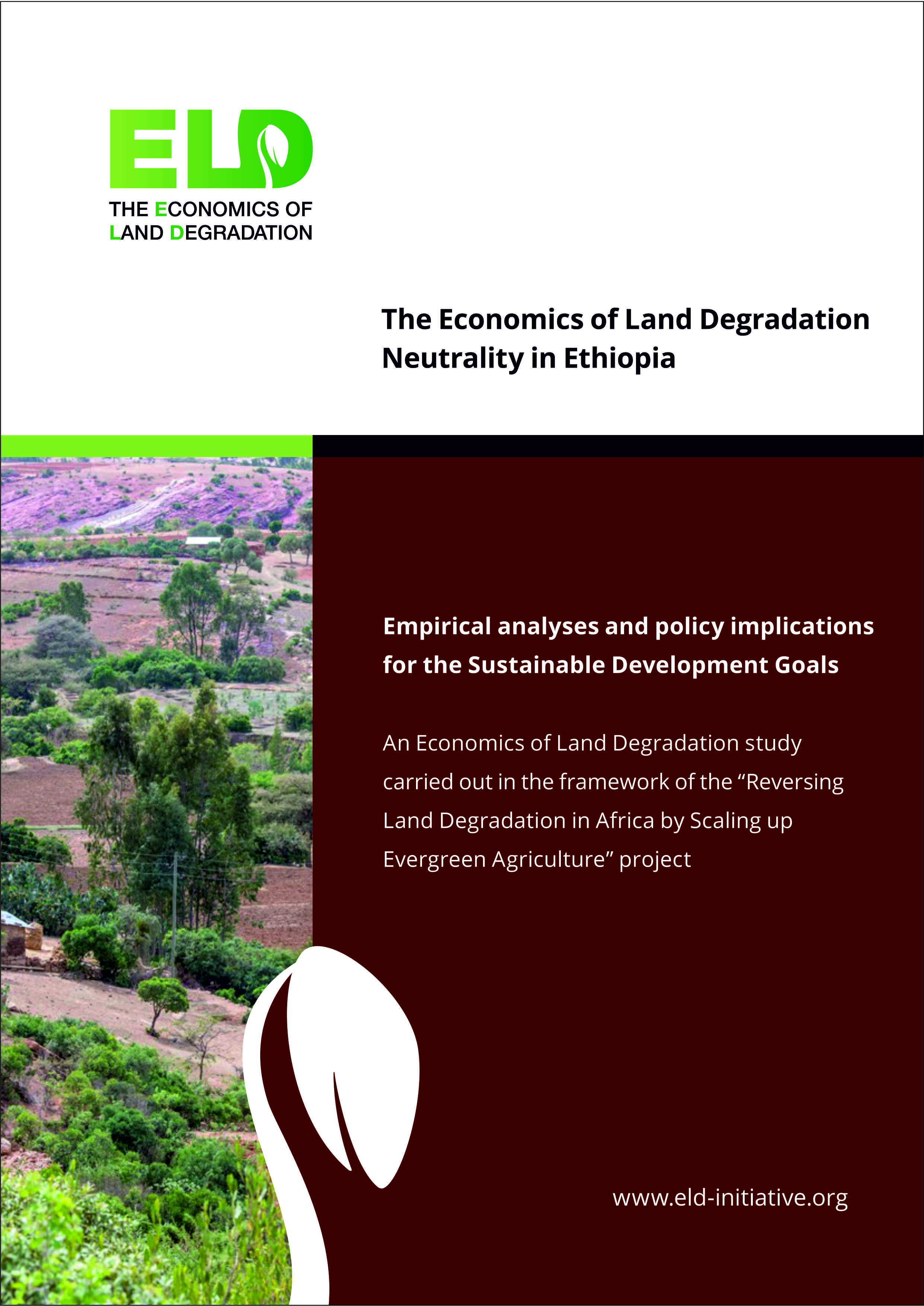
This study aims to assess the economic benefits and costs of sustainable land management (SLM) towards achieving agricultural land degradation neutrality in Ethiopia and assess how SLM is cost-effective and helpful in achieving a number of other Sustainable Development Goals as co-benefits.
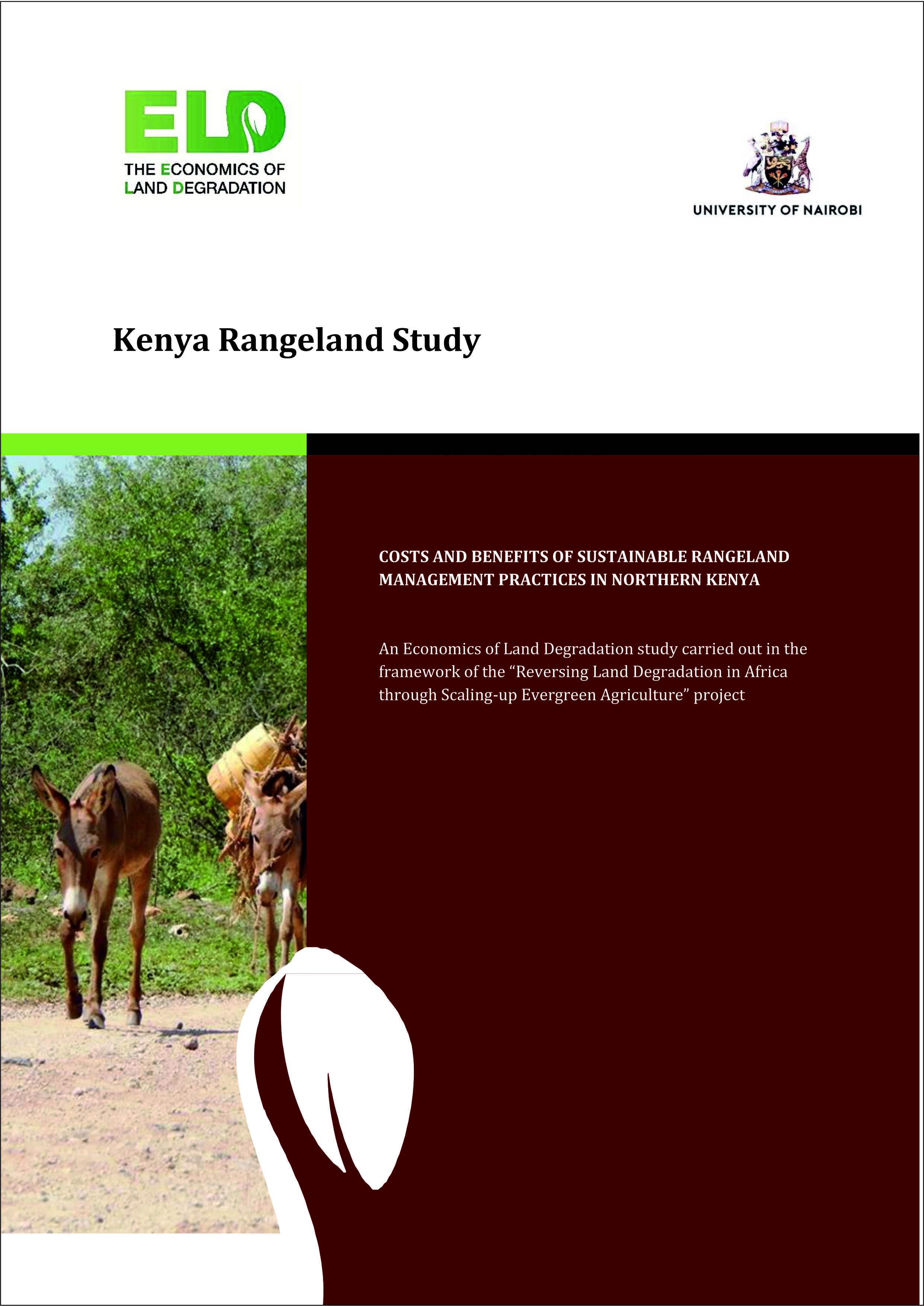
ELD supported three economic valuation studies in different agroecological regions of Kenya. The findings demonstrate that the benefits of SLM exceed the costs, providing evidence to policymakers that the costs of inaction – in the form of reduced food productivity and the loss of ecosystem services – are by far greater than the required current investments to address land degradation.
- Country report:EN
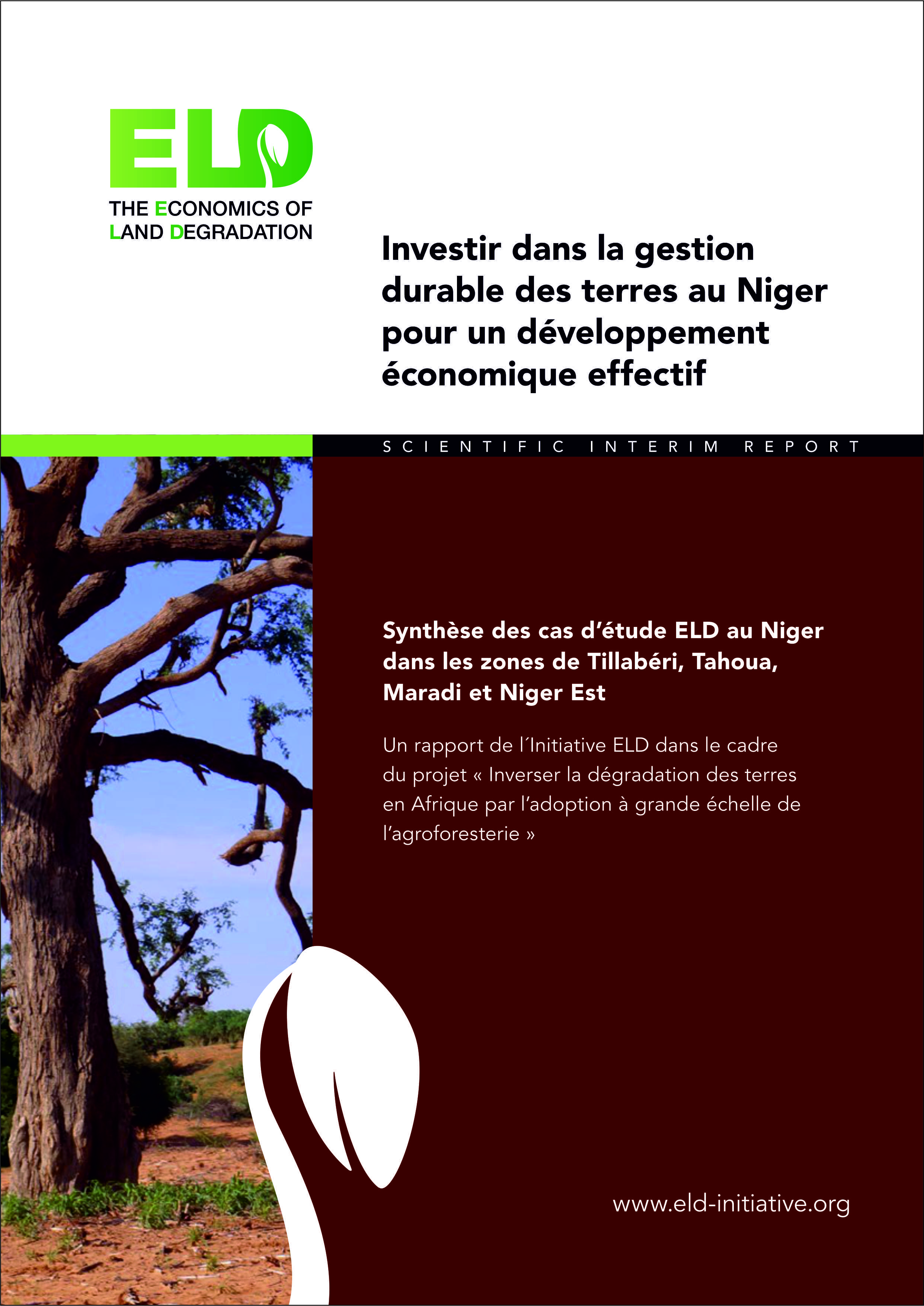
This study presents the key findings of an economic evaluation of six different sustainable land management measures being implemented in four areas in Niger.
- Country report:FR
- Country report:FR
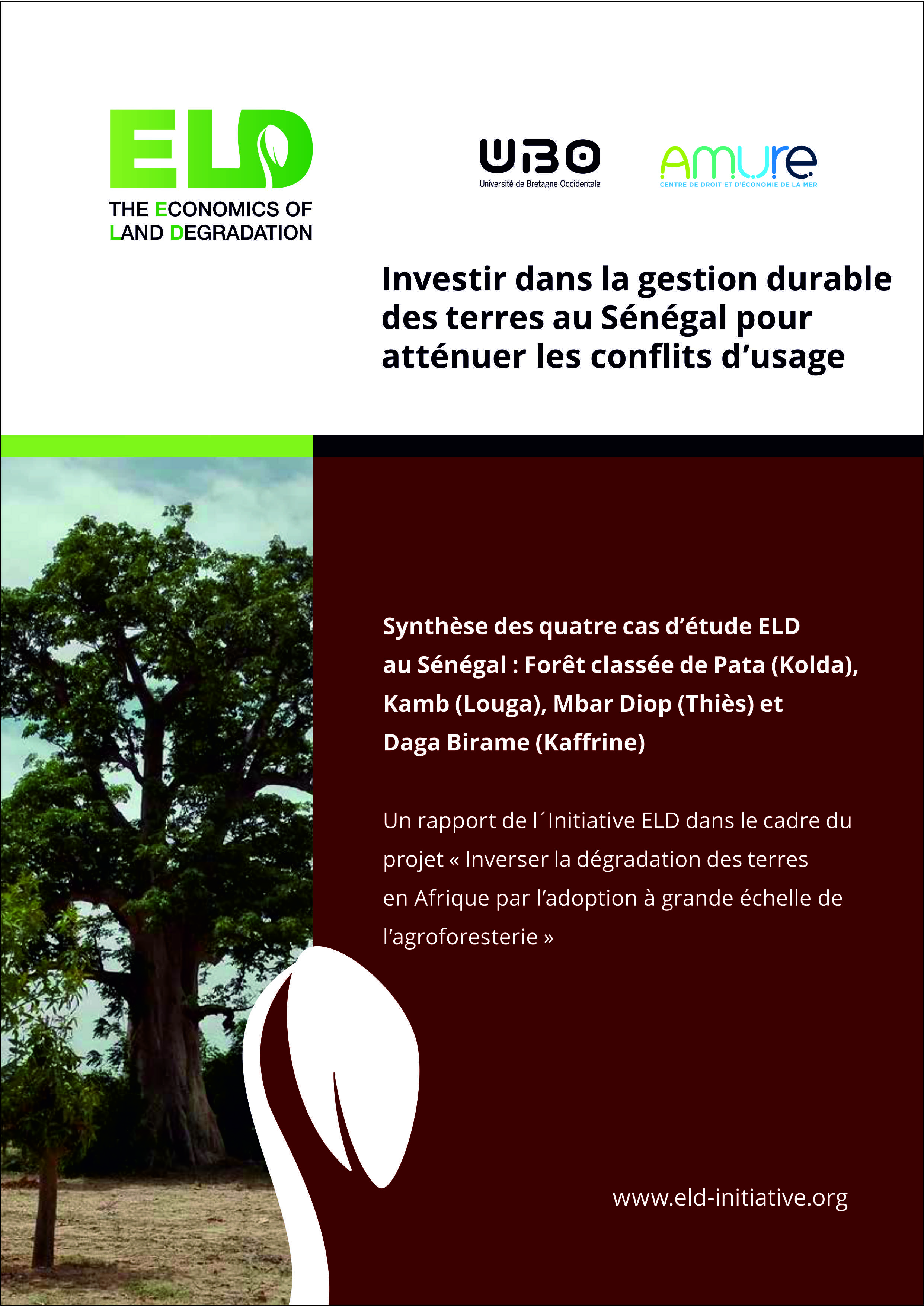
This study looks at the cost of land degradation in Senegal and how SLM practices like organic fertilizer use, agroforestry, and ANR can reduce them.
- Country report:FR
- Country report:FR
- Country report:FR
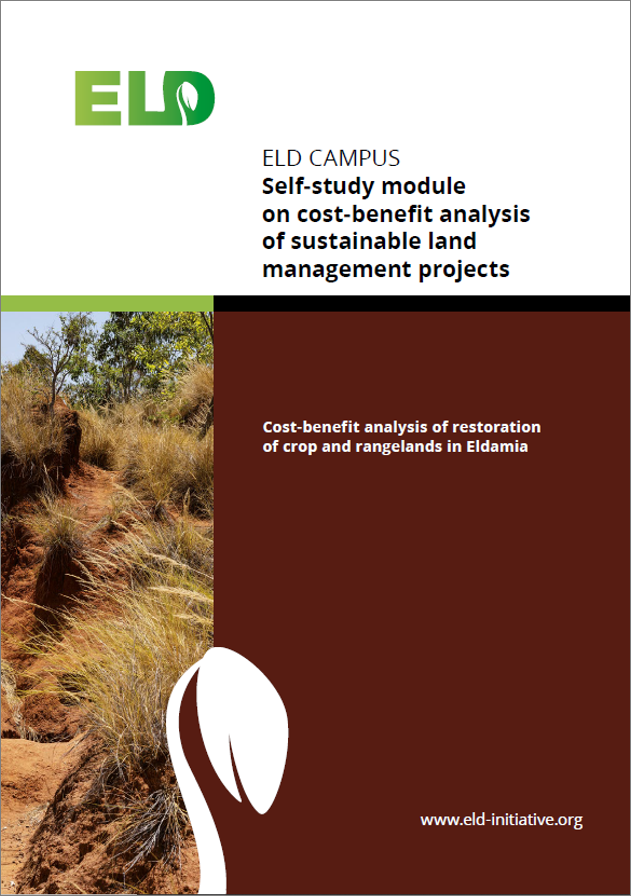
The main learning objectives of the Self- Study Module are to selectively apply and critically evaluate the use of key concepts and methods in the cost-benefit analysis including discounted cash flow analysis, measures of project worth, and valuation estimates for environmental goods and ecosystem services; identify and compare land management costs and benefits over time for ‘with’ and ‘without’ project scenarios; calculate and interpret investment criteria including net present value and internal rate of return. For the fictional case study of Eldamia two scenarios have to be analysed.
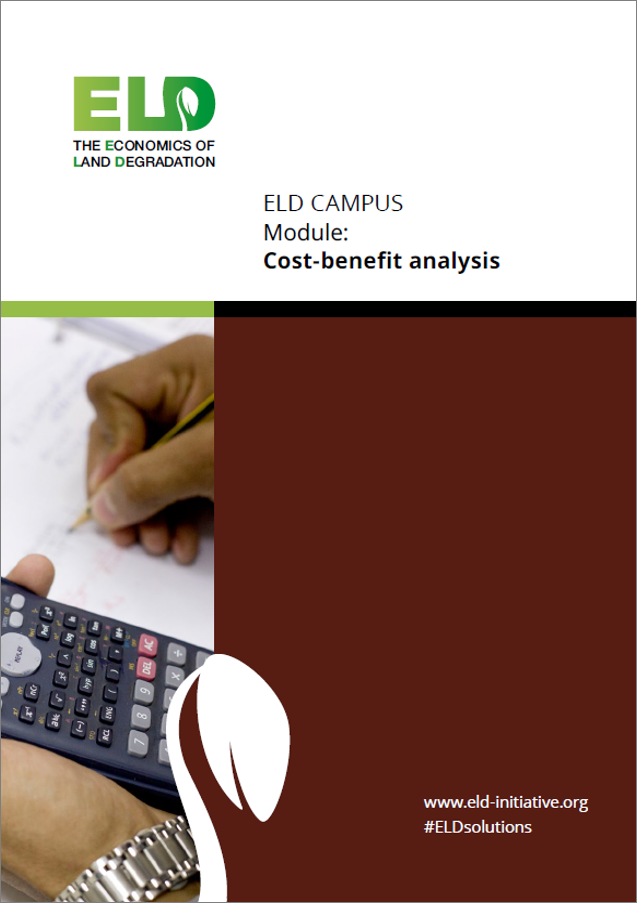
The main learning objectives of Module 8 are to be able to describe the basic elements of a cost-benefit analysis; know the difference between a financial and a total economic value CBA; understand the importance of a sound context analysis; understand the principle of deriving incremental net benefits from the comparison of different scenarios; have an understanding on the quantification of different costs and benefits (units); understand what a discount factor and rate is and be able to discuss the consequences of applying different discount rates; understand the terms shadow prices and opportunity costs; understand how important indicators to conclude on a project worth are computed and have basic ideas on how to interpret them; have a basic understanding on how economic costs are derived from financial values and how to undertake a sensitivity analysis.
Learn more
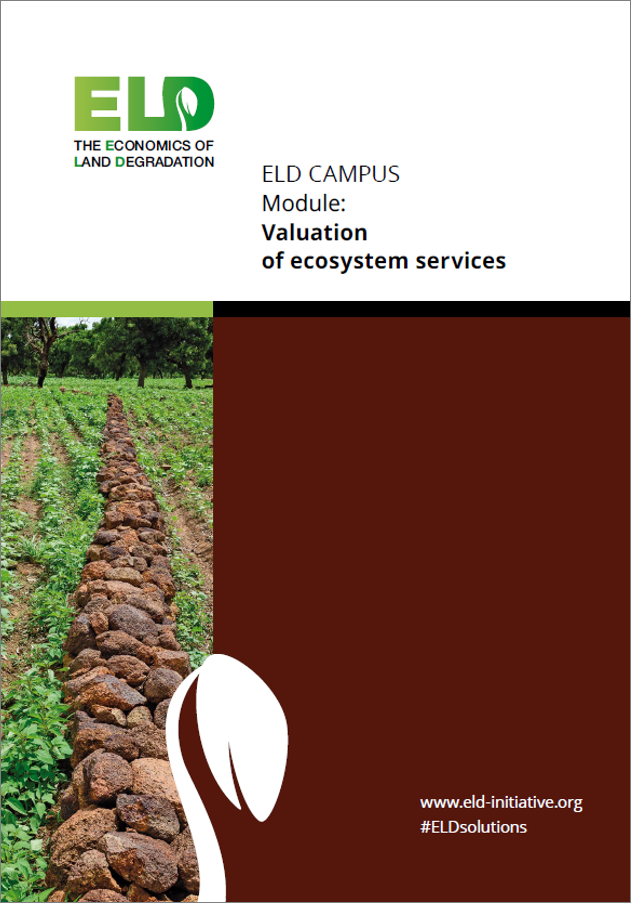
The main learning objectives of Module 7 are to obtain a basic understanding of the assumptions behind established valuation methods, why different methods lead to different estimates, how each of these methods works, what kind of results they lead to, and some of their limitations; be able to describe the total economic value (TEV) framework; know different valuation methods and obtain a basic understanding of how to apply these methods; be able to apply a checklist to choose the most appropriate method for valuation; have a basic understanding on how to design a sampling plan and a survey; be aware of different application examples.
Learn more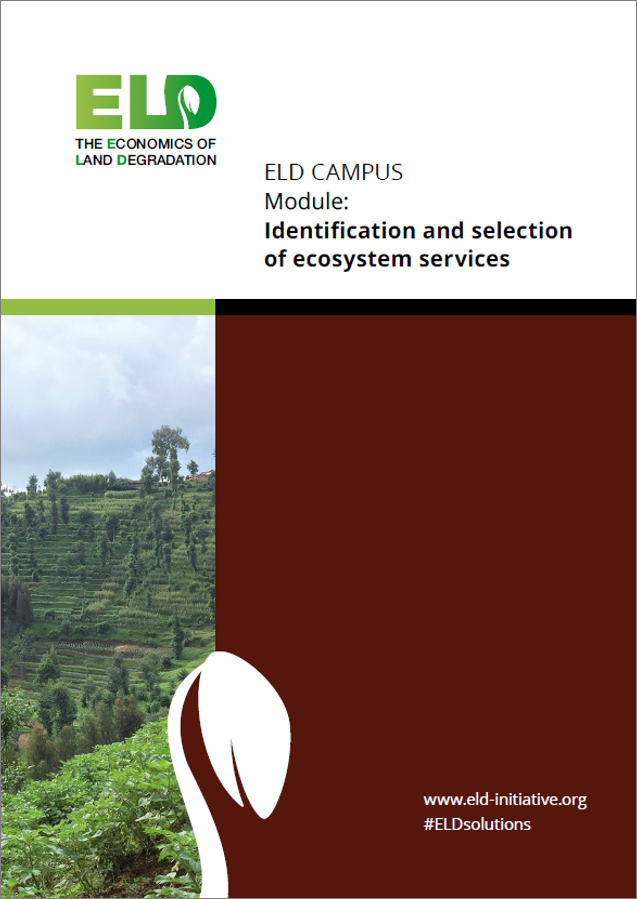
The main learning objectives of Module 6 are to know different concepts of ecosystem services classification; be able to categorise ecosystem services; understand the underlying ecological cycles behind regulating and supporting services; know special characteristics of ecosystem services to be taken into account for their identification and assessment; obtain an overview on available data sources and assessment tools; understand how to delineate agro-ecological landscape units and to select ecosystem services for assessment.
Learn more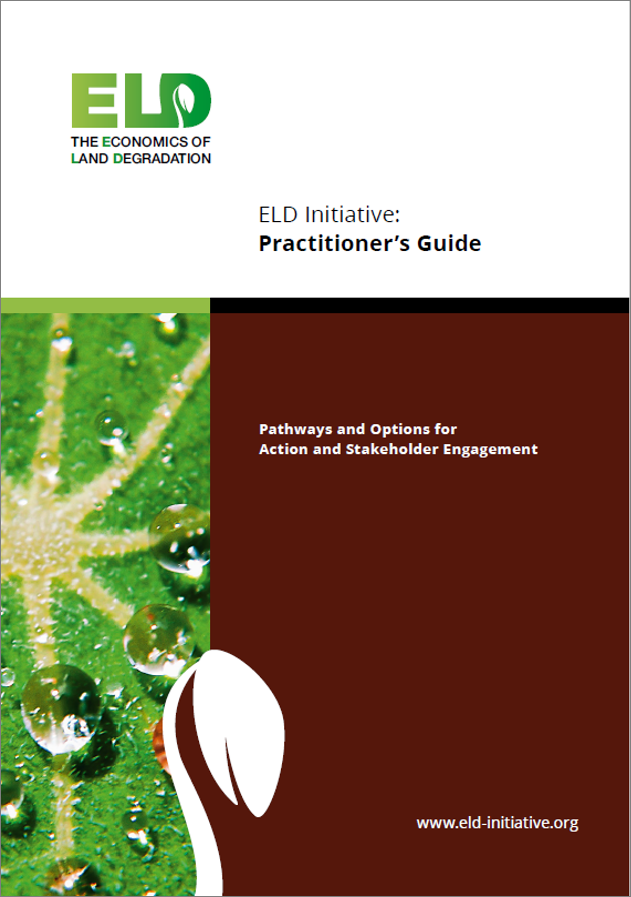
The main learning objectives of Module 5 are to understand the rationale behind stakeholder engagement and the importance of goal setting and stakeholder identification for an ELD study; have learned about different practical tools for stakeholder identification; gain the principle know-how to be able to design a stakeholder engagement process and monitor the process; be capable of writing a policy brief in order to address key recommendations to policy-makers.
Learn more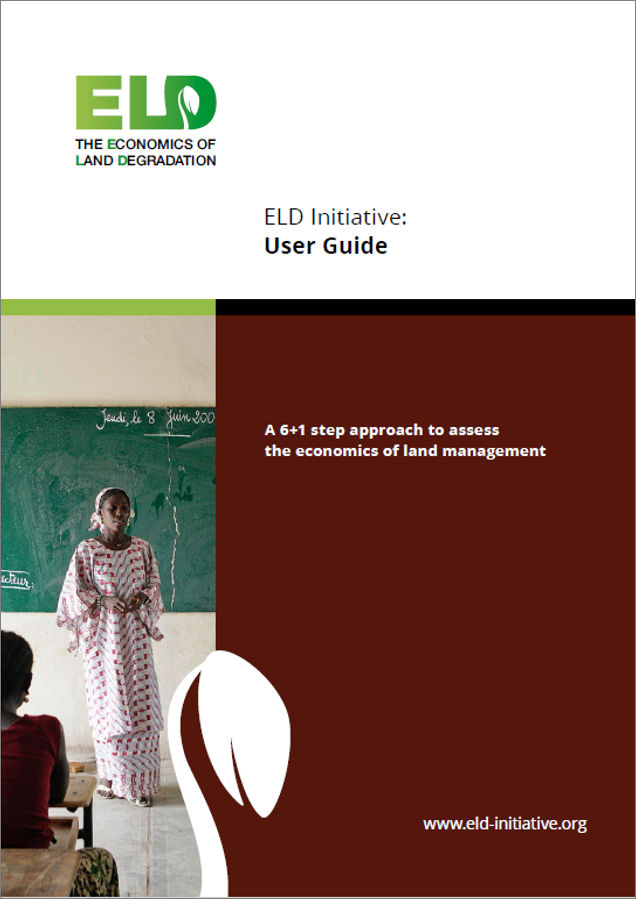
The main learning objectives of Module 4 are to understand the theoretical framework behind ELD studies- comparing scenarios of inaction with scenarios of action in economic terms; be able to explain the difference between a financial and an economic (total value) cost-benefit analysis; have a basic understanding of the different steps of an ELD study.
Learn more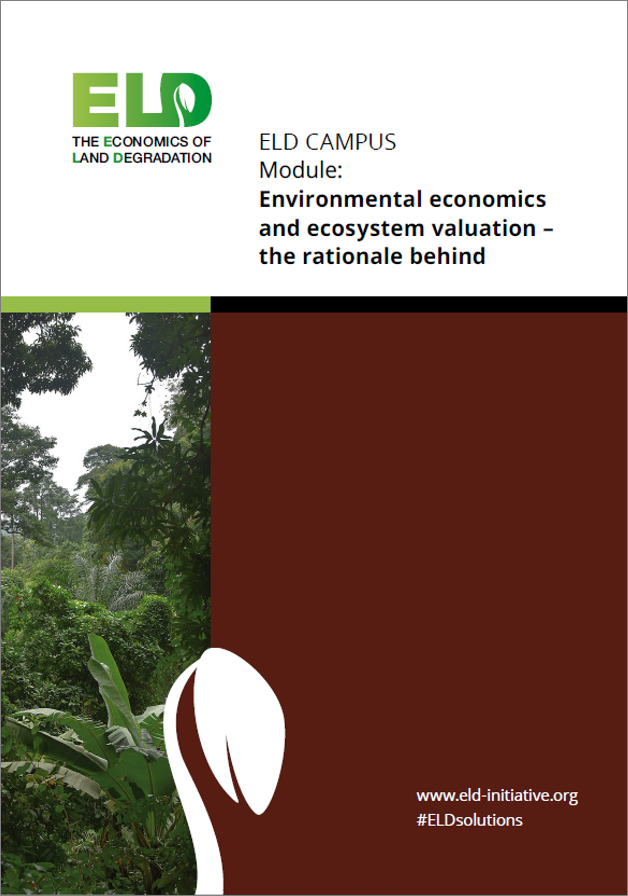
The main learning objectives of Module 3 are to understand GDP as the prime development indicator and its limitations; be able to distinguish between natural capital stocks and flows and ecosystem services; understand the role of natural capital for production and well-being; be able to understand and discuss trade-offs between the use of different ecosystem services; understand the terms market failures and externalities; be aware of studies on the economic losses due to land degradation; know economic assessment methods related to natural capital; understand the viewpoints of different stakeholder groups on natural capital and have some basic knowledge on options for integrating ecosystem services into policies and planning.
Learn more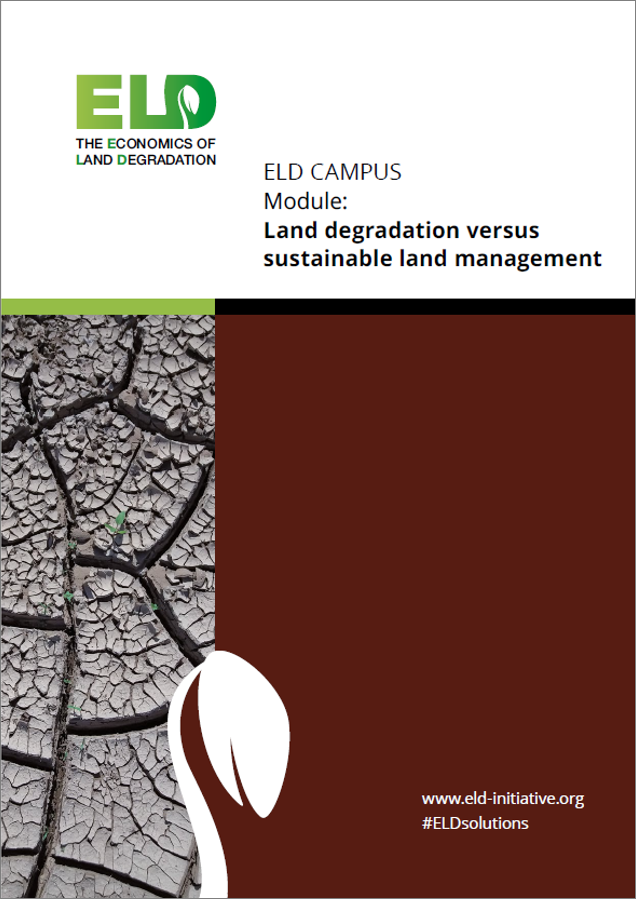
The main learning objectives of Module 2 are to understand causes, consequences and effects of land degradation; be able to categorise land degradation phenomena; understand the important role that soils play as carbon sink; be able to categorise SLM measures and understand the positive long-term effects of these measures; understand socio-economic barriers for the adoption of SLM measures and know about different political instruments to incentivise SLM; be aware of the international policy framework of action against land degradation.
Learn more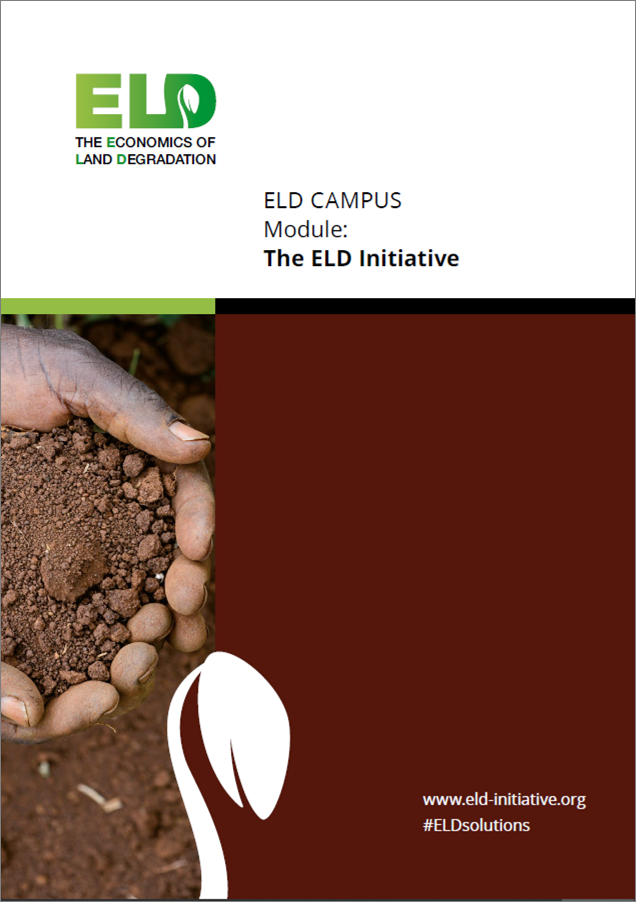
The main learning objectives of Module 1 are to understand the dimension of land degradation and the response by the global community, reflected through the sustainable development goal (SDG) 15, as well as the relevance of the UN Convention to Combat Desertification (UNCCD) and the role, structure, and objectives of the ELD Initiative.
Learn more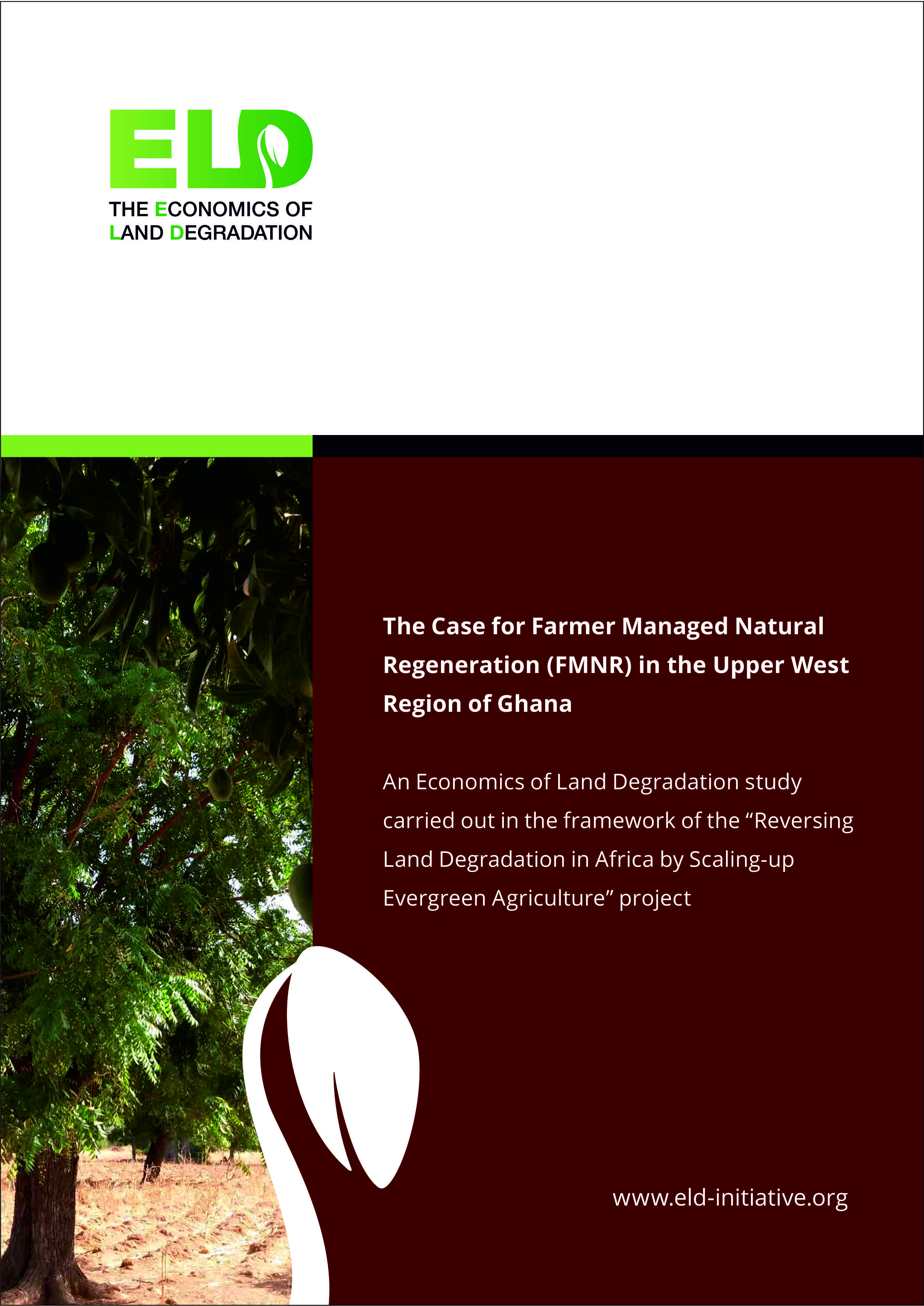
This study compared crop yields for FMNR and non-FMNR farmers in order to prove the effectiveness of the method in increasing income in the upper west region of Ghana.
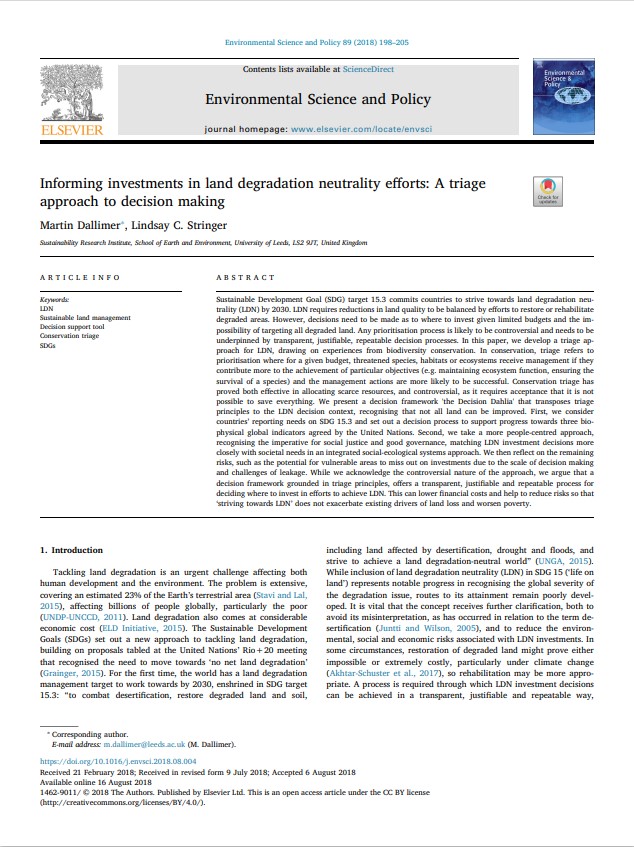
Sustainable Development Goal (SDG) target 15.3 commits countries to strive towards land degradation neutrality (LDN) by 2030. LDN requires reductions in land quality to be balanced by efforts to restore or rehabilitate degraded areas. However, decisions need to be made as to where to invest given limited budgets and the impossibility of targeting all degraded land. Any prioritisation process is likely to be controversial and needs to be underpinned by transparent, justifiable, repeatable decision processes. In this paper, we develop a triage approach for LDN, drawing on experiences from biodiversity conservation. In conservation, triage refers to prioritisation where for a given budget, threatened species, habitats or ecosystems receive management if they contribute more to the achievement of particular objectives (e.g. maintaining ecosystem function, ensuring the survival of a species) and the management actions are more likely to be successful. Conservation triage has proved both effective in allocating scarce resources, and controversial, as it requires acceptance that it is not possible to save everything. We present a decision framework 'the Decision Dahlia' that transposes triage principles to the LDN decision context, recognising that not all land can be improved.
Martin Dallimer, Lindsay C. Stringer, Informing investments in land degradation neutrality efforts: A triage approach to decision making, Environmental Science & Policy, Volume 89, 2018, Pages 198-205, ISSN 1462-9011, doi.org/10.1016/j.envsci.2018.08.004.
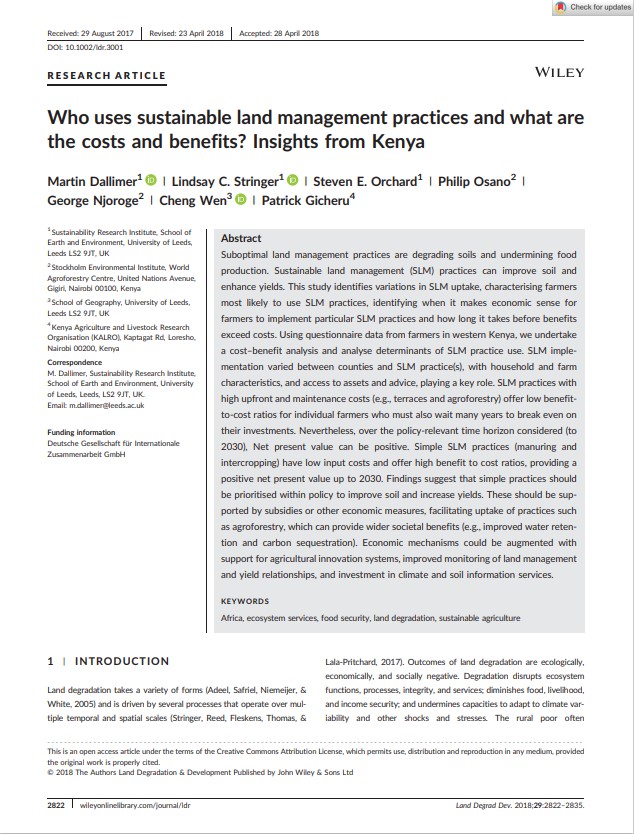
Suboptimal land management practices are degrading soils and undermining food production. Sustainable land management (SLM) practices can improve soil and enhance yields. This study identifies variations in SLM uptake, characterising farmers most likely to use SLM practices, identifying when it makes economic sense for farmers to implement particular SLM practices and how long it takes before benefits exceed costs. Using questionnaire data from farmers in western Kenya, we undertake a cost–benefit analysis and analyse determinants of SLM practice use.
Martin Dallimer, Lindsay C. Stringer, Steven E. Orchard, Philip Osano, George Njoroge, Cheng Wen, Patrick Gicheru, Who uses sustainable land management practices and what are the costs and benefits? Insights from Kenya, Land Degradation and Development, Volume 29, Number 9, 2018, Pages 2822-2835, https://doi.org/10.1002/ldr.3001.

The report highlights the cost of land degradation and what economic benefits are generated through investments in sustainable land management. It aims at assessing the policy implications of achieving SDG 15.3 on achieving other SGDs, in particular economic growth, rural employment, poverty reduction, and food security.
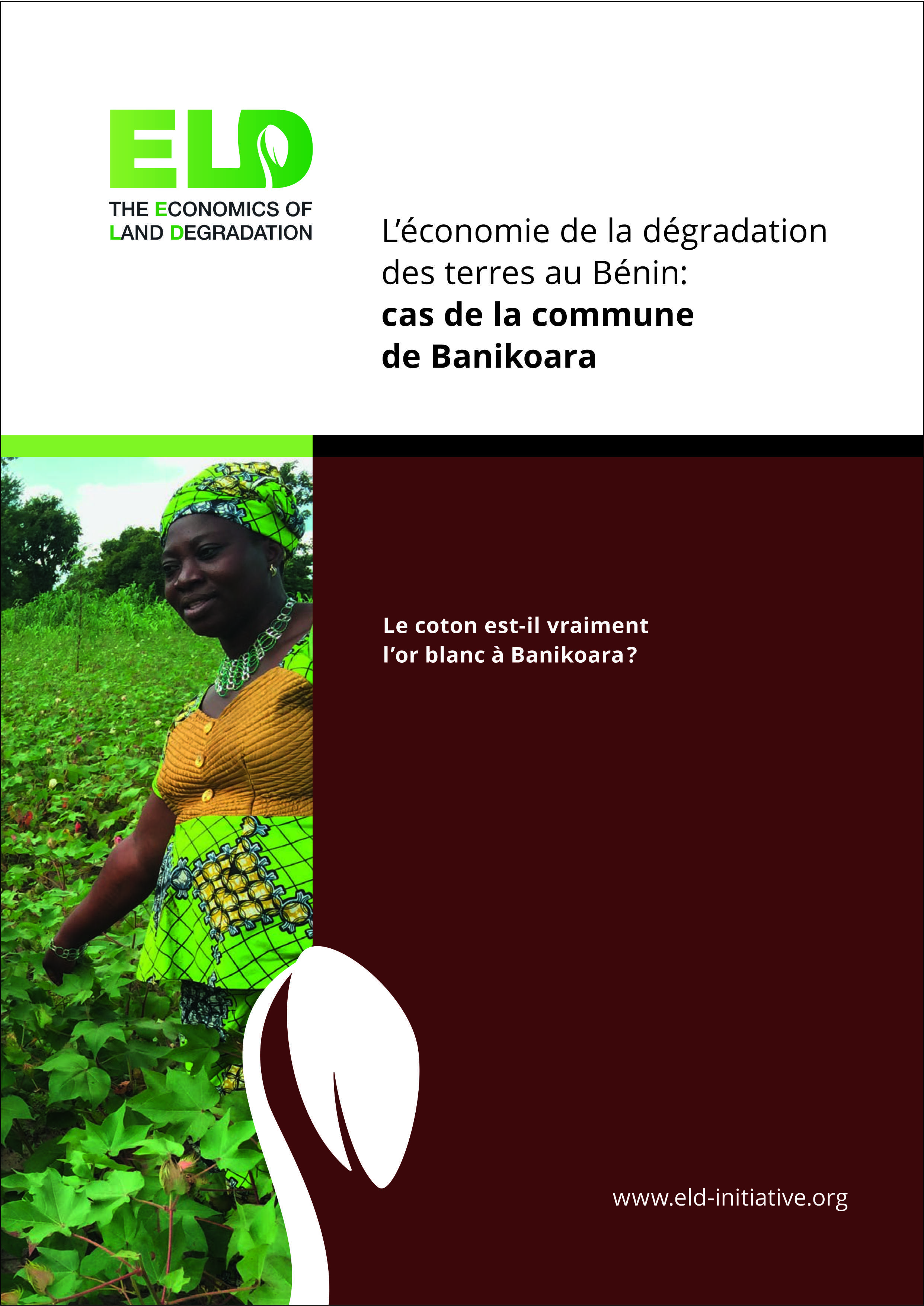
L'étude présente une évaluation de base des réels avantages et des coûts de la production de coton pour les ménages de Banikoara.
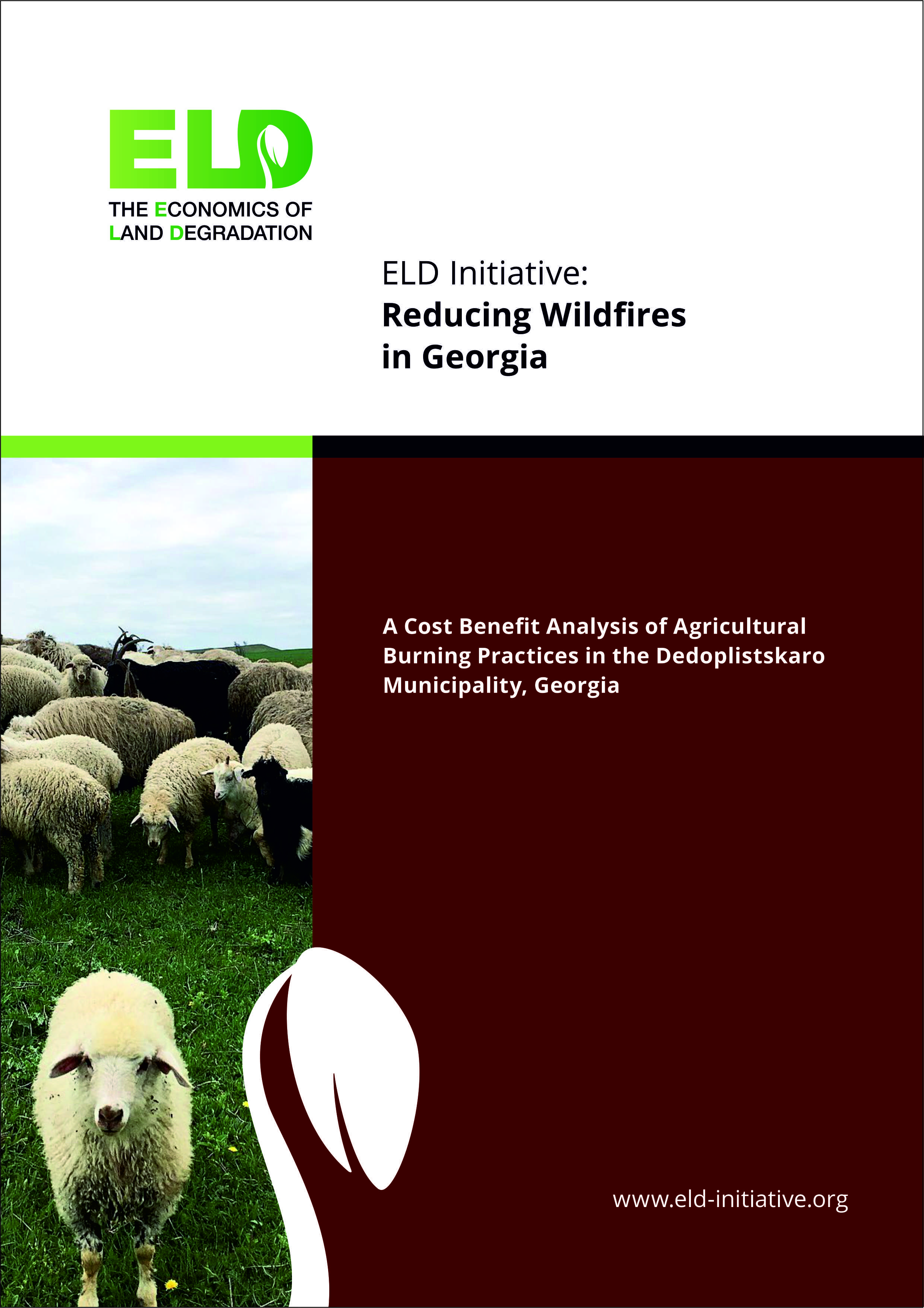
The case study from Georgia provides an overview of research conducted on implementing and enforcing a law to ban crop residue burning in the Dedoplistskaro district, using a cost-benefit analysis. When accounting for the contribution of straw to soil nutrients and the market value of straw bales, it is worthwhile for farmers to forgo burning.
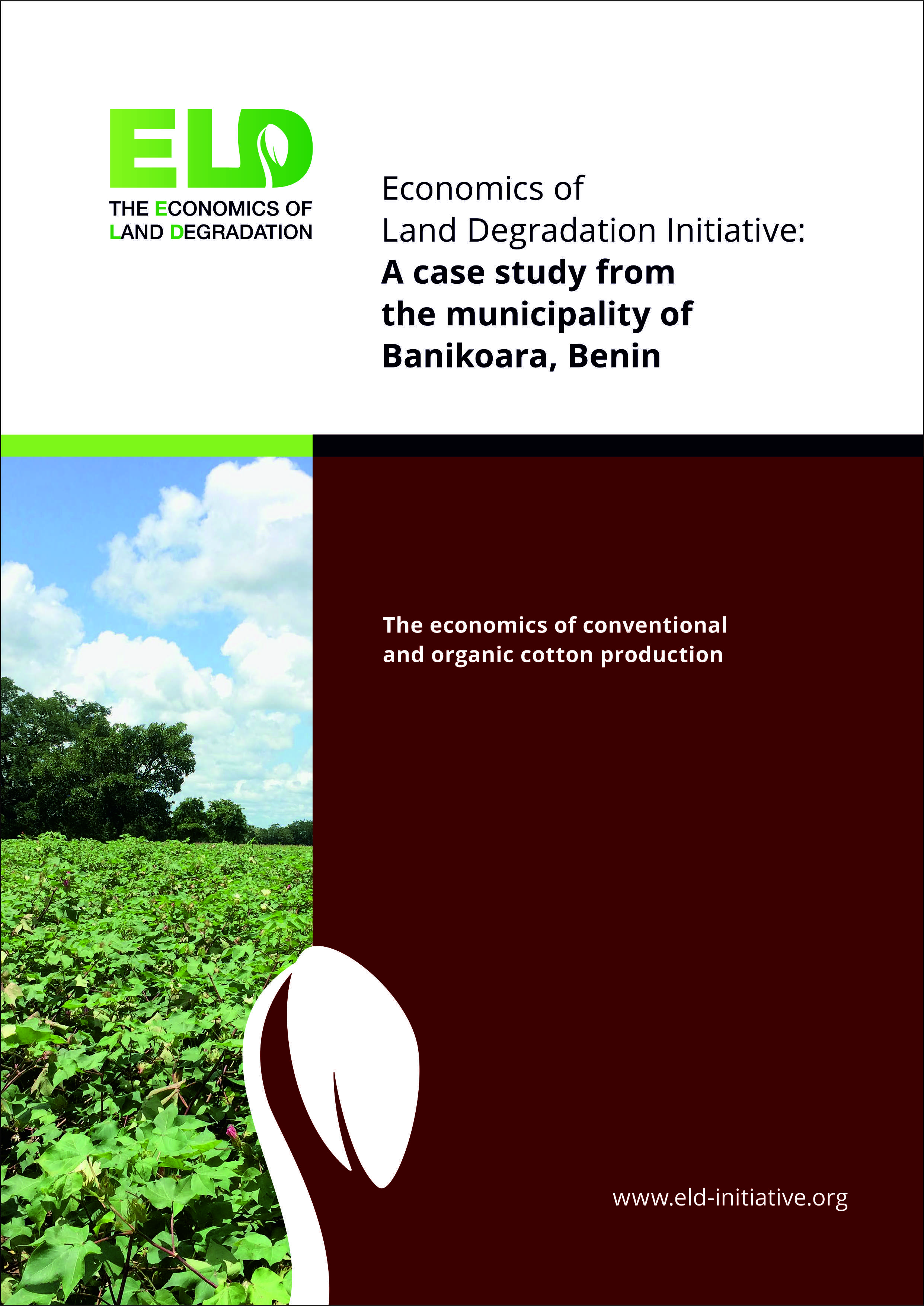
The case study from the municipality of Banikoara presents an analysis of the economics of pesticide use and resulting occupational health issues in cotton production.
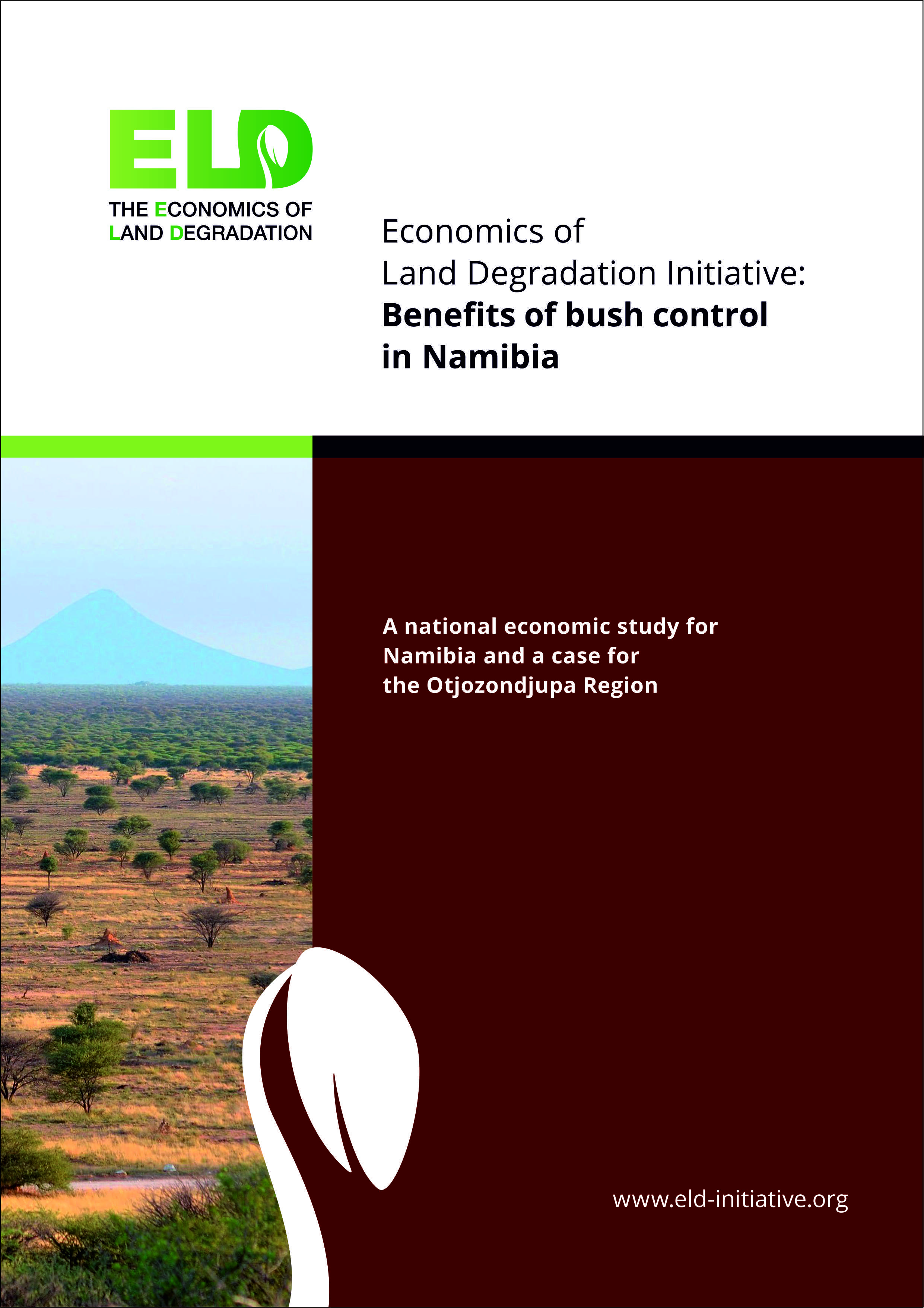
The ELD case study of Namibian highlights the economic and environmental benefits of bush control on the national and local levels.
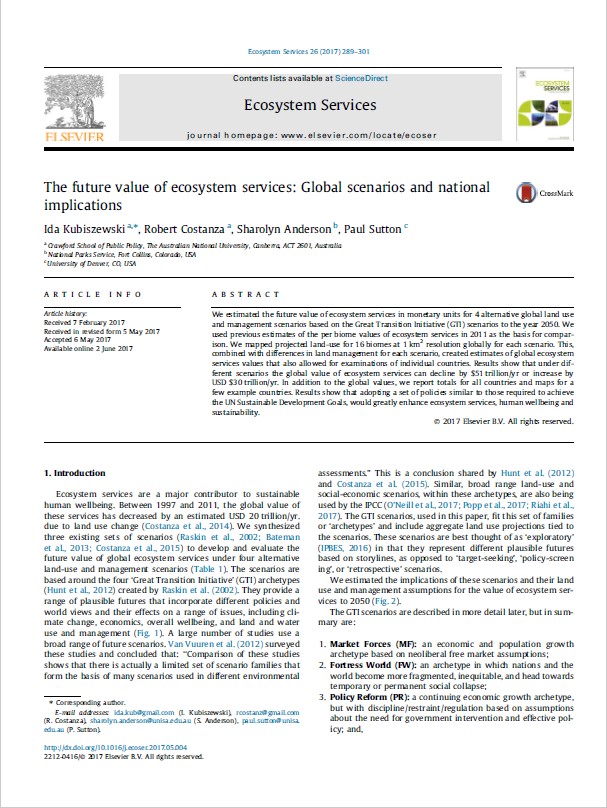
We estimated the future value of ecosystem services in monetary units for 4 alternative global land use and management scenarios based on the Great Transition Initiative (GTI) scenarios to the year 2050. We used previous estimates of the per biome values of ecosystem services in 2011 as the basis for comparison. We mapped projected land-use for 16 biomes at 1 km2 resolution globally for each scenario. This, combined with differences in land management for each scenario, created estimates of global ecosystem services values that also allowed for examinations of individual countries. Results show that under different scenarios the global value of ecosystem services can decline by $51 trillion/yr or increase by USD $30 trillion/yr. In addition to the global values, we report totals for all countries and maps for a few example countries. Results show that adopting a set of policies similar to those required to achieve the UN Sustainable Development Goals, would greatly enhance ecosystem services, human wellbeing and sustainability.
Ida Kubiszewski, Robert Costanza, Sharolyn Anderson, Paul Sutton, The future value of ecosystem services: Global scenarios and national implications, Ecosystem Services, Volume 26, Part A, 2017, Pages 289-301, ISSN 2212-0416, doi.org/10.1016/j.ecoser.2017.05.004.
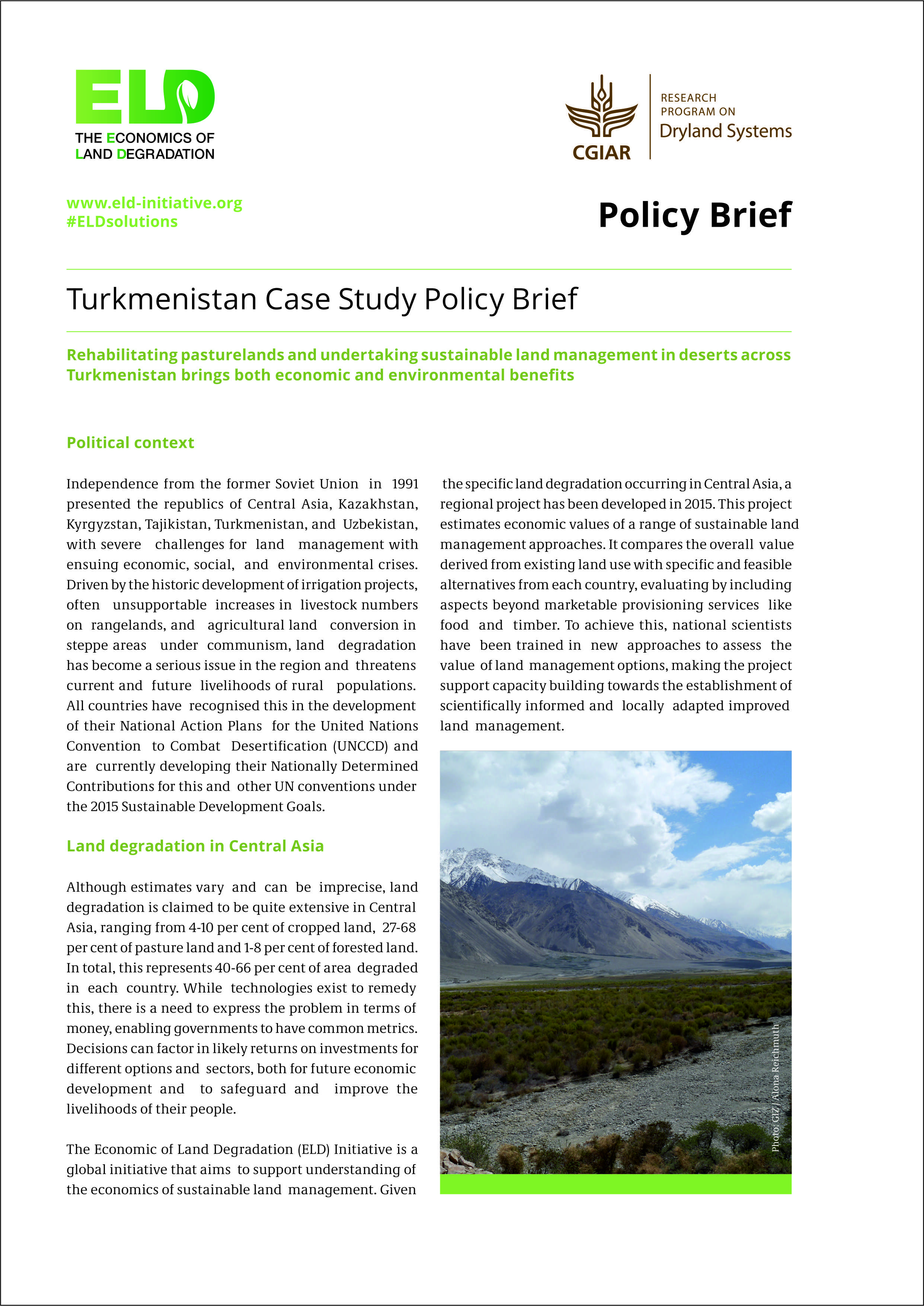
The Policy Brief for Turkmenistan summarizes the results of the research conducted on rehabilitating pasturelands and sustainable land management in deserts for economic and environmental benefits. It is part of the ELD Central Asia Report.
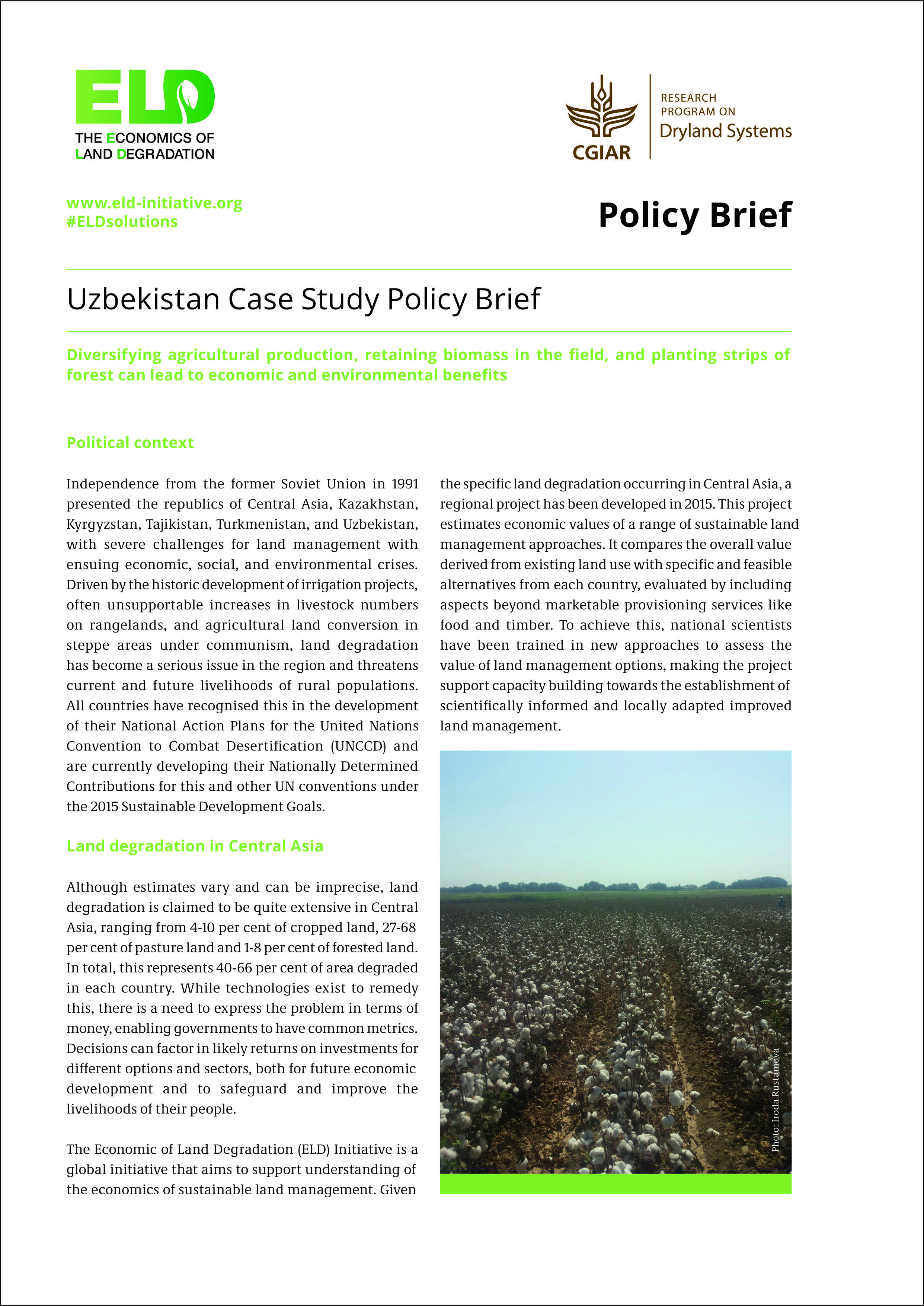
This paper provides an overview of diversifying agricultural production, retaining biomass in the field, and planting strips of forests in Uzbekistan for positive economic and environmental impacts. It is part of the ELD Central Asia Report.
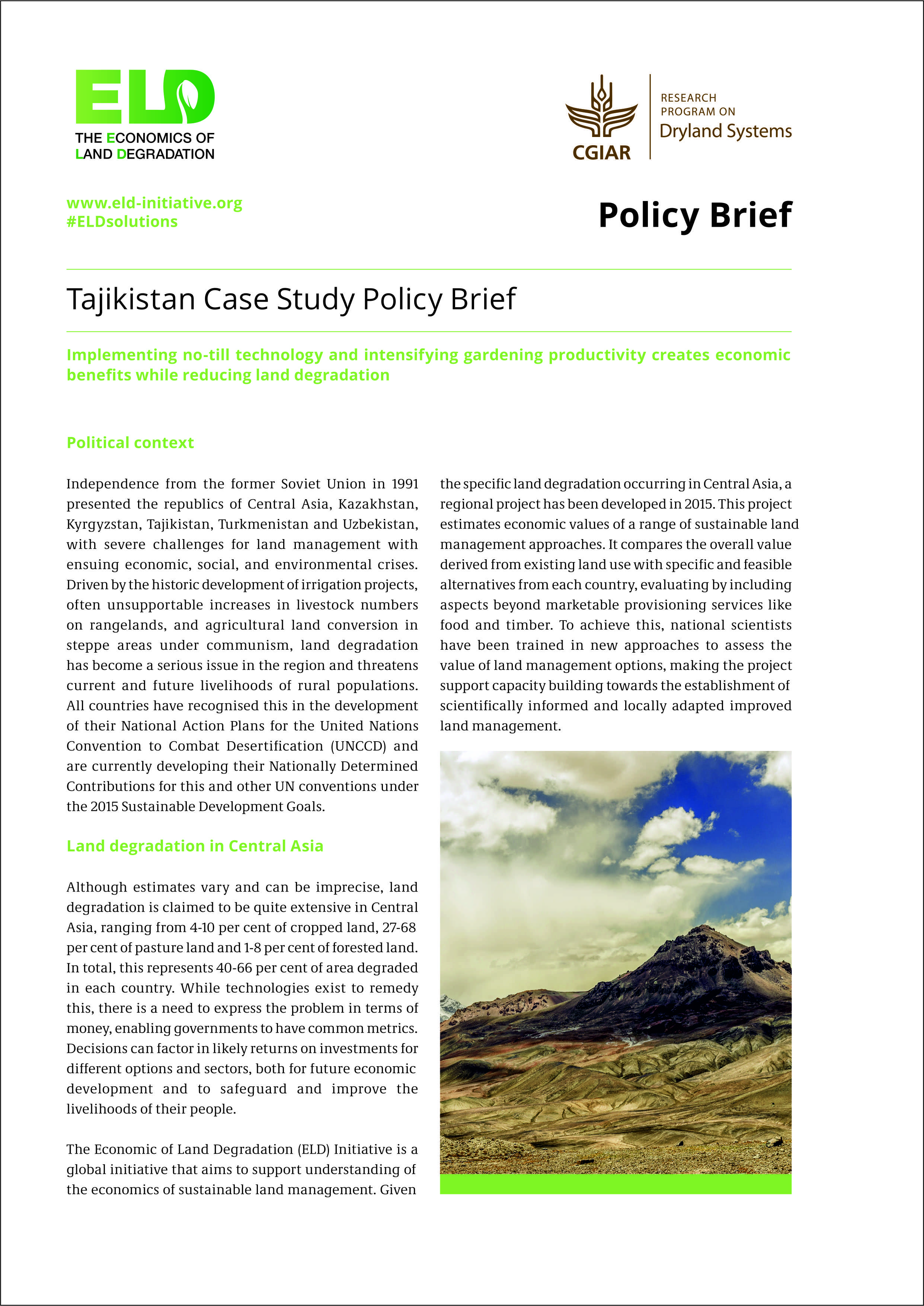
This is an overview of the research on implementing no-till technology and intensifying gardening productivity for greater economic benefits and reduced land degradation in Tajikistan. It is part of the ELD Central Asia Report.
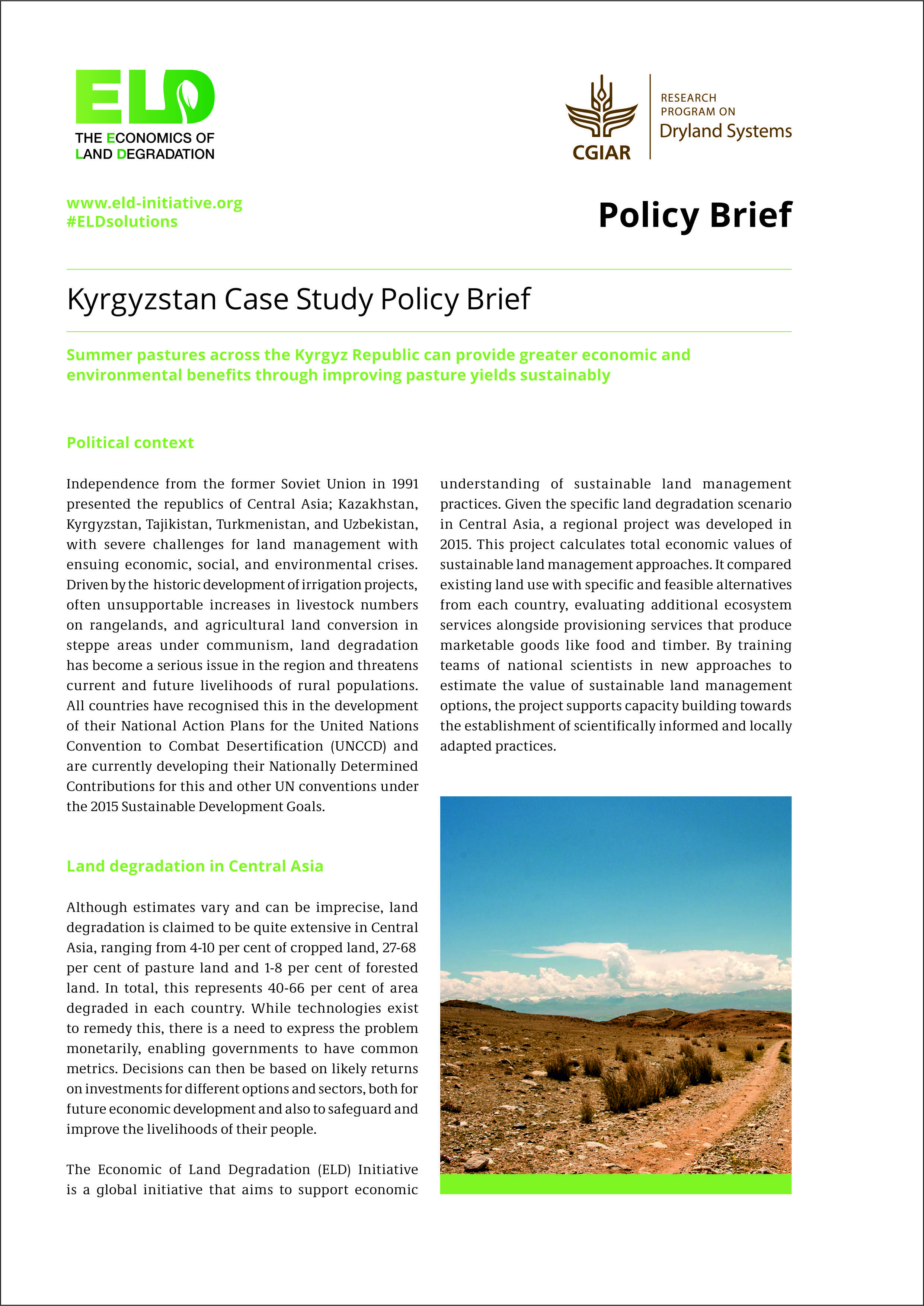
This paper is a summary of the studies conducted in Kyrgyzstan on how summer pastures can provide greater economic and environmental benefits through improving pasture yields sustainably. It is part of the ELD Central Asia Report.
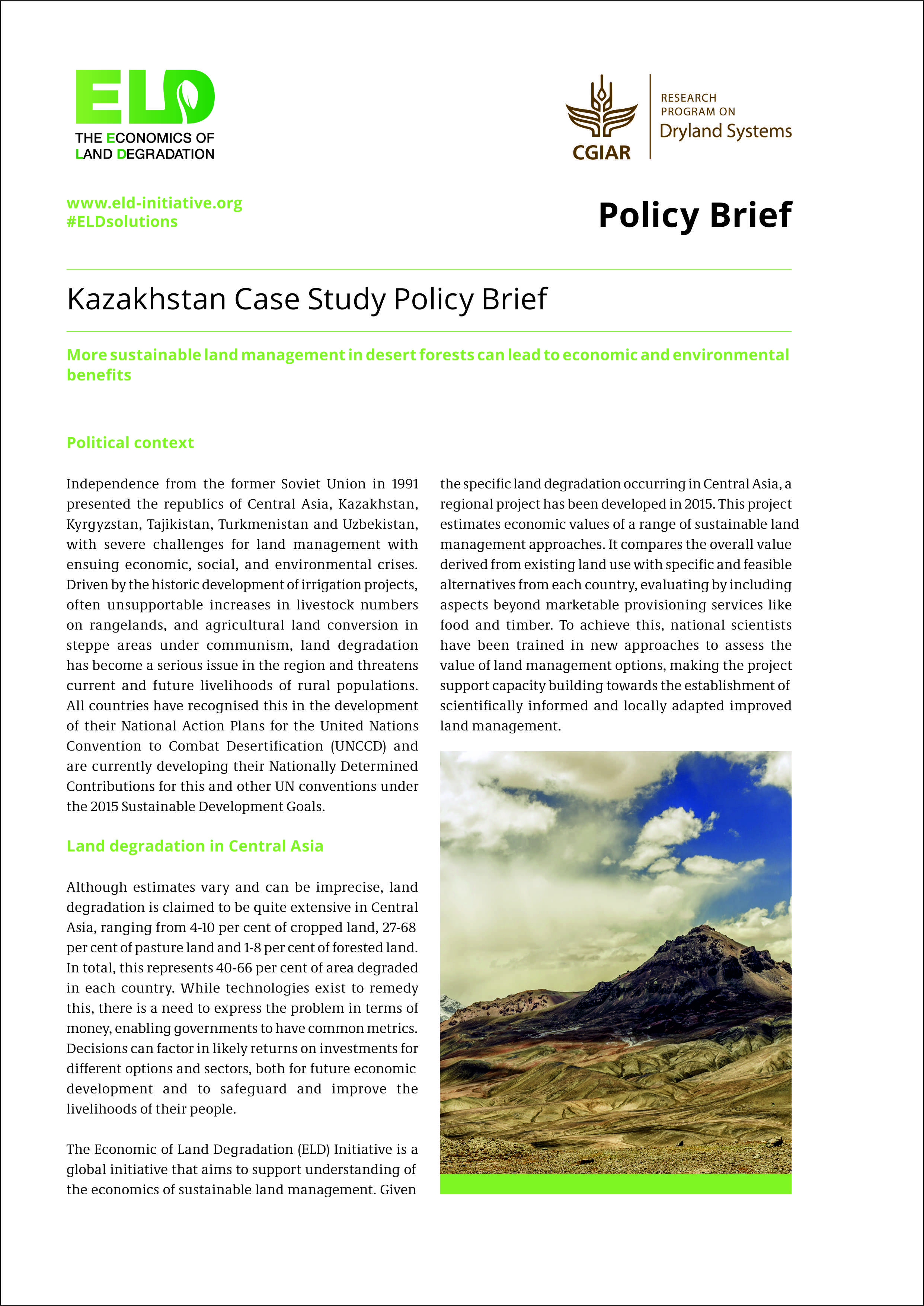
This Policy Brief provides a summary of the research conducted in Kazakhstan about the economic and environmental benefits of sustainable land management in desert forests. It is part of the ELD Central Asia Report.
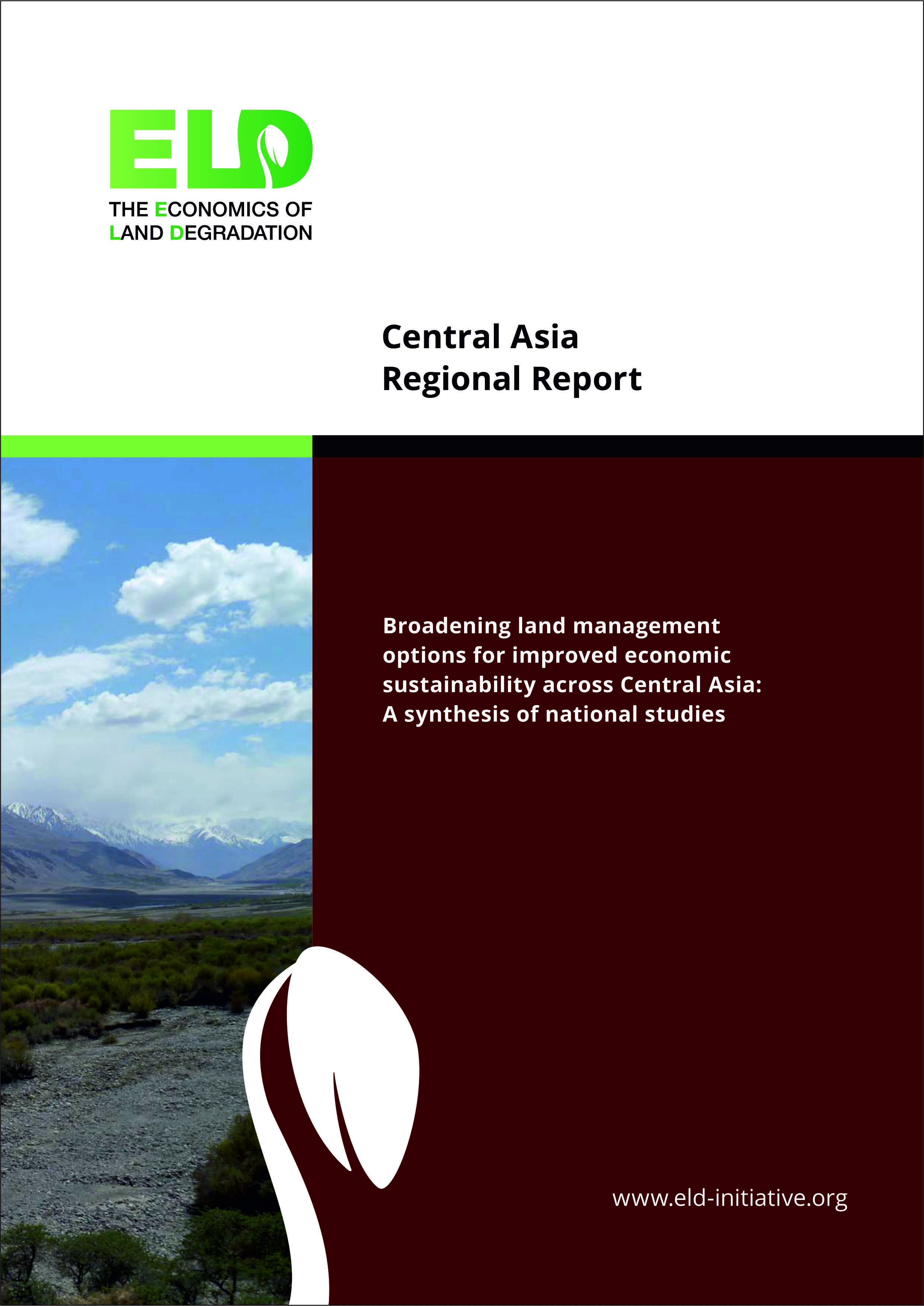
This regional report presents the findings of the research reports from Kazakhstan, Kyrgyzstan, Tajikistan, Uzbekistan, and Turkmenistan, following the outline of the ELD approach and provides policy recommendations for sustainable land management for decision-makers on the national and regional levels.
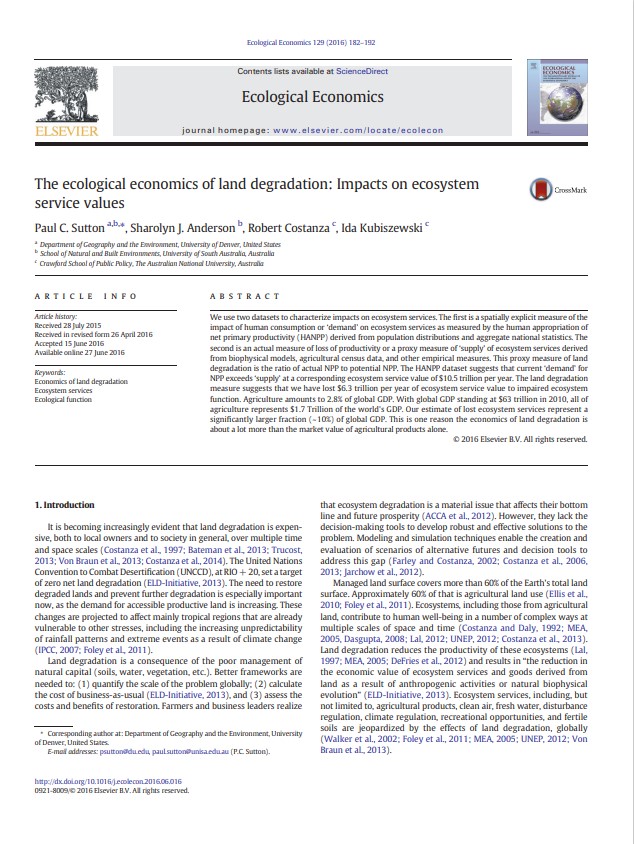
We use two datasets to characterize impacts on ecosystem services. The first is a spatially explicit measure of the impact of human consumption or ‘demand’ on ecosystem services as measured by the human appropriation of net primary productivity (HANPP) derived from population distributions and aggregate national statistics. The second is an actual measure of loss of productivity or a proxy measure of ‘supply’ of ecosystem services derived from biophysical models, agricultural census data, and other empirical measures. This proxy measure of land degradation is the ratio of actual NPP to potential NPP. The HANPP dataset suggests that current ‘demand’ for NPP exceeds ‘supply’ at a corresponding ecosystem service value of $10.5 trillion per year. The land degradation measure suggests that we have lost $6.3 trillion per year of ecosystem service value to impaired ecosystem function. Agriculture amounts to 2.8% of global GDP. With global GDP standing at $63 trillion in 2010, all of agriculture represents $1.7 Trillion of the world's GDP. Our estimate of lost ecosystem services represent a significantly larger fraction (~ 10%) of global GDP. This is one reason the economics of land degradation is about a lot more than the market value of agricultural products alone.
Paul C. Sutton, Sharolyn J. Anderson, Robert Costanza, Ida Kubiszewski, The ecological economics of land degradation: Impacts on ecosystem service values, Ecological Economics,
Volume 129, 2016, Pages 182-192, ISSN 0921-8009, doi.org/10.1016/j.ecolecon.2016.06.016.
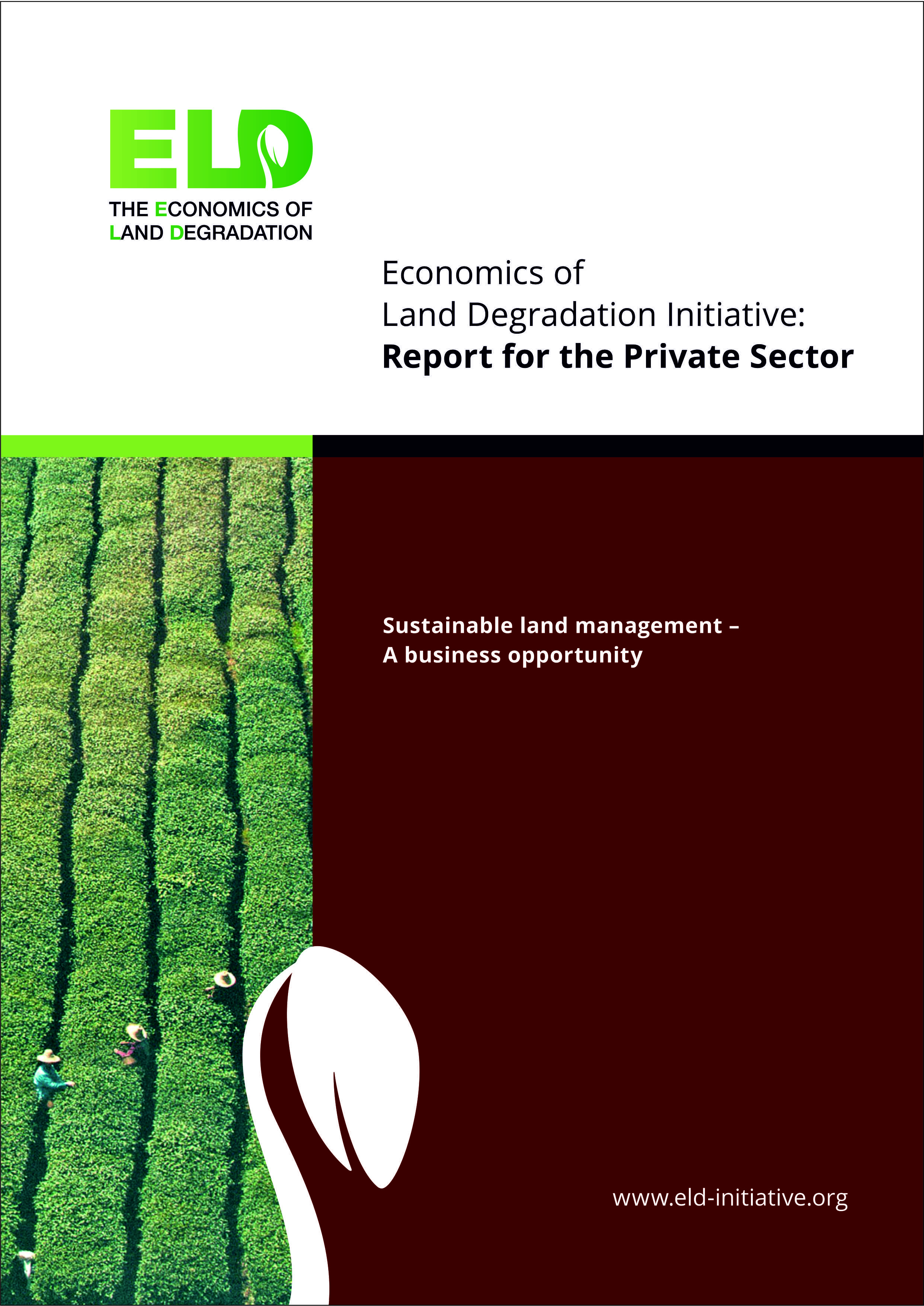
In this report, the ELD Initiative outlines the benefits for the private sector to invest in sustainable land management and provides pathways for larger, medium, and small enterprises to profit from the potential benefits.
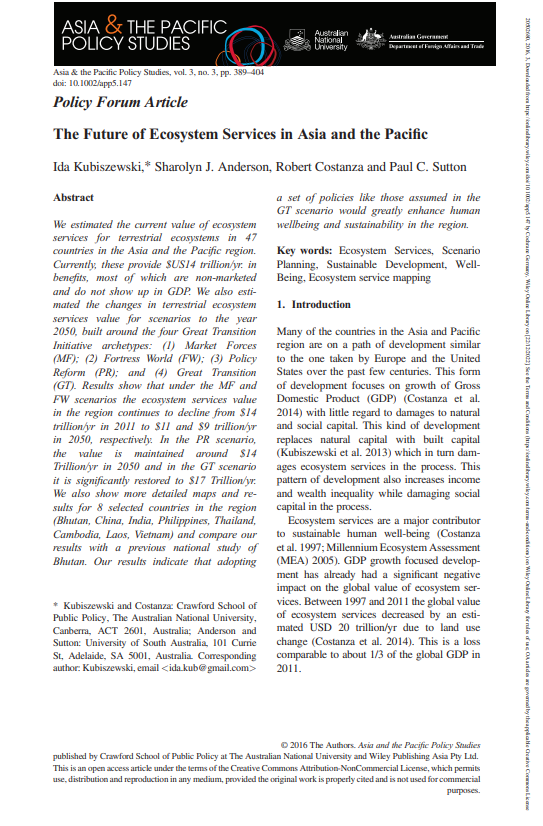
We estimated the current value of ecosystem services for terrestrial ecosystems in 47 countries in the Asia and the Pacific region. Currently, these provide $US14 trillion/yr. in benefits, most of which are non-marketed and do not show up in GDP. We also estimated the changes in terrestrial ecosystem services value for scenarios to the year 2050. We also show more detailed maps and results for 8 selected countries in the region (Bhutan, China, India, Philippines, Thailand, Cambodia, Laos, Vietnam) and compare our results with a previous national study of Bhutan.
Ida Kubiszewski, Sharolyn J. Anderson, Robert Costanza, Paul C. Sutton, The Future of Ecosystem Services in Asia and the Pacific, Asia & the Pacific Policy Studies, Volume 3, Number 3, 2016, Pages 389–404, https://doi.org/10.1002/app5.147.
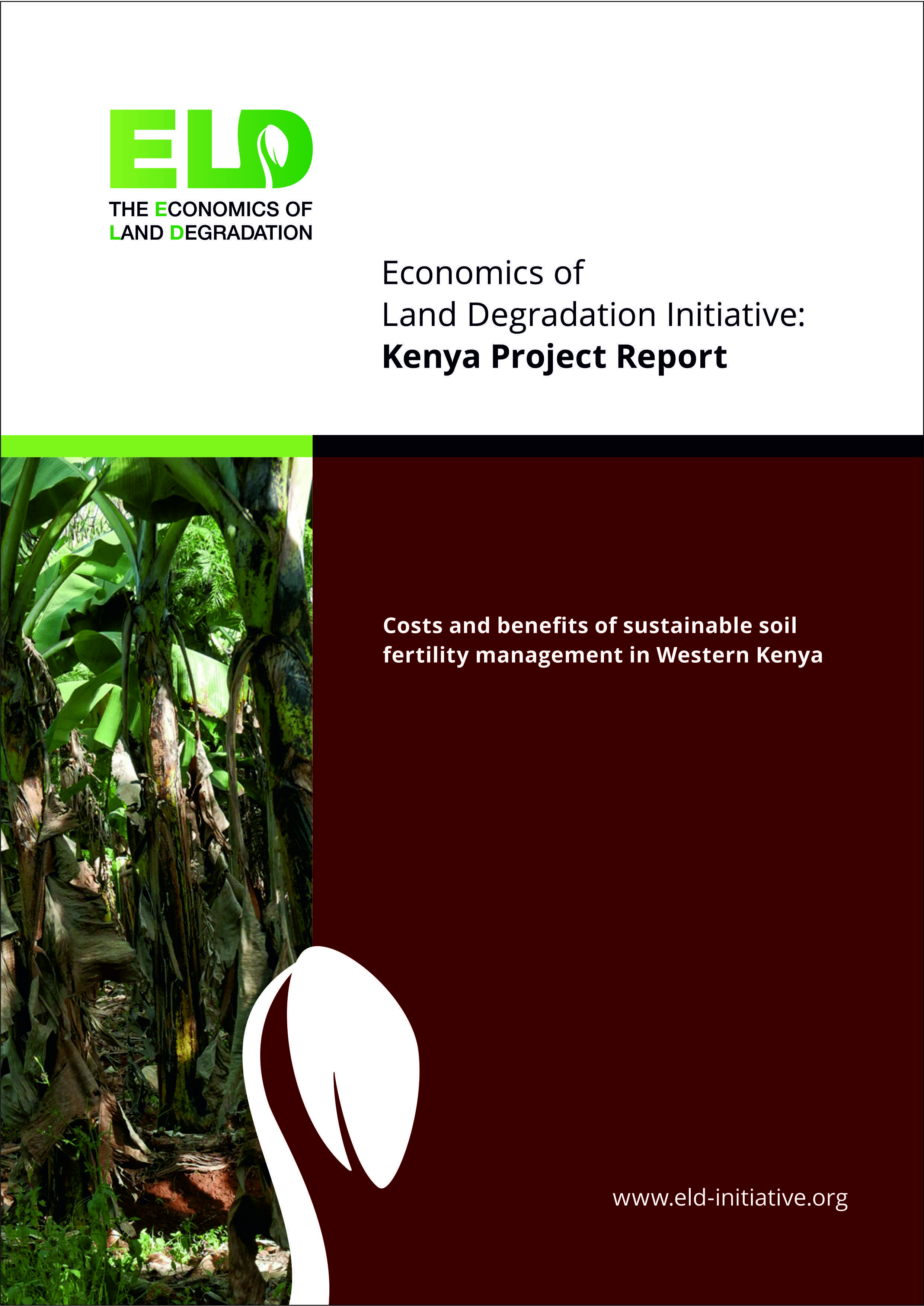
ELD supported three economic valuation studies in different agroecological regions of Kenya. The findings demonstrate that the benefits of SLM exceed the costs, providing evidence to policymakers that the costs of inaction – in the form of reduced food productivity and the loss of ecosystem services – are by far greater than the required current investments to address land degradation.
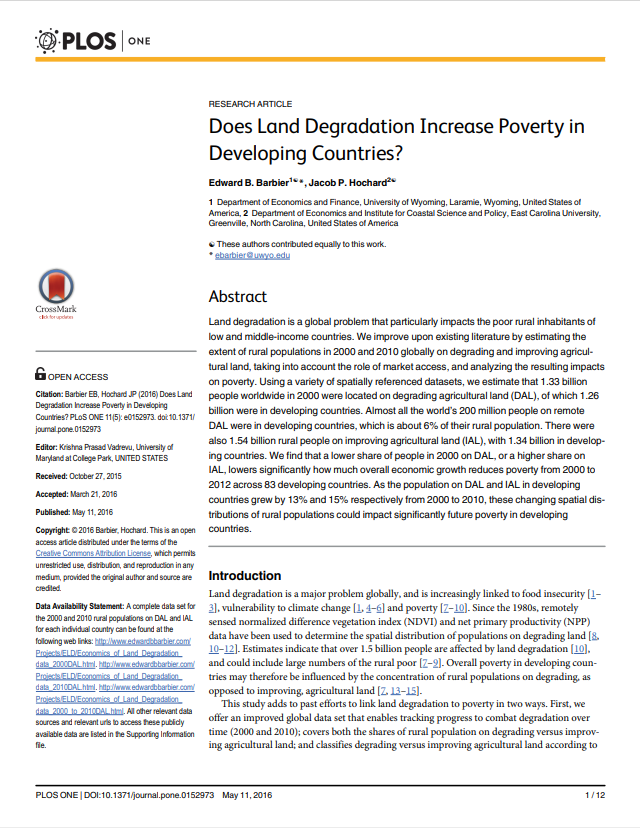
Land degradation is a global problem that particularly impacts the poor rural inhabitants of low and middle-income countries. We improve upon existing literature by estimating the extent of rural populations in 2000 and 2010 globally on degrading and improving agricultural land, taking into account the role of market access, and analyzing the resulting impacts on poverty. Using a variety of spatially referenced datasets, we estimate that 1.33 billion people worldwide in 2000 were located on degrading agricultural land (DAL), of which 1.26 billion were in developing countries. Almost all the world’s 200 million people on remote DAL were in developing countries, which is about 6% of their rural population.
Edward Barbier, Jacob Hochard, Does Land Degradation Increase Poverty in Developing Countries? PLoS ONE, Volume 11, Number 5, 2016, https://doi.org/10.1371/journal.pone.0152973.
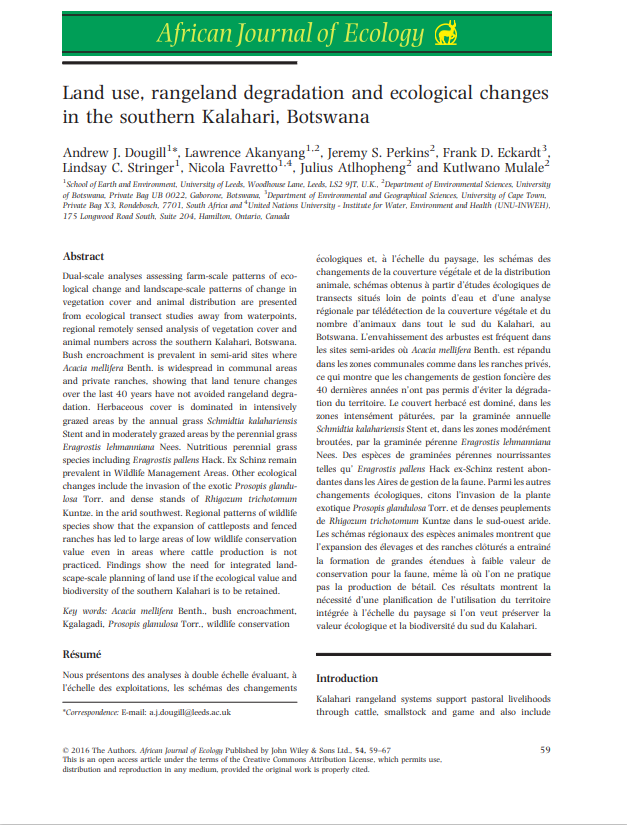
Dual-scale analyses assessing farm-scale patterns of ecological change and landscape-scale patterns of change in vegetation cover and animal distribution are presented from ecological transect studies away from waterpoints, regional remotely sensed analysis of vegetation cover and animal numbers across the southern Kalahari, Botswana. Bush encroachment is prevalent in semi-arid sites where Acacia mellifera Benth. is widespread in communal areas and private ranches, showing that land tenure changes over the last 40 years have not avoided rangeland degradation.
Andrew Dougill, Lawrence Akanyang, Jeremy Perkins, Frank Eckardt, Lindsay Stringer, Nicola Favretto, Julius Atlhopheng and Kutlwano Mulale, Land use, rangeland degradation and ecological changes in the southern Kalahari, Botswana, African Journal of Ecology, Volume54, Issue1, 2016, Pages 59-67, https://doi.org/10.1111/aje.12265.
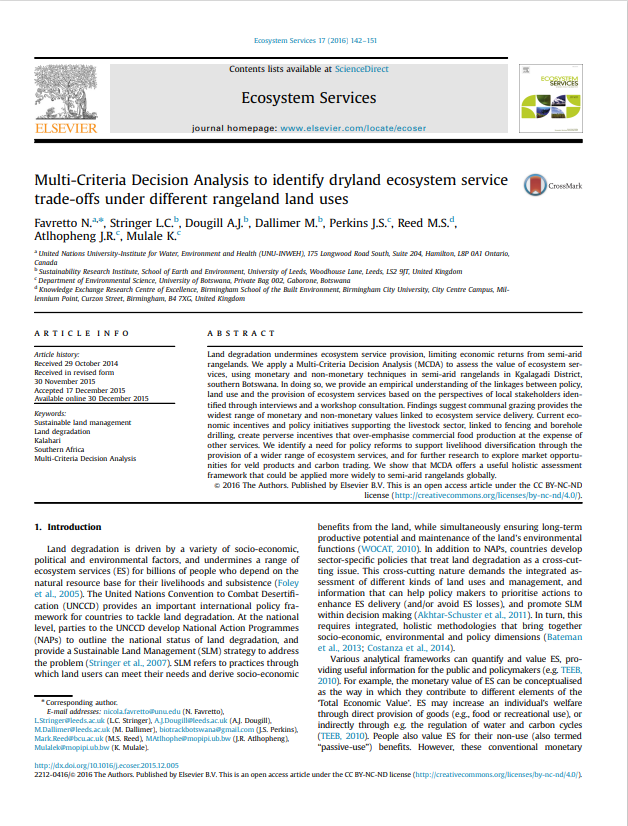
Land degradation undermines ecosystem service provision, limiting economic returns from semi-arid rangelands. We apply a Multi-Criteria Decision Analysis (MCDA) to assess the value of ecosystem services, using monetary and non-monetary techniques in semi-arid rangelands in Kgalagadi District, southern Botswana. In doing so, we provide an empirical understanding of the linkages between policy, land use and the provision of ecosystem services based on the perspectives of local stakeholders identified through interviews and a workshop consultation.
Nicola Favretto, Lindsay Stringer, Andrew Dougill, Martin Dallimer, Jeremy Perkins, Mark Reed, Julius Atlhopheng, Kutlwano Mulale, Multi-Criteria Decision Analysis to identify dryland ecosystem service trade-offs under different rangeland land uses, Ecosystem Services, Volume 17, 2016, Pages 142-151, ISSN 2212-0416, doi.org/10.1016/j.ecoser.2015.12.005.
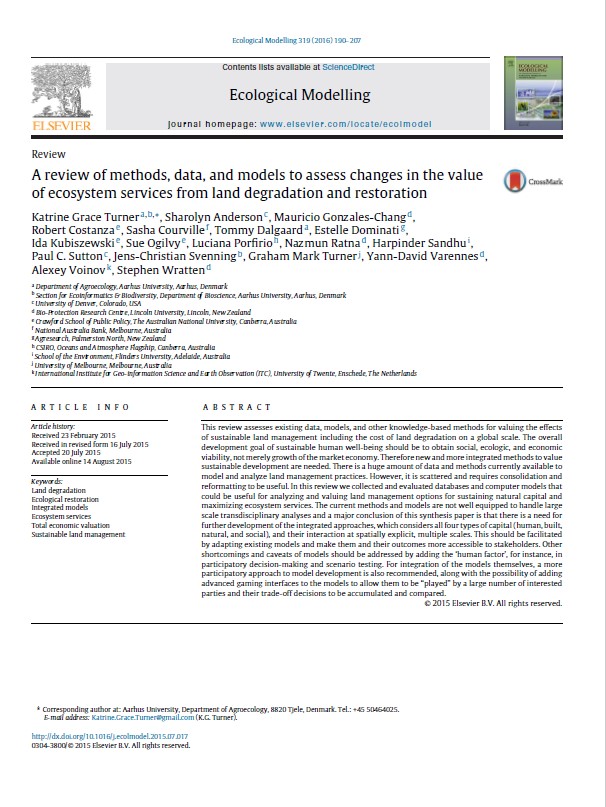
This review assesses existing data, models, and other knowledge-based methods for valuing the effects of sustainable land management including the cost of land degradation on a global scale. The overall development goal of sustainable human well-being should be to obtain social, ecologic, and economic viability, not merely growth of the market economy. Therefore new and more integrated methods to value sustainable development are needed. There is a huge amount of data and methods currently available to model and analyze land management practices. However, it is scattered and requires consolidation and reformatting to be useful. In this review we collected and evaluated databases and computer models that could be useful for analyzing and valuing land management options for sustaining natural capital and maximizing ecosystem services.
Katrine Grace Turner, Sharolyn Anderson, Mauricio Gonzales-Chang, Robert Costanza, Sasha Courville, Tommy Dalgaard, Estelle Dominati, Ida Kubiszewski, Sue Ogilvy, Luciana Porfirio, Nazmun Ratna, Harpinder Sandhu, Paul C. Sutton, Jens-Christian Svenning, Graham Mark Turner, Yann-David Varennes, Alexey Voinov, Stephen Wratten, A review of methods, data, and models to assess changes in the value of ecosystem services from land degradation and restoration, Ecological Modelling, Volume 319, 2016, Pages 190-207, ISSN 0304-3800, doi.org/10.1016/j.ecolmodel.2015.07.017.
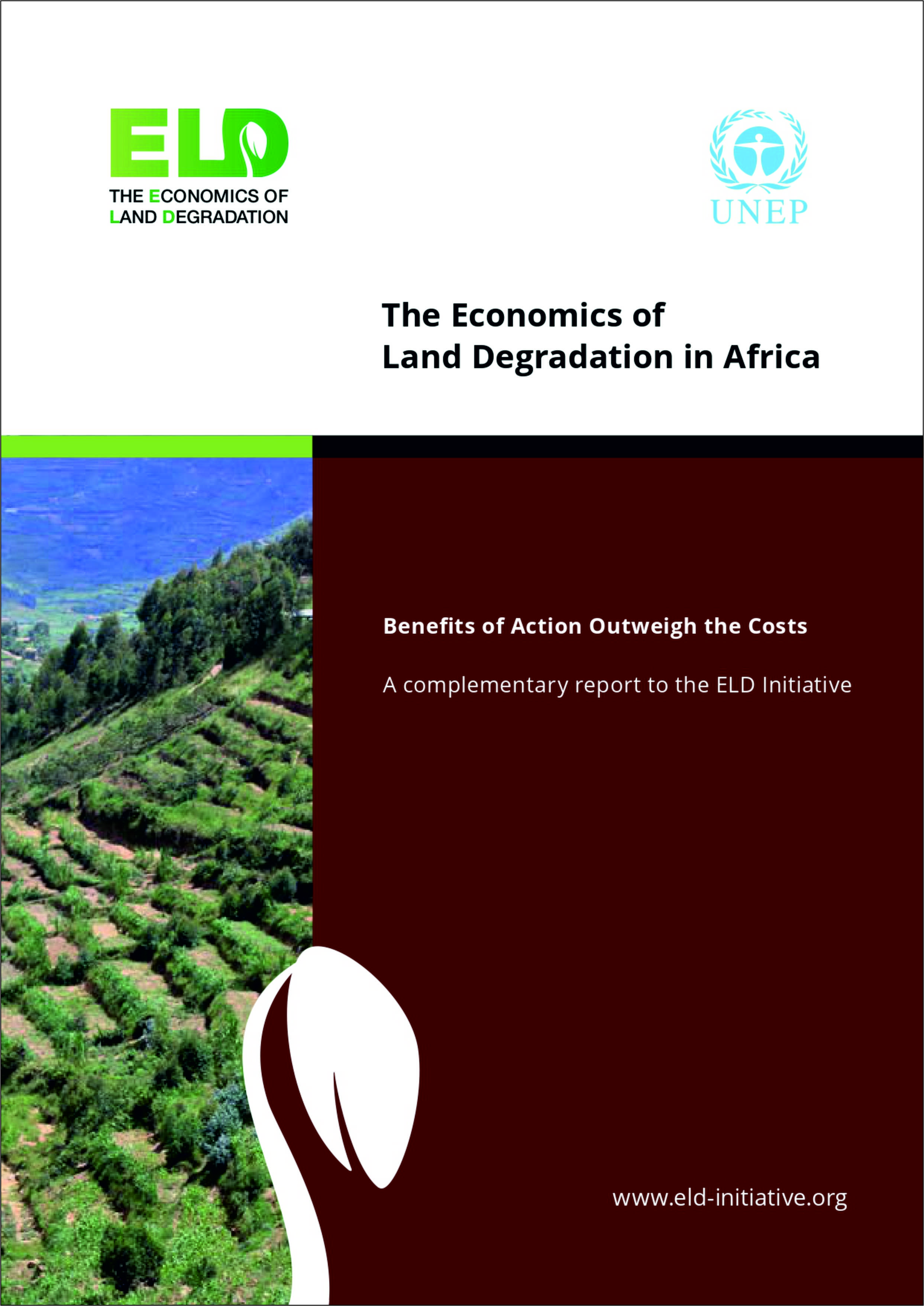
This report views regional data on the economic costs of soil erosion related to land degradation in Africa and it analyses the costs and benefits of taking action against soil-erosion-induced nutrient losses on arable lands.
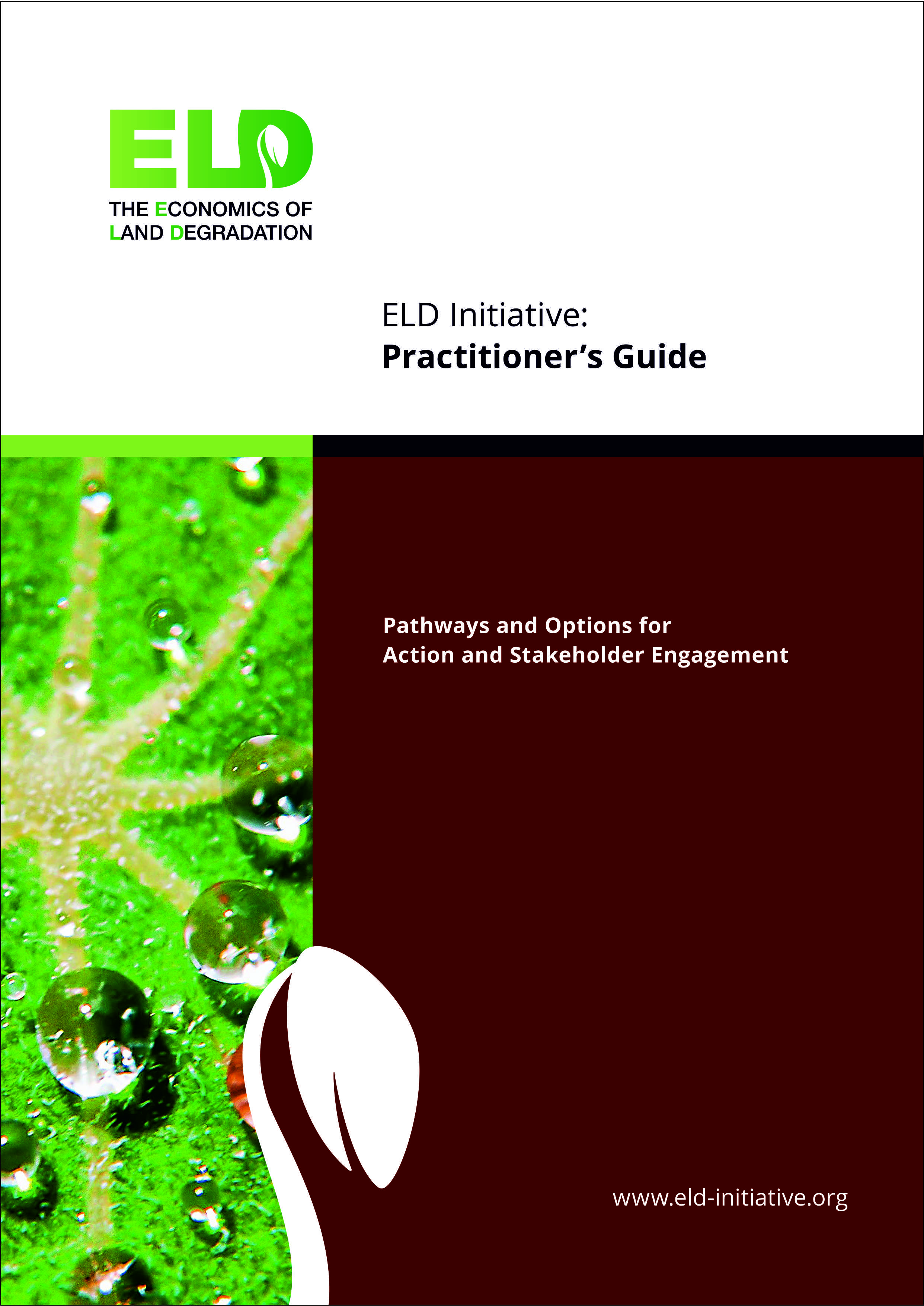
The Practitioner's Guide 2015 has been developed to facilitate engagement between stakeholders in identifying pathways to action that can help tackling and adapting to the challenges of land degradation on the ground. It is based on materials of the ELD Massive Online Open Courses (MOOC).
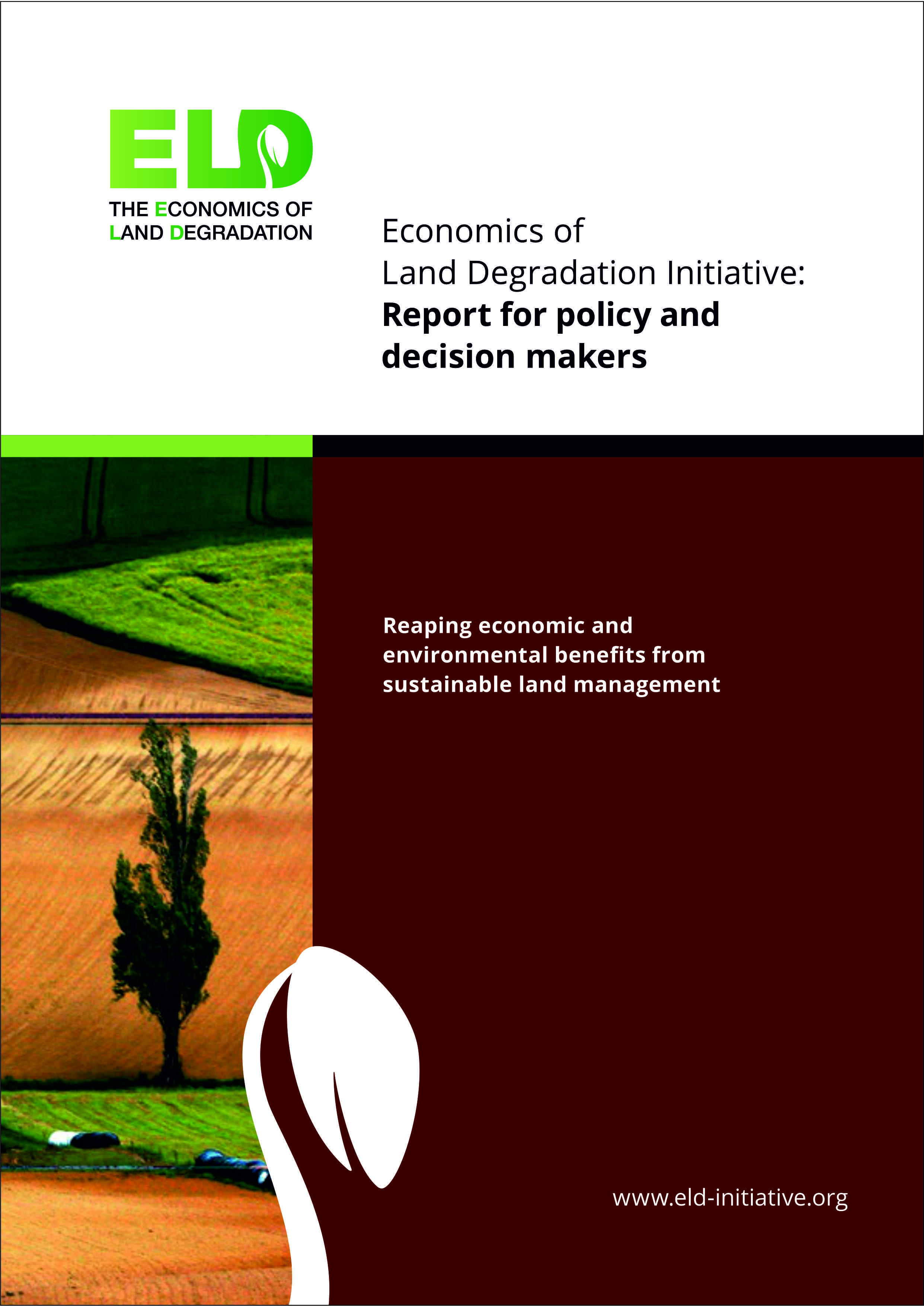
This ELD report presents tools for policy and decision-makers to promote and secure future wealth and human-wellbeing through practices of sustainable land management and demonstrates how those can contribute to society's well-being at all scales within a short period of time.
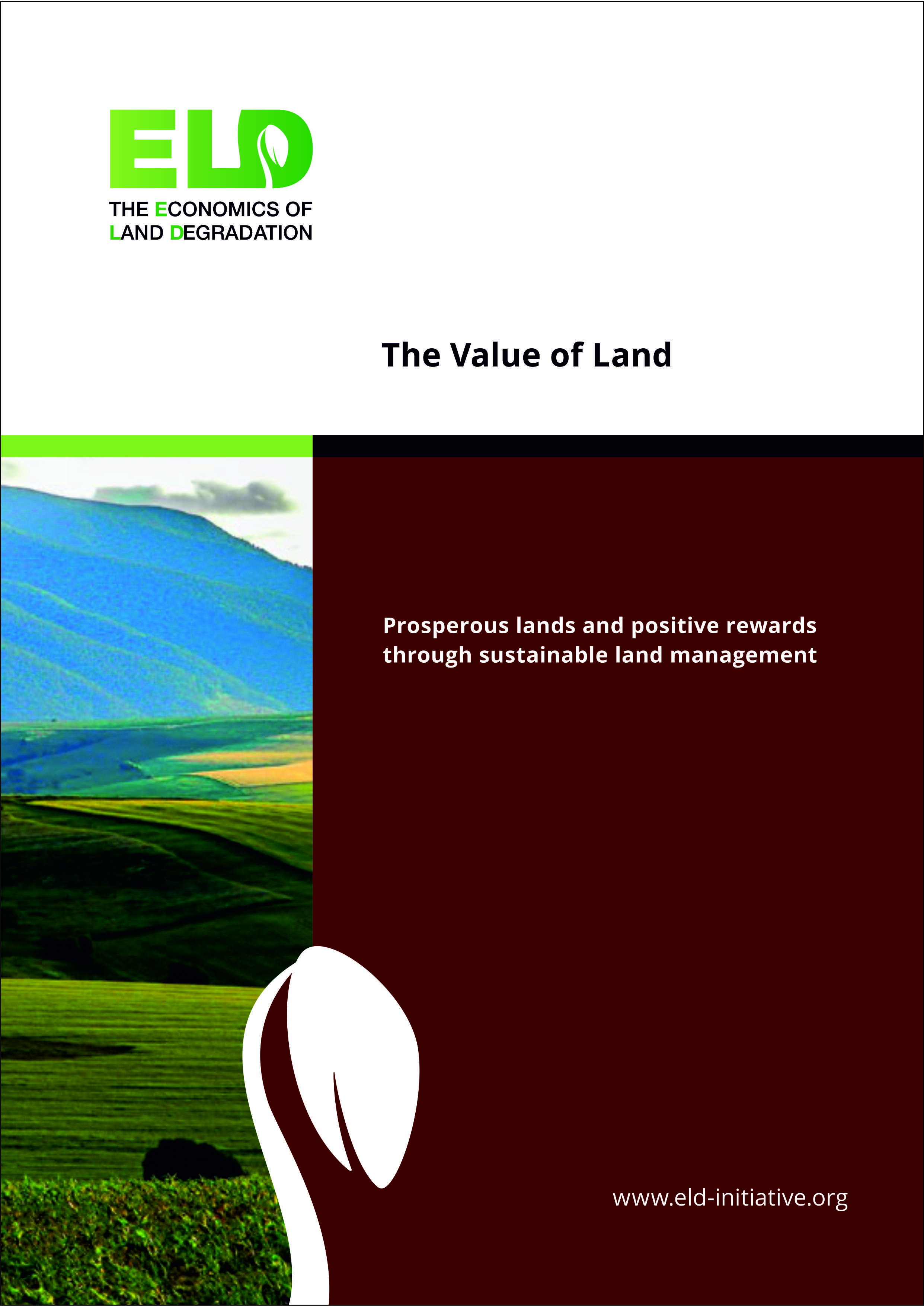
The Value of Land introduces the ELD Initiative and its 6+1 approach, highlighting the importance of valuing ecosystem services, the potential of sustainable land management to mitigate land degradation as well as pathways for stakeholders' engagement and perspectives.
Maps: Australia; Benin; Brazil; Burkina Faso; China; Ethiopia; Germany; India; Kenia; Myanmar; Philippines; SE Asia; South Africa; United States
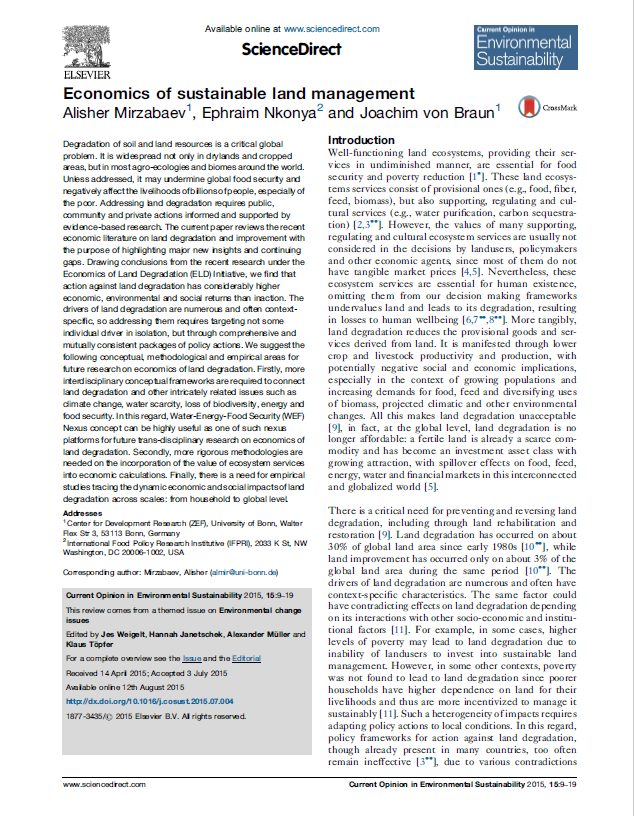
Degradation of soil and land resources is a critical global problem. It is widespread not only in drylands and cropped areas, but in most agro-ecologies and biomes around the world. Unless addressed, it may undermine global food security and negatively affect the livelihoods of billions of people, especially of the poor. Addressing land degradation requires public, community and private actions informed and supported by evidence-based research. The current paper reviews the recent economic literature on land degradation and improvement with the purpose of highlighting major new insights and continuing gaps.
Alisher Mirzabaev, Ephraim Nkonya and Joachim von Braun, Economics of sustainable land management, Current Opinion in Environmental Sustainability, Volume 15, 2015, Pages 9–19, http://dx.doi.org/10.1016/j.cosust.2015.07.004.
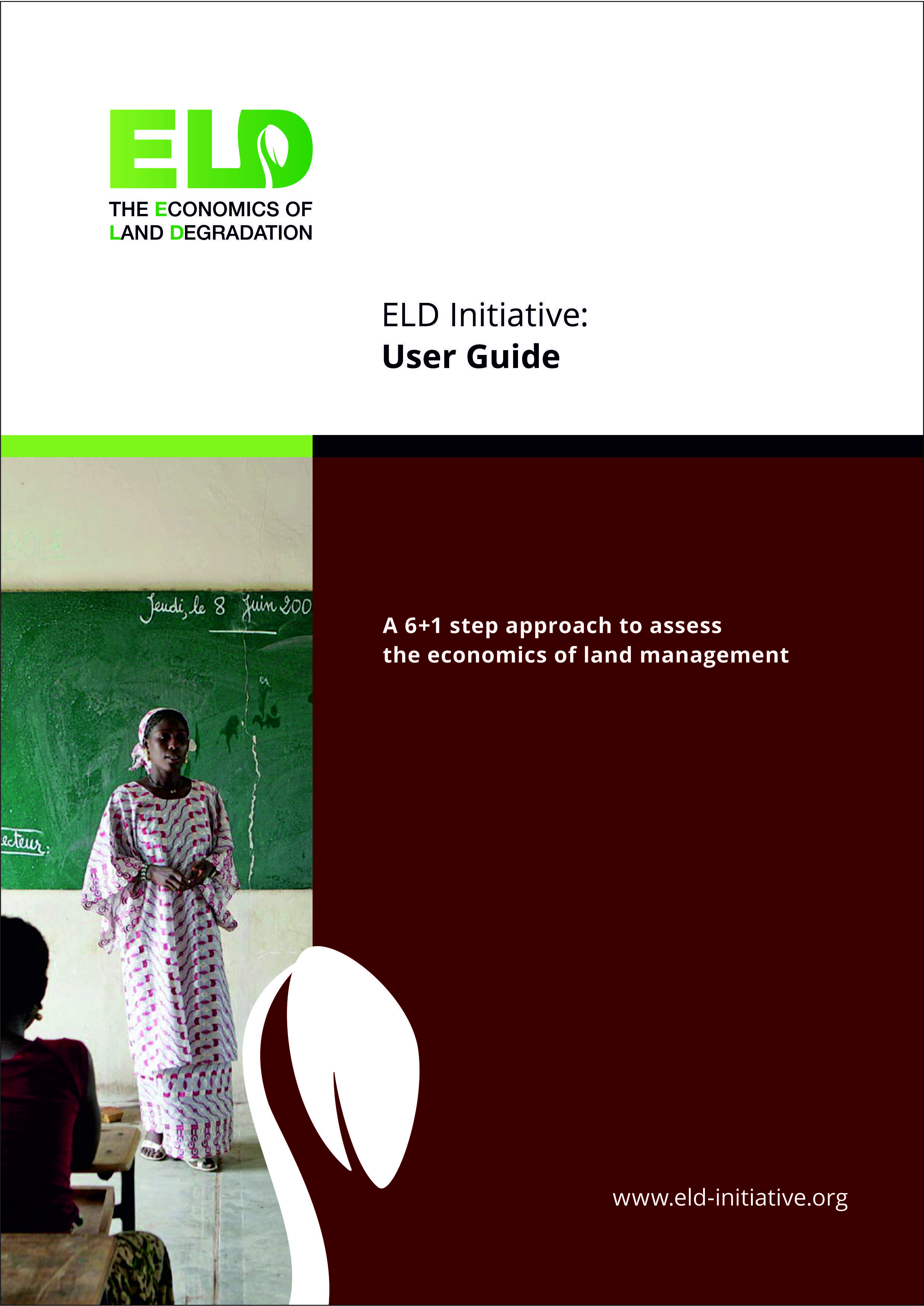
This document serves as an instructional and guiding text for stakeholders interested in performing cost-benefit analyses for sustainable land management options using the ELD Initiative 6+1 approach, including examples from the initiative and its partners to demonstrate each part of the process.
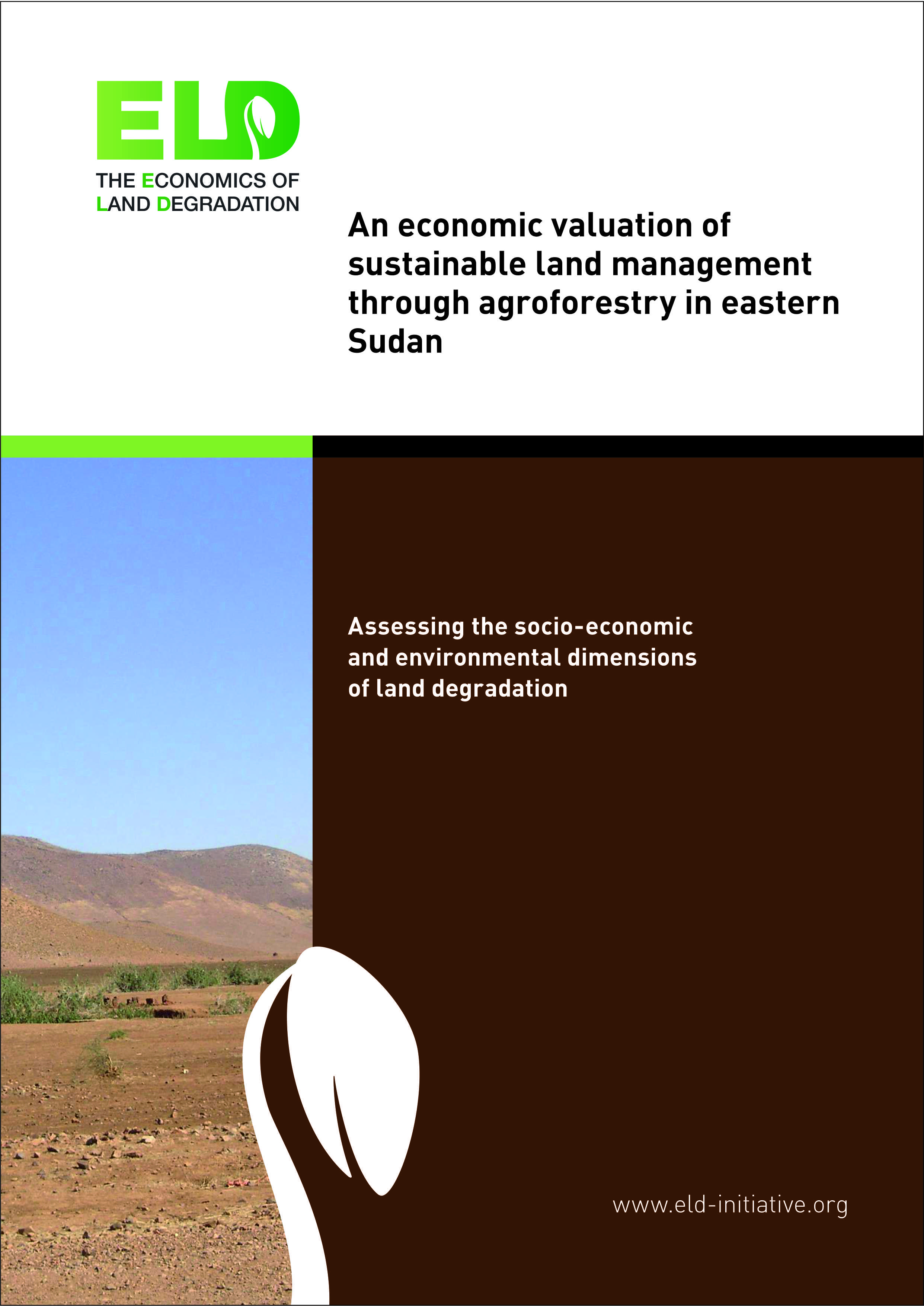
The study conducted in Eastern Sudan investigated the impact of adopting an integrated sustainable land use and forest restoration on land degradation and livelihoods of the farmers in the research area, Gedaref State.
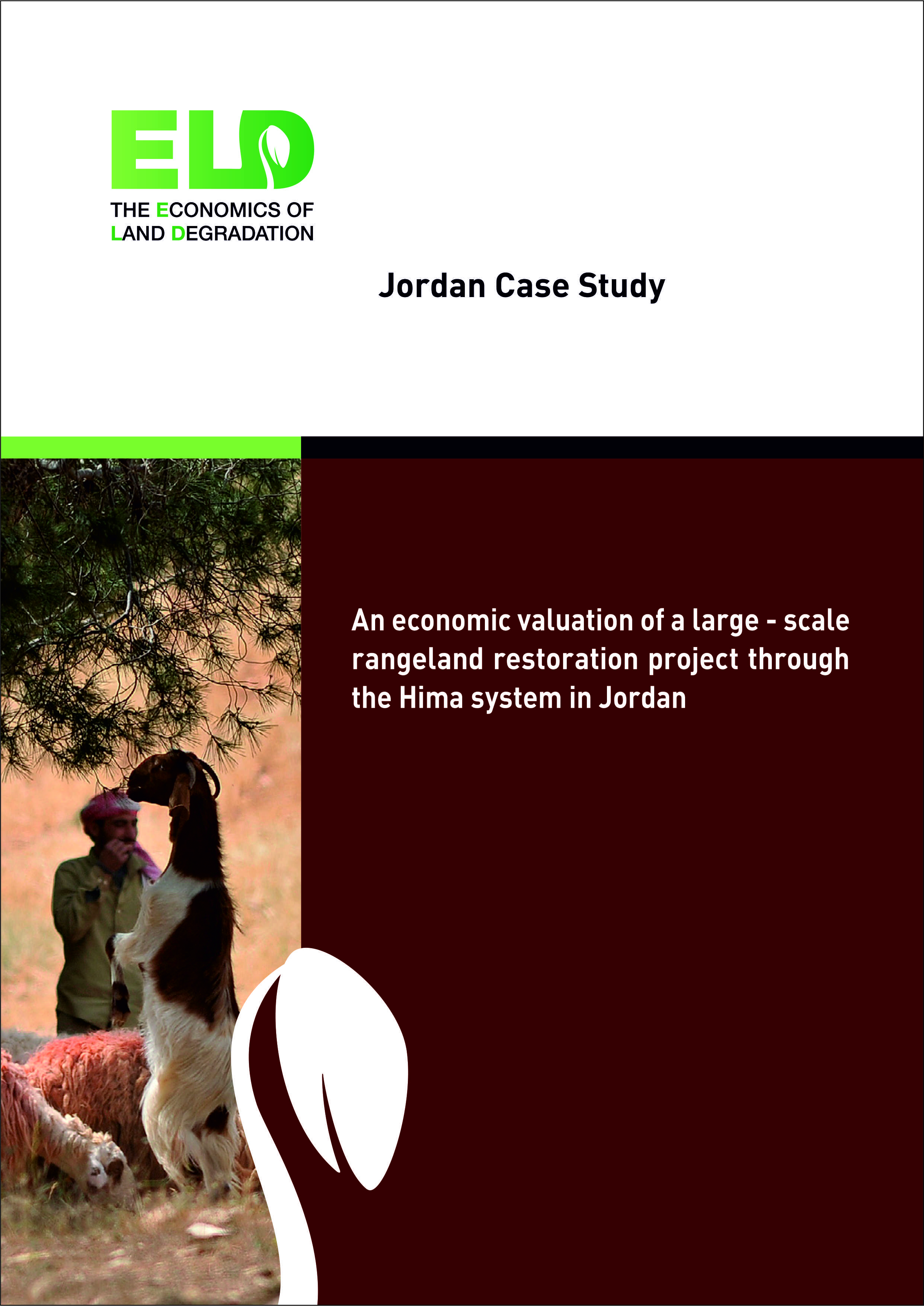
This ELD paper presents an ex-ante cost-benefit analysis of large-scale rangeland restoration through the 'Al-Hima' land management system within the Zarqa River Basin in Jordan, building on the experience of a pilot initiative by IUCN and the Jordanian Ministry of Agriculture.
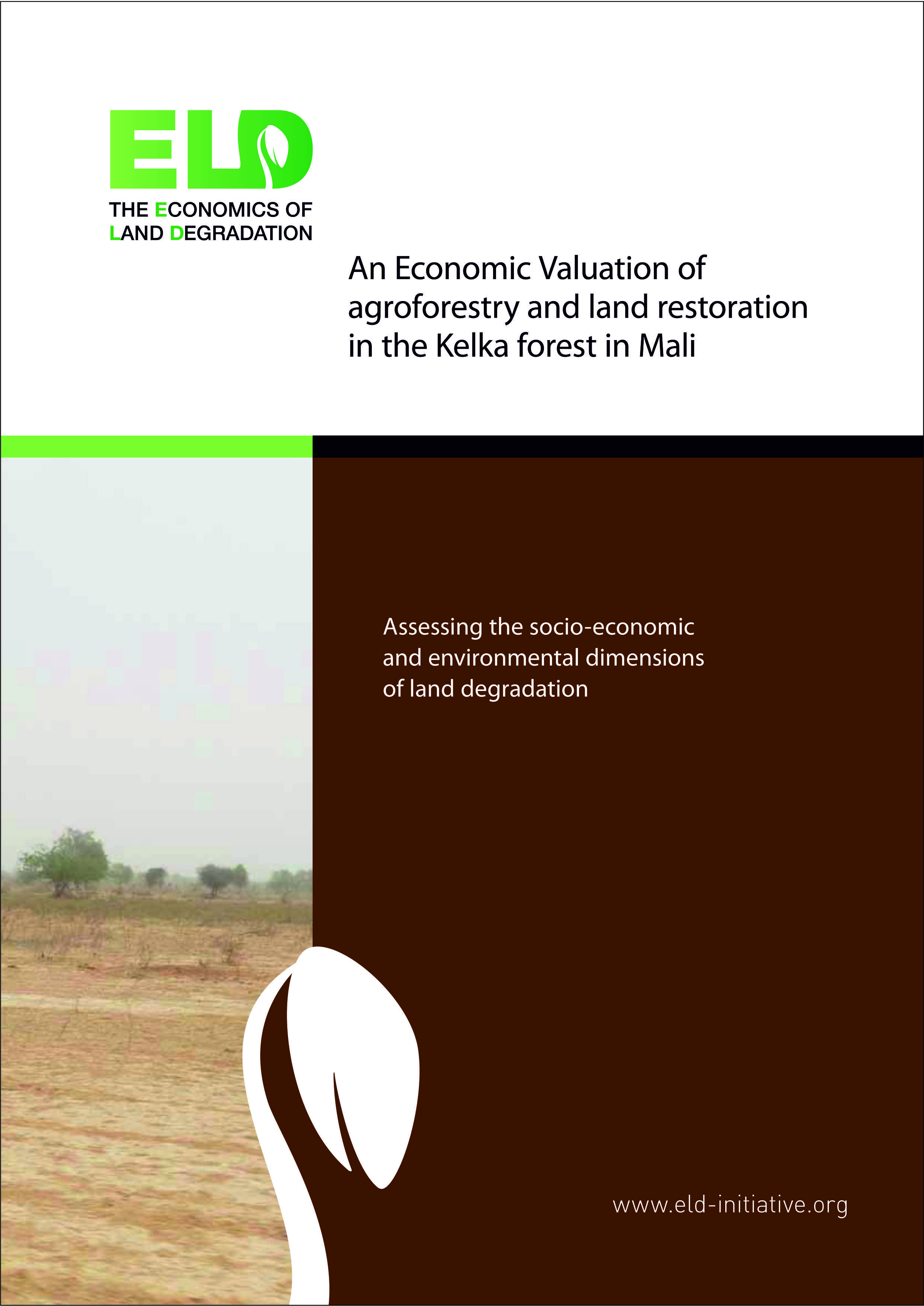
The Mali case study uses an ex-ante cost-benefit analysis of large-scale agroforestry and reforestation in the Kelka forest to provide decision-makers with information about the value and importance of changing current land use practices towards more sustainable approaches.
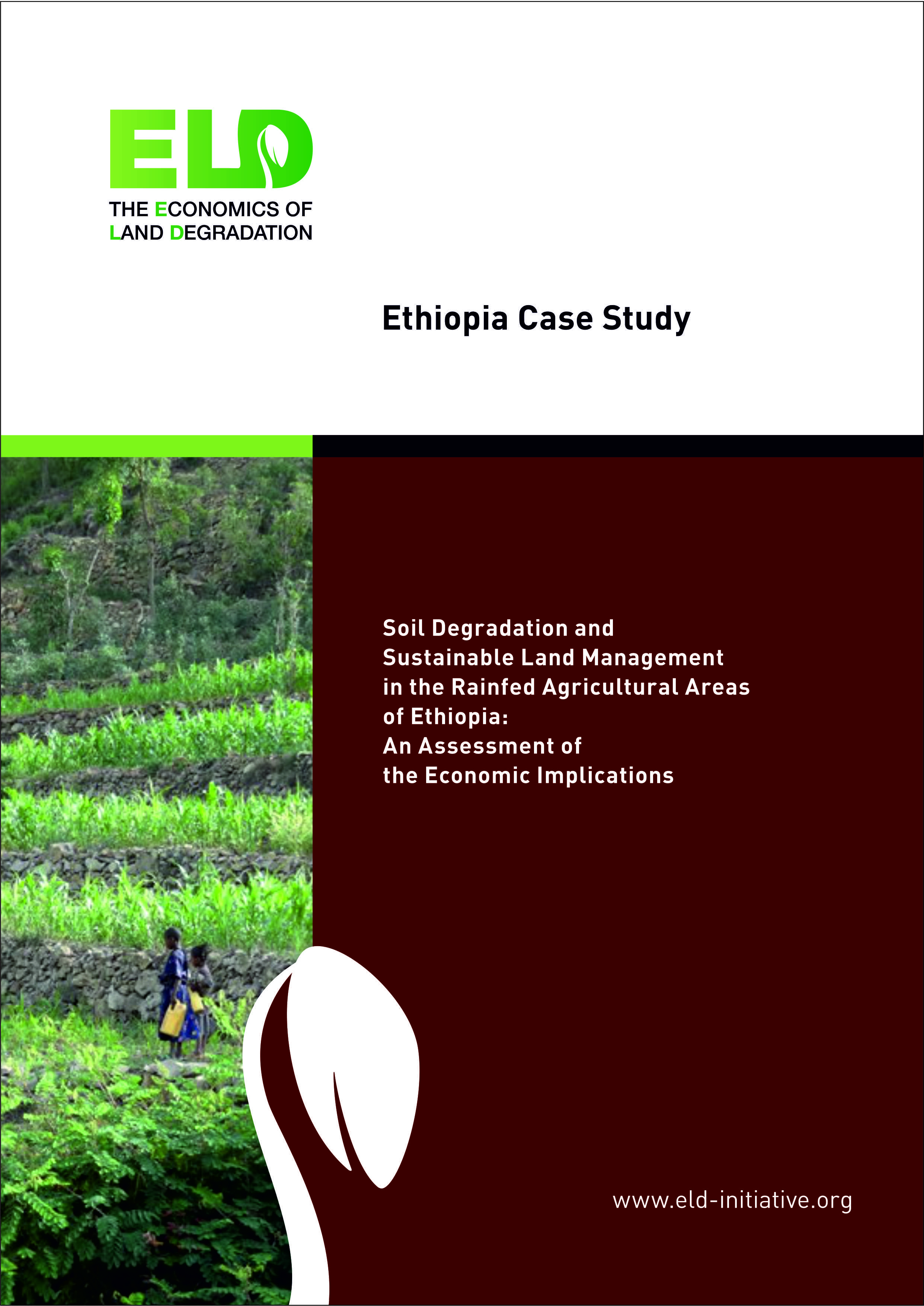
The Ethiopian case study provides an assessment of the extent of land degradation, particularly land erosion by water, and the costs and benefits of sustainable land management measures with a focus on areas under rainfed cultivation.
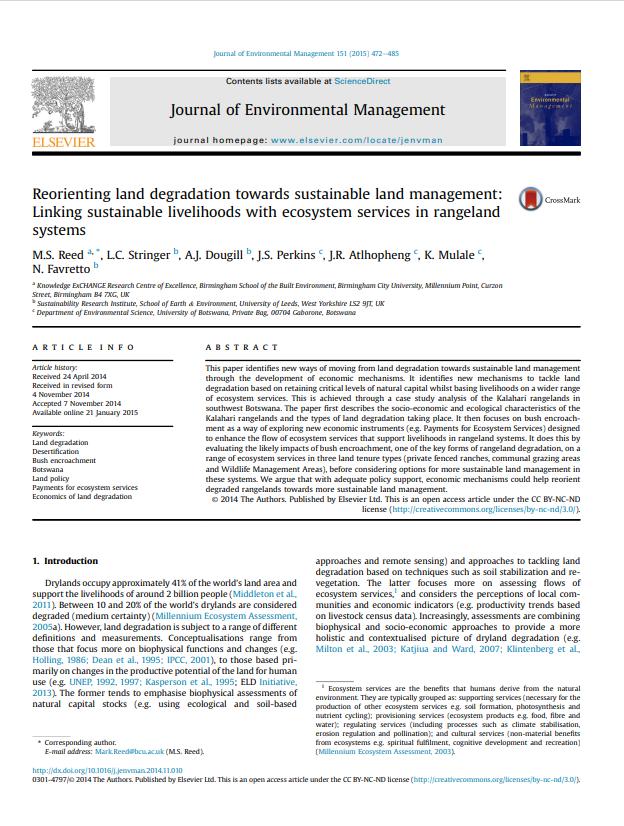
This paper identifies new ways of moving from land degradation towards sustainable land management through the development of economic mechanisms. It identifies new mechanisms to tackle land degradation based on retaining critical levels of natural capital whilst basing livelihoods on a wider range of ecosystem services. This is achieved through a case study analysis of the Kalahari rangelands in southwest Botswana. The paper first describes the socio-economic and ecological characteristics of the Kalahari rangelands and the types of land degradation taking place. It then focuses on bush encroachment as a way of exploring new economic instruments (e.g. Payments for Ecosystem Services) designed to enhance the flow of ecosystem services that support livelihoods in rangeland systems.
Mark Reed, Lindsay Stringer, Andrew Dougill, Jeremy Perkins, Julius Atlhopheng, Kutlwano Mulale, Nicola Favretto, Reorienting land degradation towards sustainable land management: Linking sustainable livelihoods with ecosystem services in rangeland system, Journal of Environmental Management, Volume 151, 2015, Pages 472-485.
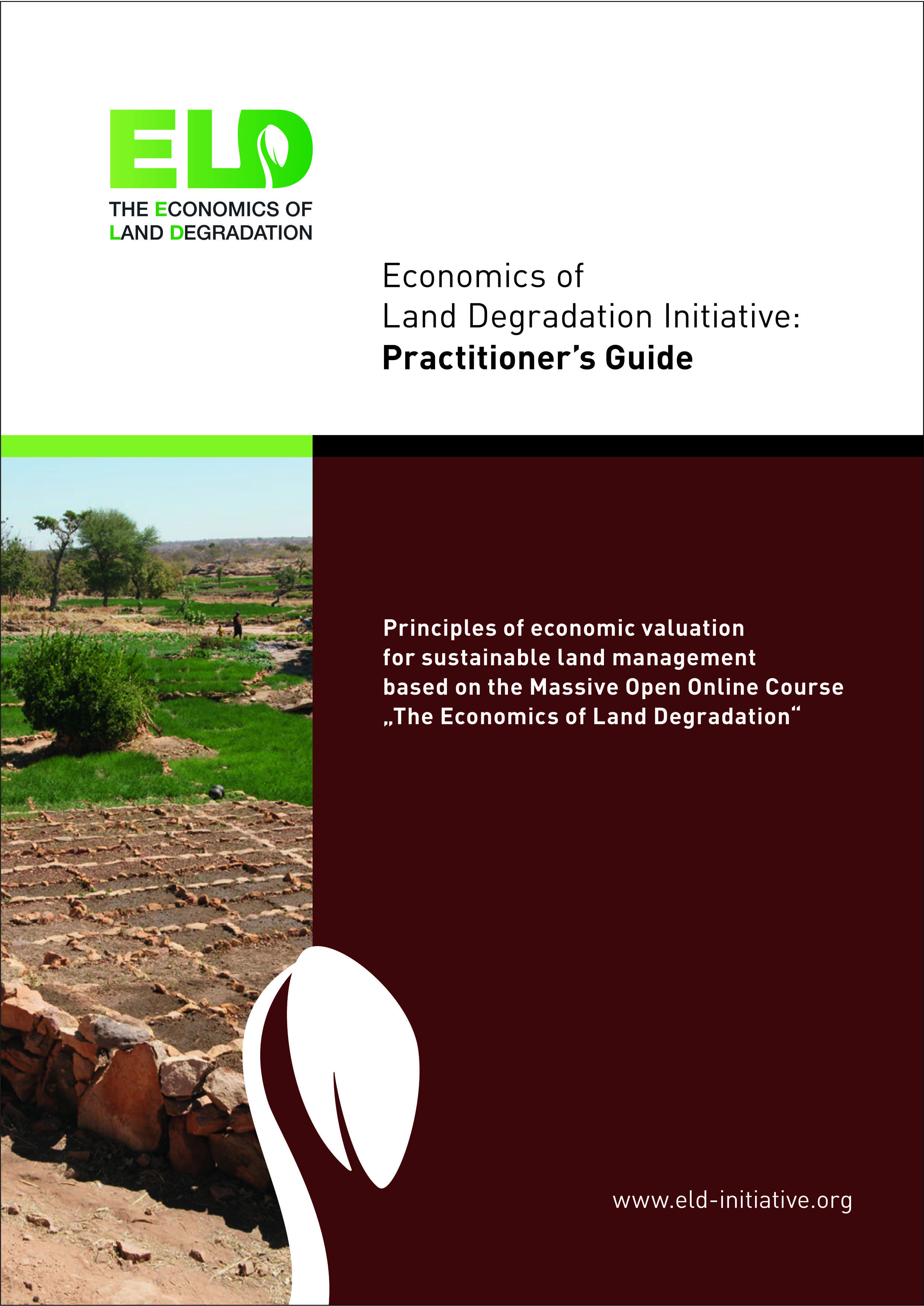
This guide reaches out to provide decision-makers, among others managers, NGOs, and farmers, with the required skills, to make an economic case for preventing or reversing land degradation and adopting more sustainable land management practices.
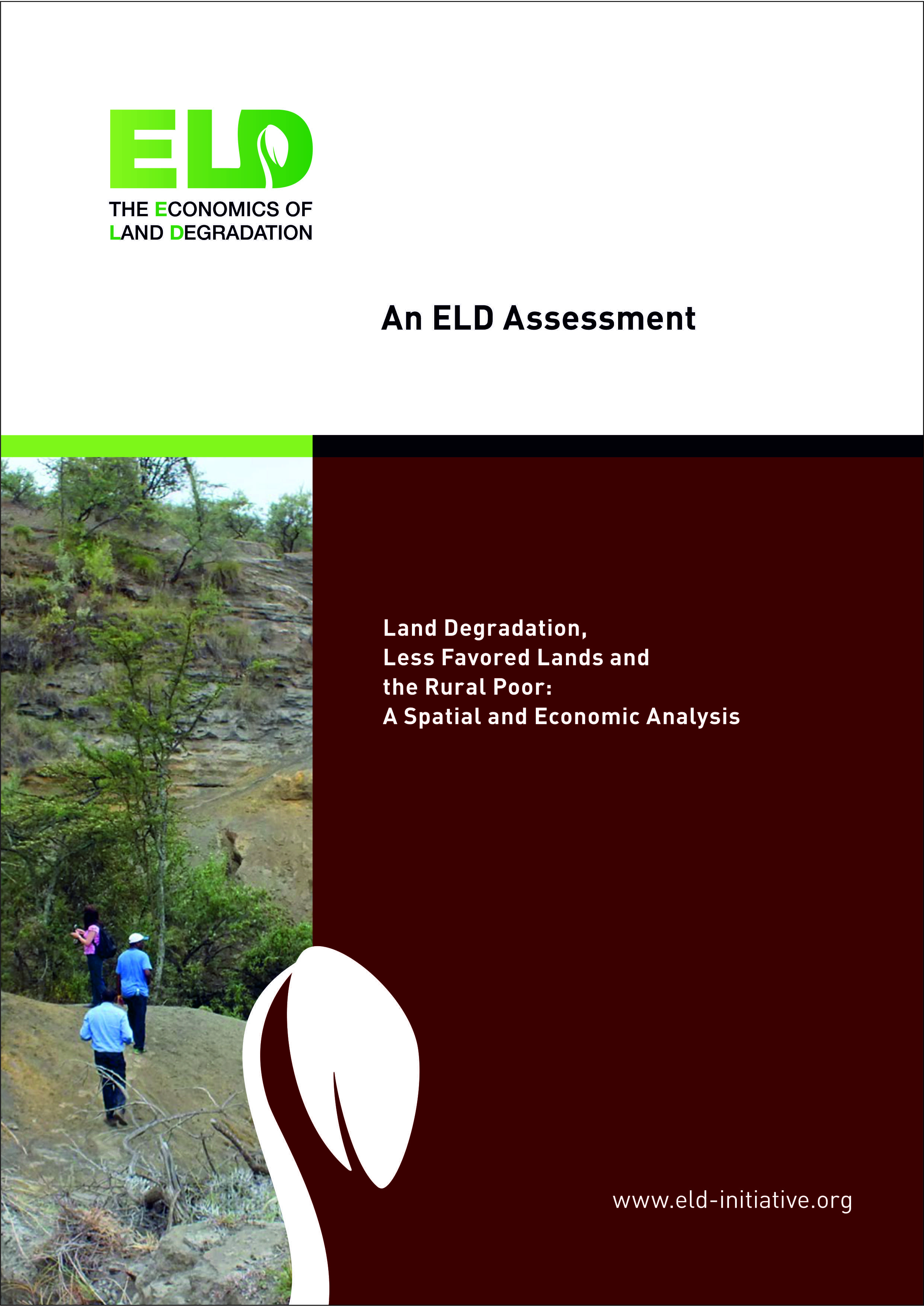
This study addresses the determination of the spatial distribution of the global rural population on less favored agricultural land and areas as well as on degrading and improving the land. Additionally, it looks at how these distributions affect poverty in developing countries.
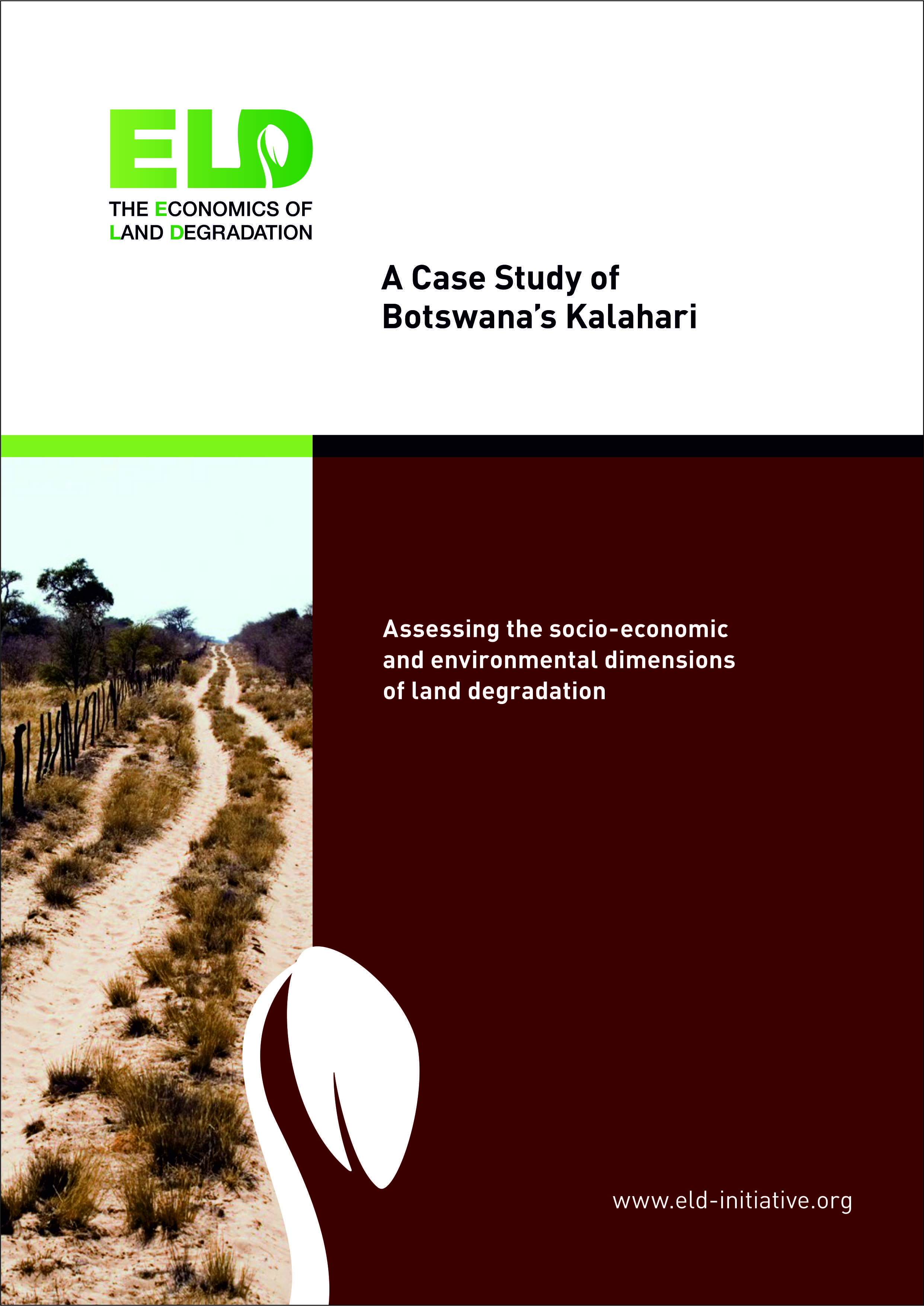
This report identifies key rangeland ecosystem services in Botswana's Kgalagadi District and assesses the costs and trade-offs associated with them. A Multi-Criteria Decision Analysis is used to rank alternative land use options.
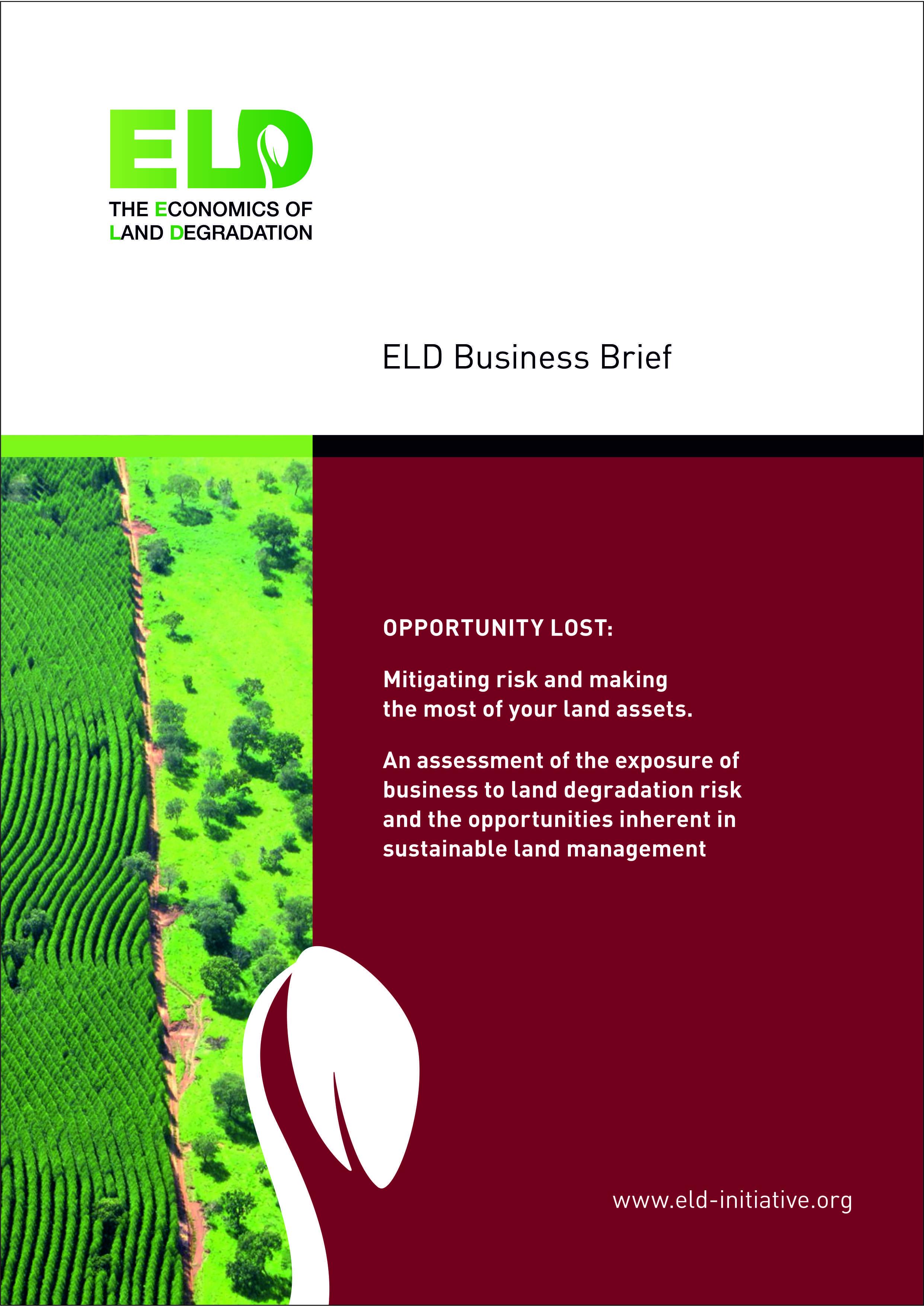
The ELD Business Brief evaluates the risk of land degradation for various industry sectors and discusses the impacts of land degradation on businesses. Additionally, the document highlights a number of successful business cases turning land degradation into business opportunities.
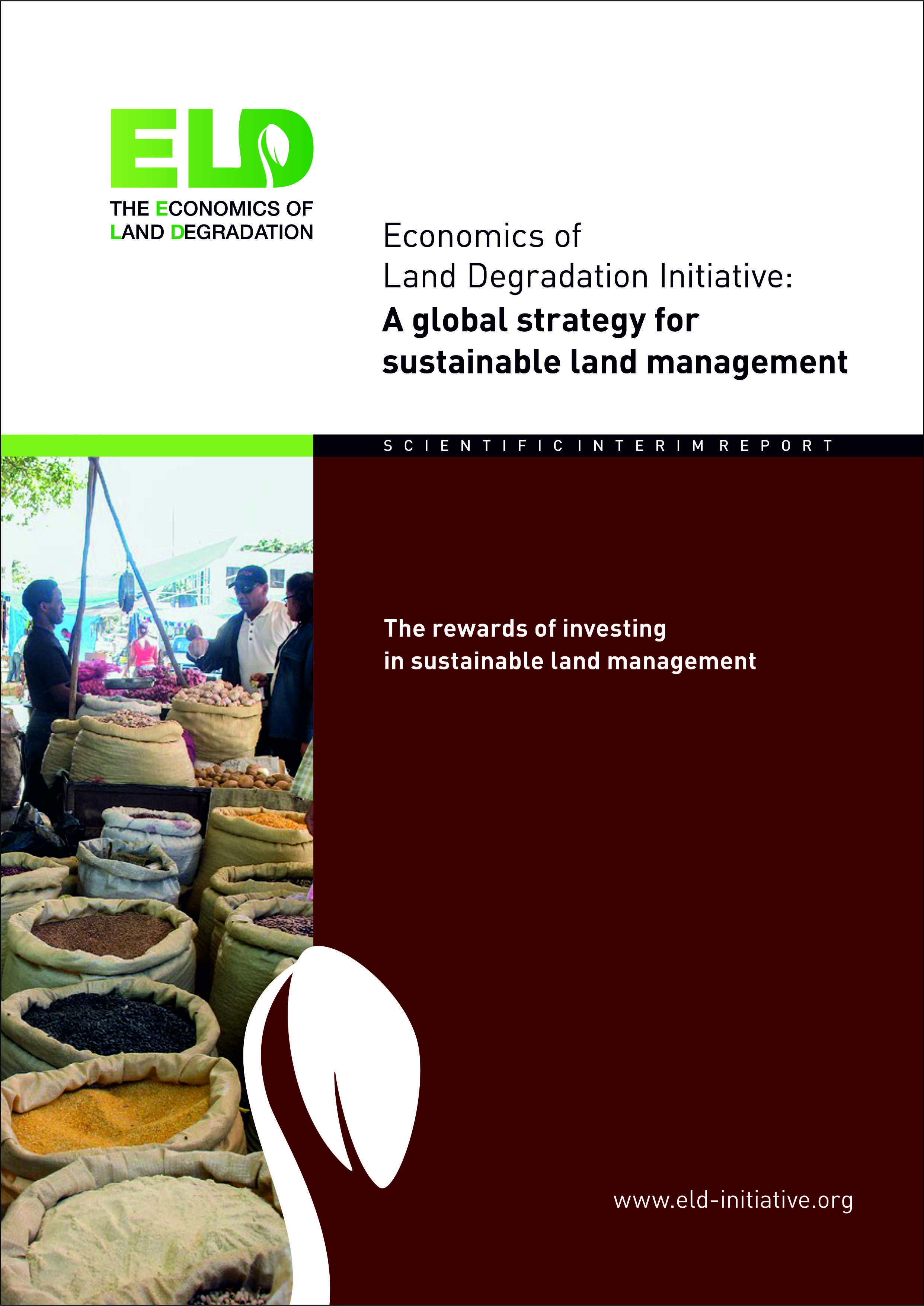
This interim report is a reflection of scientific work that has been synthesized and analyzed building on earlier studies and ELD contributions in the context of the work of UNCCD.
